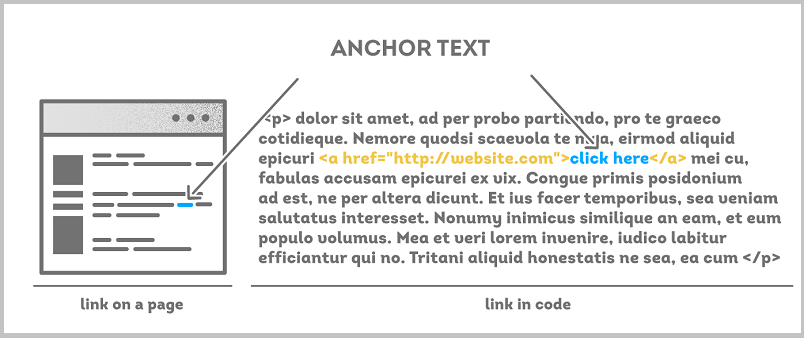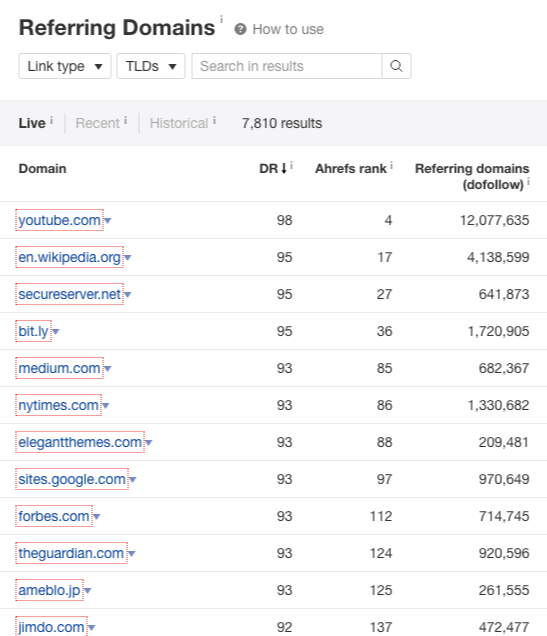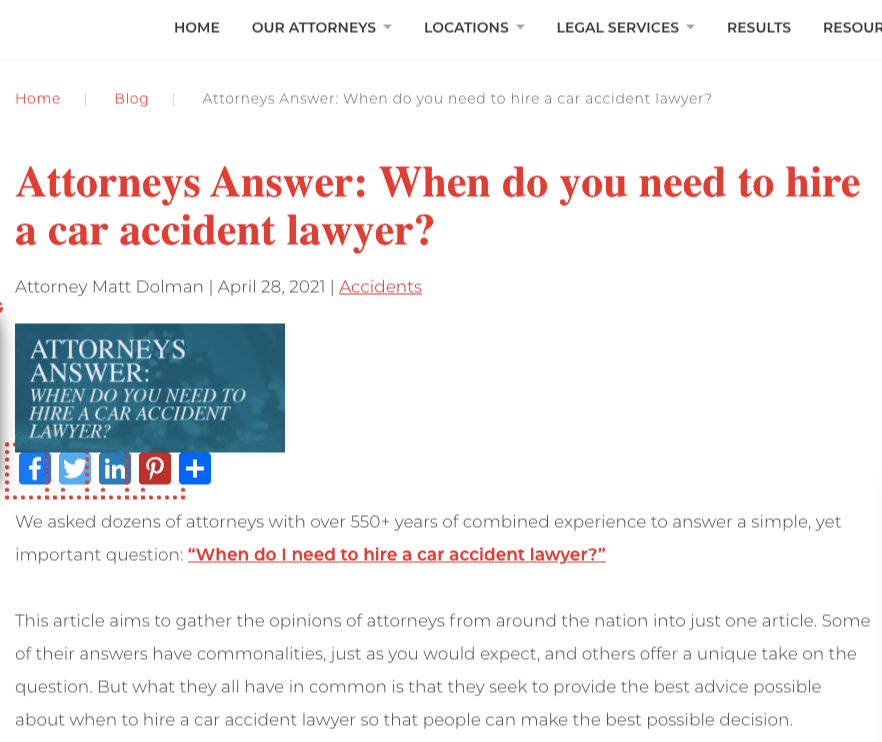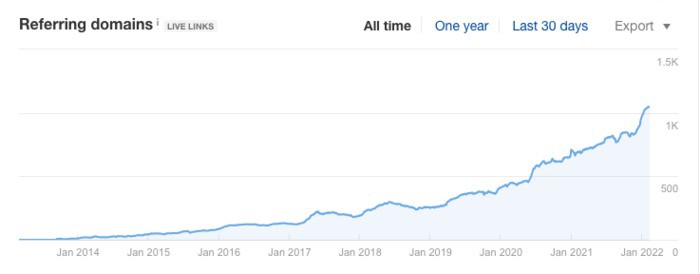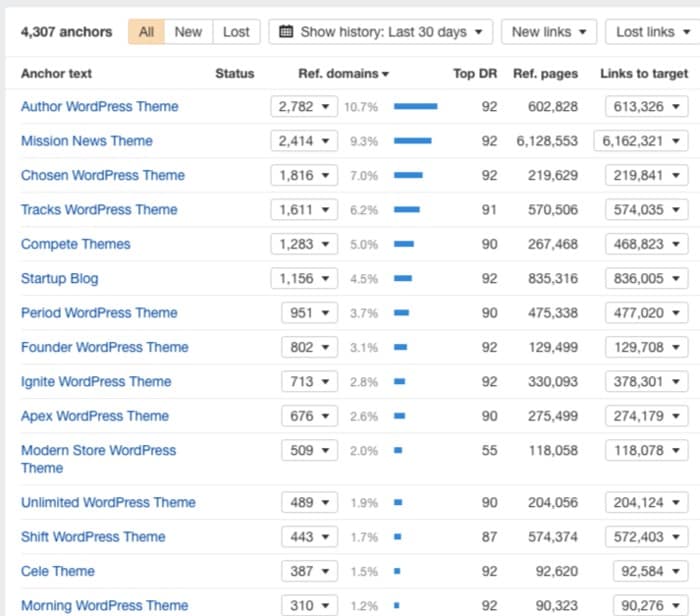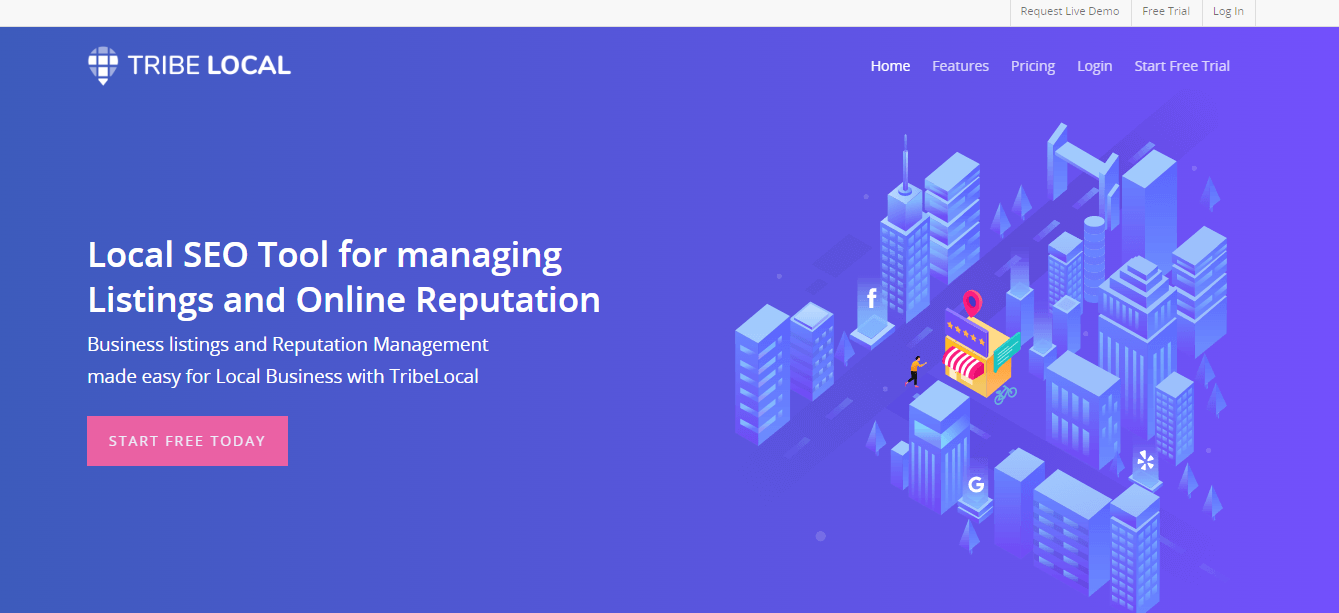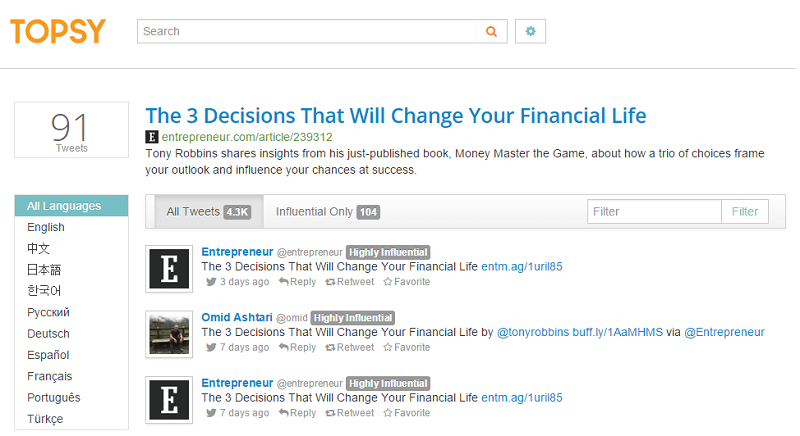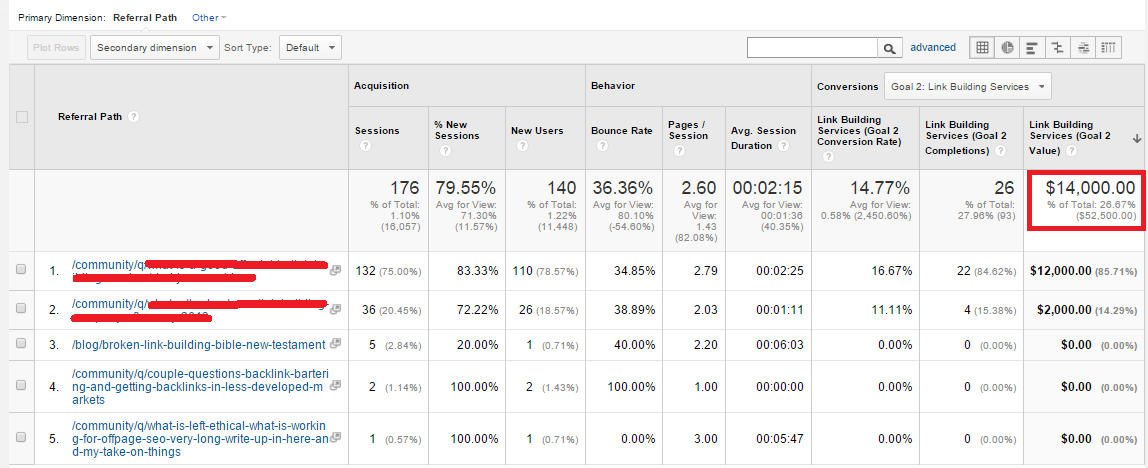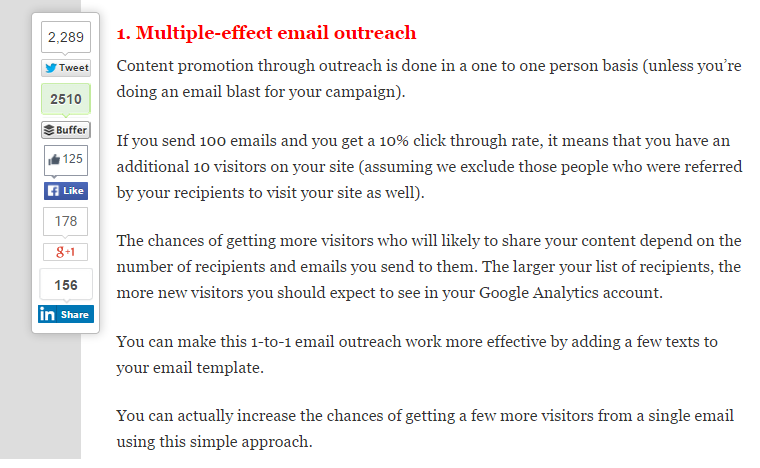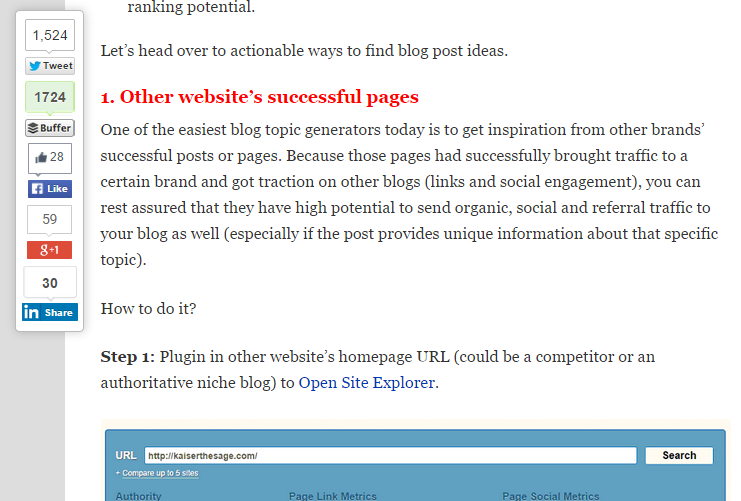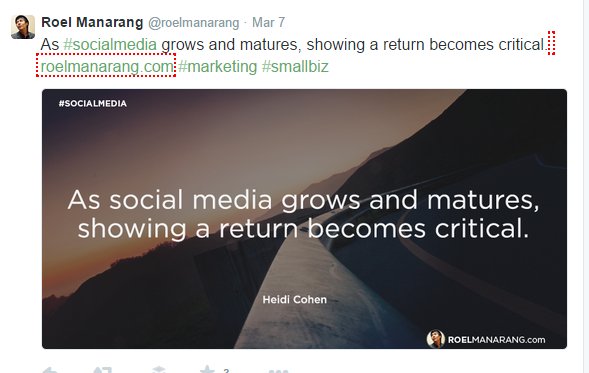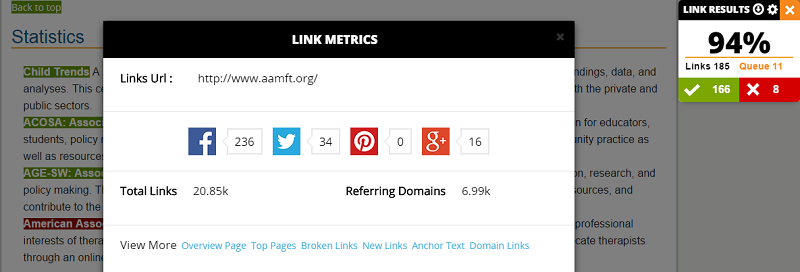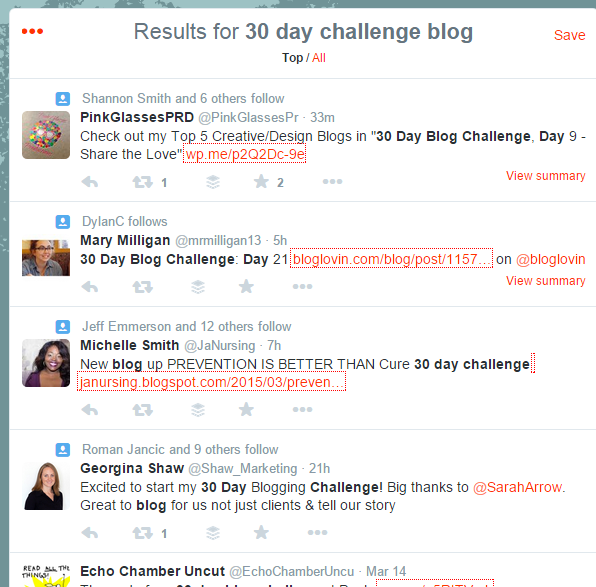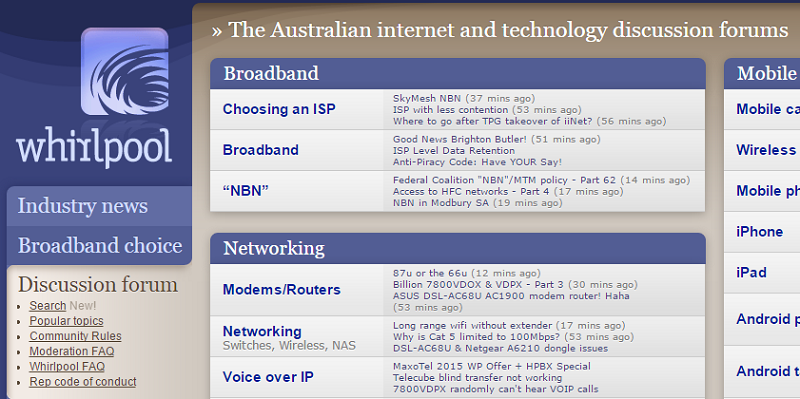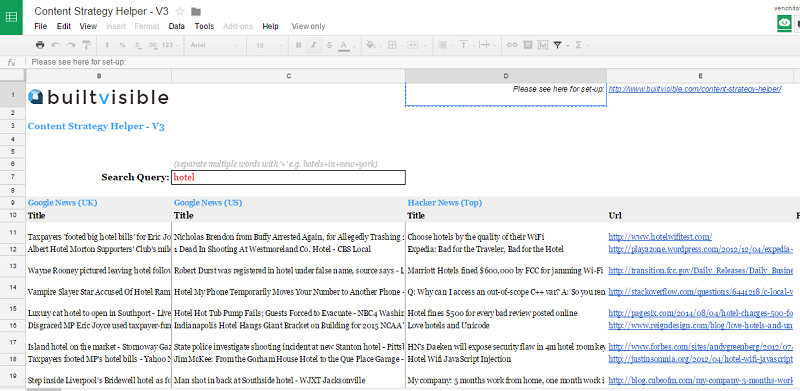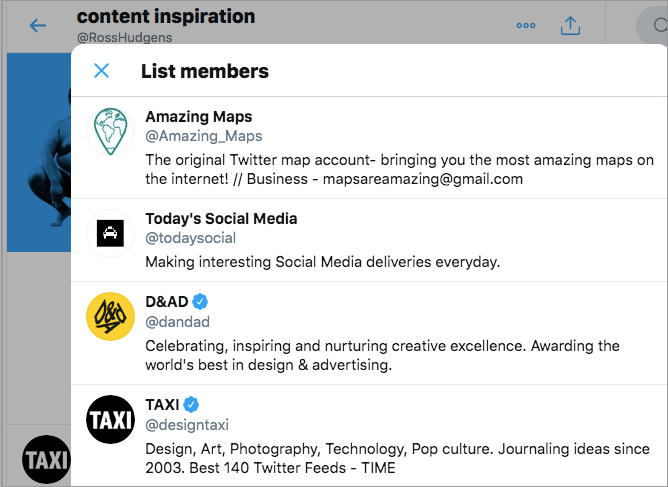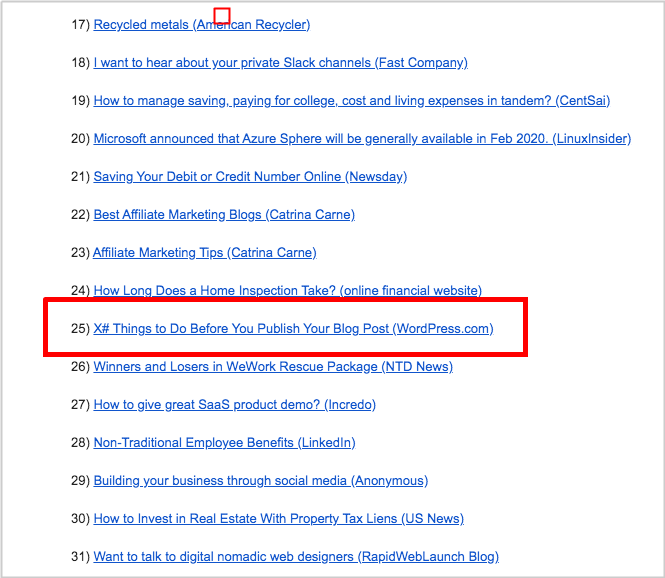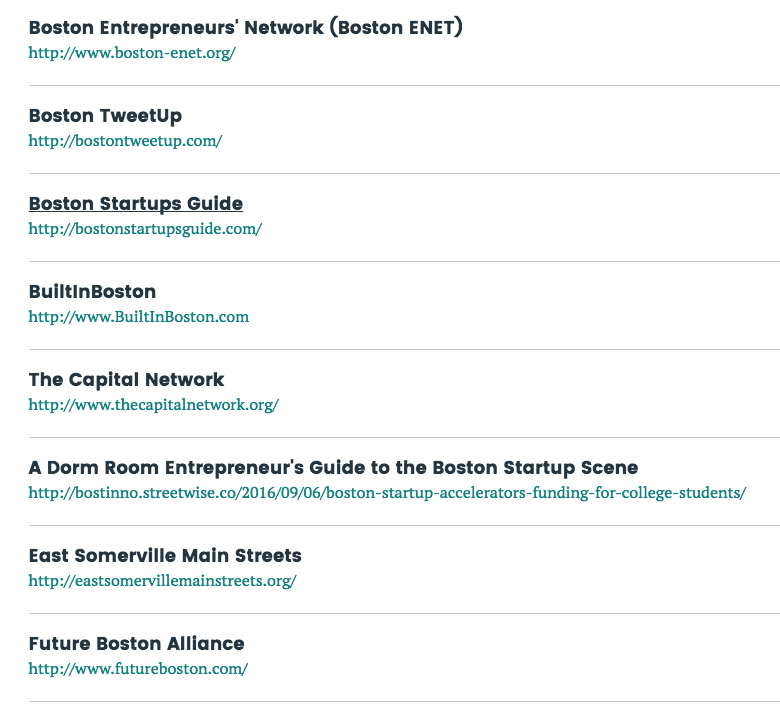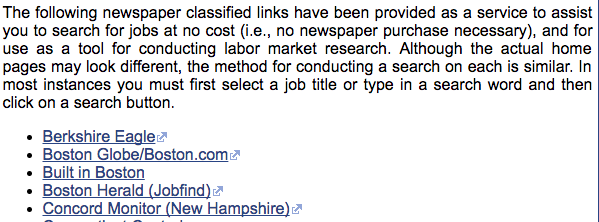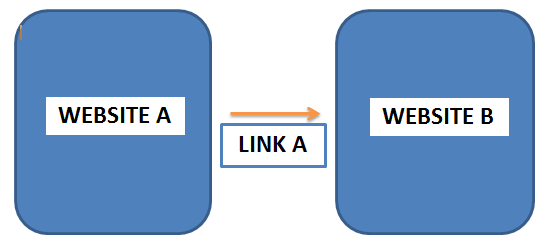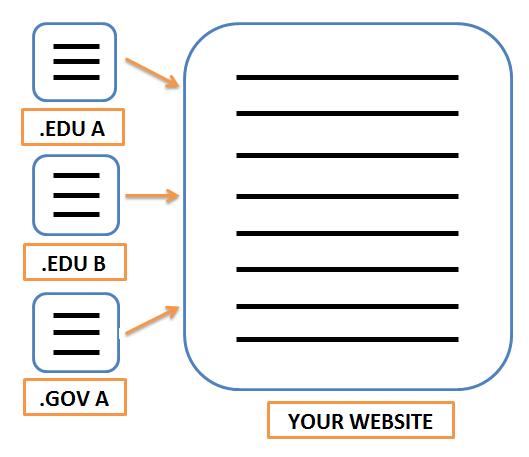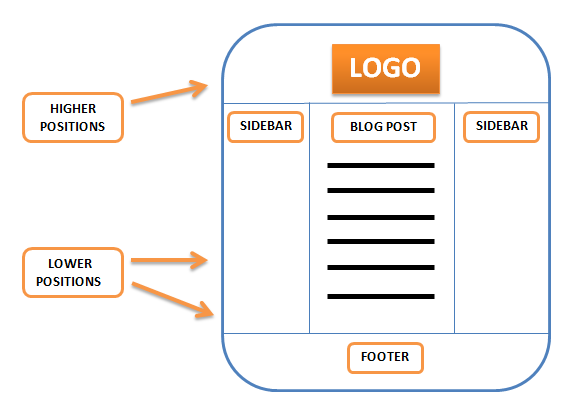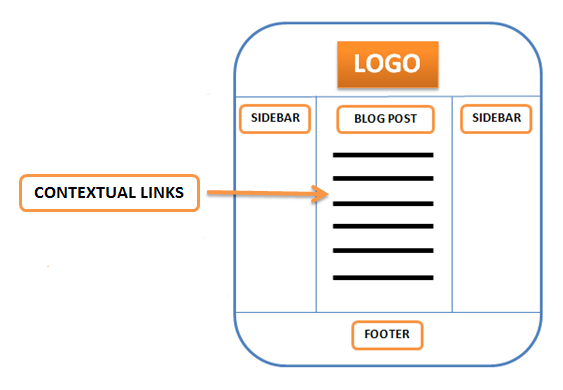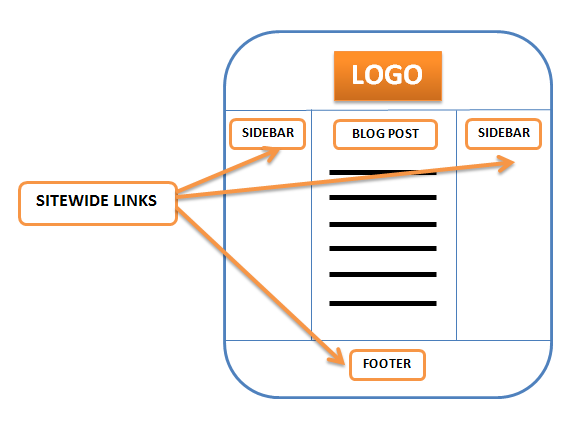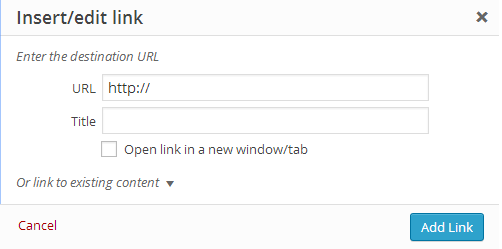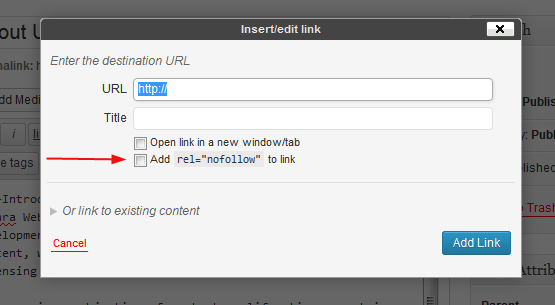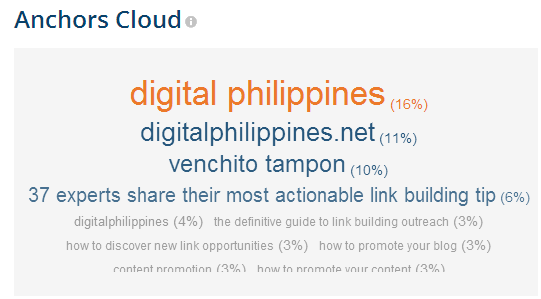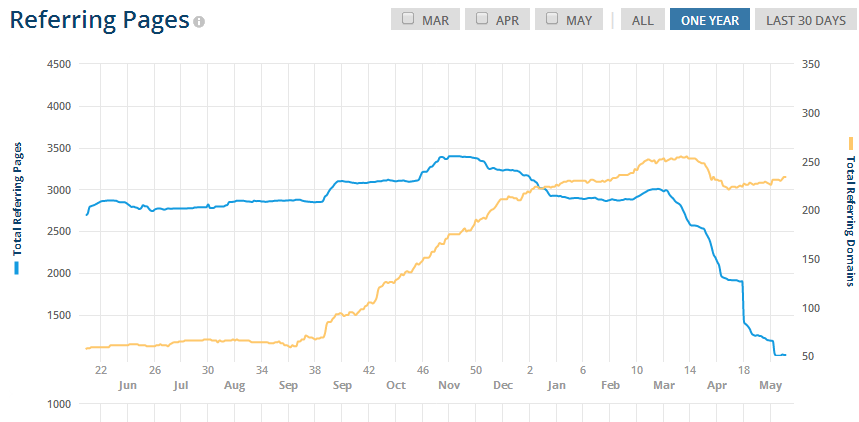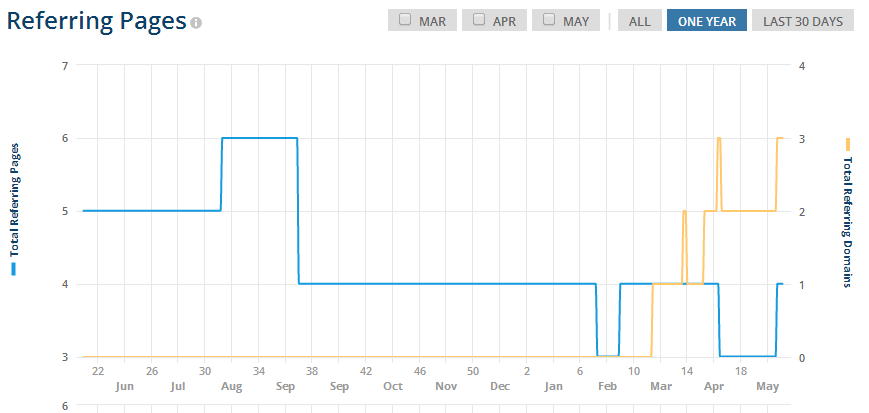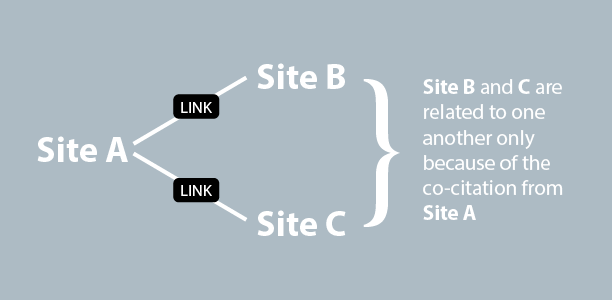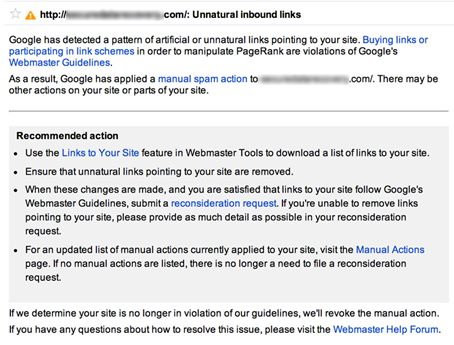Anchor Text: The Definitive Guide
What is an anchor text?
An anchor text is a clickable text that appears as a hyperlink and links to a web page. It tells search engines what the linked page is about, and its usage is an important factor in SEO. Anchor texts should be descriptive and relevant to the linked page's content to help users and search engines understand the page better.
This is an anchor text guide for beginners and advanced SEO and link-building practitioners.
What are the types of anchor texts?
The types of anchor texts are exact-match, partial-match, branded, naked link, generic, and images.
SEO-friendly anchor text is that which clearly describes the linked-to page's content and context, and the surrounding content should provide additional context. It is recommended to use various anchor text types to appear natural to both users and search engines. Remember that excessively using exact-match or other manipulative types can lead to penalties by search engines.
To simplify things, let’s say I want to rank for the term, “link building” and I’m publishing a post for another link building blog with a link to my web page.
If I’d use these types of anchor text, here’s what the link with each type of anchor text looks like.
Exact match anchors – the anchor text is the target keyword you’re trying to rank for.
I’ve shared at SharpRocket a post about link building that includes all actionable tips you need to get quality backlinks for your website.
Partial match anchors – the anchor text contains the target keyword or keyphrase you’re trying to rank for.
I’ve shared at SharpRocket a post about actionable link building tips you need to get quality backlinks for your website.
Branded anchor text – the anchor text is the name of the brand.
I’ve shared at SharpRocket a post about link building that includes all actionable tips you need to get quality backlinks for your website.
Naked URLs anchors – the anchor text is not a word or phrase but the URL of the page or domain itself.
I’ve shared at SharpRocket a post about actionable link building tips. See it here: URL
Descriptive anchors – the anchor text is a description of what the page or URL is all about, it may or may not include the target keyword.
This post at SharpRocket explains what link building is all about and 101 link building tips that includes the exact step by step processes to apply each of those tips.
Generic anchors – the anchor text is a generic phrase that does not include the target keyword.
I’ve shared at SharpRocket a post about link building that includes all actionable tips you need to get quality backlinks for your website. If you want to check it out, click here.
LSI anchors - the anchor text is a synonym or related word or phrase of the target keyword you’re trying to rank for.
I’ve shared at SharpRocket a post about off-page SEO that includes all actionable tips you need to get quality backlinks for your website.
Image anchors – the anchor text is the alt text of the image.

Google Penguin in 2012 and 2023 Forward
Before the Google Penguin update, websites could build massive article directories and guest post links with ~100% exact match anchor texts. This was not a problem for SEOs as they can automate everything, from prospecting link opportunities to putting these links into their desired pages, not considering the relevance between linking pages.
Private blog networks weren’t a big option for link builders then, too, since the usual massive spammy link building tactics were already enough to get website ranking results.
But then Google Penguin came in 2012, which affected websites in different industries. As you can see in the image below, it shows a few statistics of niche websites that were hit back then.
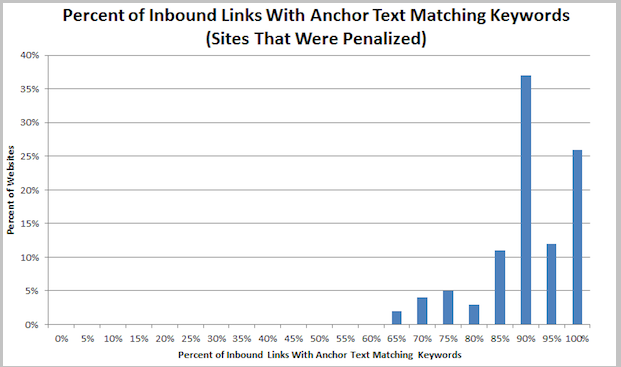
Anchor Text Usage
Anchor text usage on all inbound links is one factor Google considers in determining if a page should be penalized and demoted in its organic rankings.
Aggressive anchor text or too much exact match anchor text on all inbound links for a certain page isn’t a normal activity to think about. Websites with all backlinks with more than 50% exact match anchor texts, “payday loans” for example, are questionable to be natural in their backlinking method.
Source Website
Google’s Gary Ilyes has been tweeted/asked questions on Penguin 4.0 since its launch last September 23, 2016. One point he made is how Google Penguin targets a specific page. He clarified that it’s not just about the link, but rather the “source site” where the link comes from is what they also consider.
Questionable or penalized websites have much more risks to give to you when acquiring links.
To ensure you’re only building high-quality sites, check out the site’s organic traffic data if the linking site has a history of organic drop. This organic drop is a possible sign of Google penalties.
SEMRush can aid you with this task, so have someone check the site’s estimated organic data.
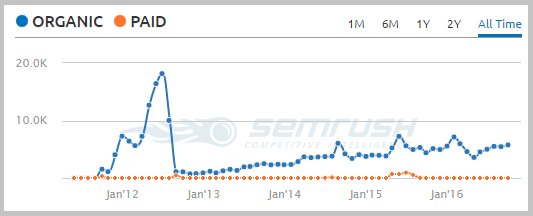
More Granular
The granular attack of Penguin on pages that need to be demoted in its rankings isn’t any newer to the search engine optimization community (in Penguin 2.0, it seemed to be on page-level and keyword-level concerns already). The only thing that becomes clearer here is the word “more”, which we should all consider as we work on the website’s link acquisition campaigns.
It’s just that Google considers page-to-page or a few website parts as its consideration for penalties. In that sense, you shouldn’t be confident enough to think that the spammy link building tactics you are doing right now won’t hurt your website’s health in the future.
More Google Penguin 4.0 Resources:
9 Anchor Text Optimization Best Practices
1. Avoid Acquiring Backlinks With Too Many Exact Match Anchors
I’ve worked with a lot of SEO agencies and digital marketing agencies all over the world, catering to 100+ clients throughout my SEO corporate experience, and there’s one thing people are still confused about:
Are exact match anchors good for my rankings?
When you answer them “YES” right away, they’ll defend you with their “NO”s and just tell you to use generic anchor texts, like click here and go to this site, because they think this is the best anchor text strategy.
Wrong.
Exact match anchor texts aren’t bad at all.
Ryan Stewart had an interesting short case study of how he could rank for Miami SEO after he published a guest post on Ahrefs with the exact match anchor text: “Miami SEO”.
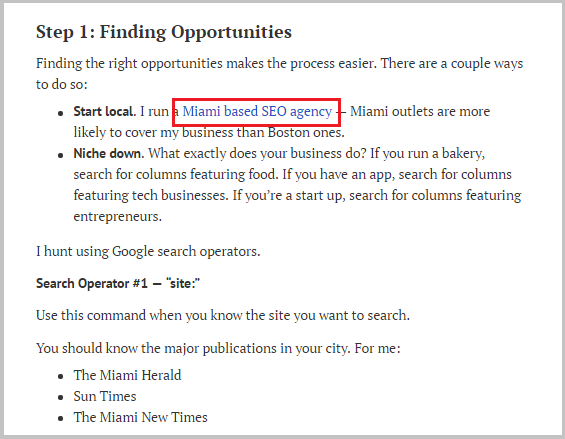
You don’t have to consider the anchor text distribution percentage in your backlink profile - say 3 or 5 percent.
You can test for yourself building one or two backlinks to your page with an exact match anchor text.
Don’t be afraid. Your site won’t get penalized with 1 or 2 backlinks. After all, if you have hundreds or thousands of backlinks, those 2 exact match anchor text links account for less than 1%.
Check how the site will react to those two backlinks and see what movements your page will take you (e.g. from position 40 to position 12). You’ll then also see how tight the competition is for the target keyword you’re trying to rank for.
2. Focus on Various Link Types
It’s so easy to be stuck with the idea of anchor text ratios. While running other SEO activities like technical audit, content creation, and outreach, you still have to think about establishing a natural backlink profile.
Instead of getting a headache with that issue, focus on the link type. After all, why must you create a list of anchor texts with exact/estimated percentages if you’re aiming for a natural link profile?
That itself is unnatural.
A natural link profile is composed of backlinks with different link types.
Here are some examples of different link types.
1. Community-based link
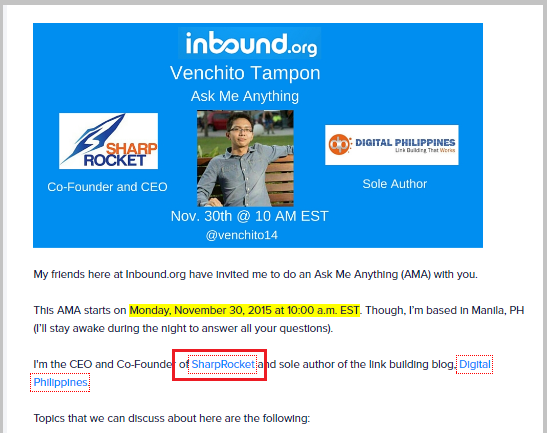
2. Referential link
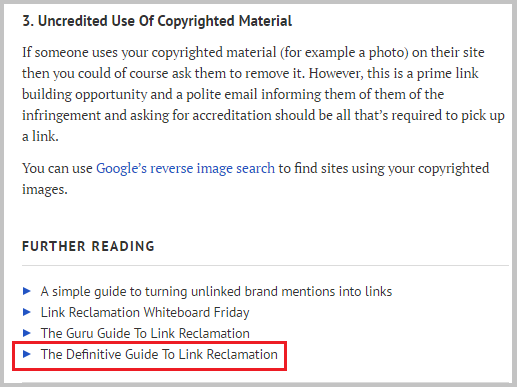
3. Blog comment link
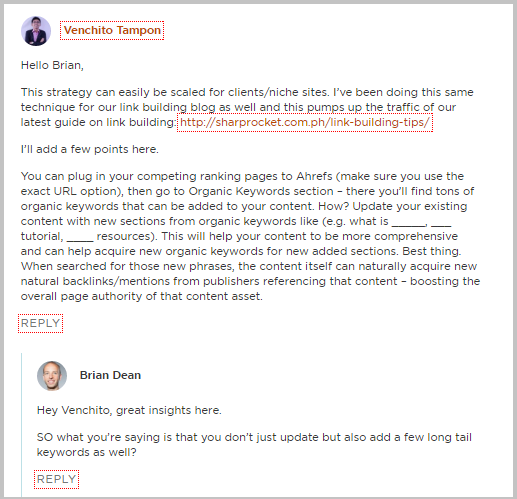
Don’t focus too much on anchor text variations, but ensure that you get various backlink types for your website.
Note: There’s one exception here, I’ve seen websites that focus only on contextual (both earned and built) and resource types of links, and they didn’t acquire directory or citation links but are still dominating SERPs. But if you’re into local SEO, combining those contextual and resource links with local-centric profiles/association/directory links is a must.
But if your site gets directory and citation links with a few to zero contextual backlinks, that looks unnatural.
3. Optimize Clicks Using Descriptive Anchor Texts
If you are still thinking about what anchor text strategy to use for your link building campaign, let me give you one simple tip.
If you are reaching out to bloggers in your industry (assuming it is a linker outreach approach), let them choose anchor texts.
They wouldn’t tell you what anchor texts they chose. They’d only give you a heads-up if they have linked to your page, and you’ll see the anchor texts yourself.
Most of the time, backlinks built using the linker outreach method are in descriptive anchor texts. The advantage of that anchor text is that it encourages user clicks.
While links can help increase rankings, their other purpose is to drive referral traffic.
Letting bloggers choose how and in what section of the linking pages they’ll add anchor texts with backlinks to your webpage affects the number of visitors those referring sites will drive back to your site. Backlinks placed on a higher position of the content have a high chance of more clicks.

One good example is the number of conversions (email subs) from my guest post on GotchSEO. That post itself drove 100+ impressions with 60+ converted email subscribers. That backlink is aimed to be clicked, given that it was placed under the bonuses section.
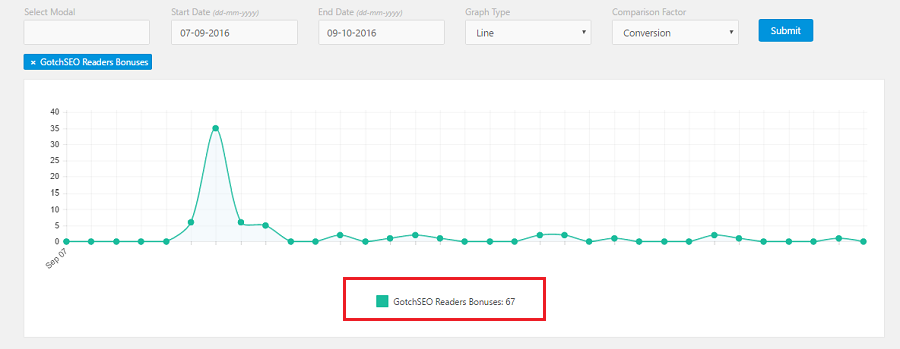
In cases where you have control over anchor text usage, i.e. content distribution on other blogs, it’s imperative to understand LSI and Co-occurrence as part of your overall anchor text strategy.
4. Understand and Use Co-Occurences
Co-occurrence s the frequency and proximity of similar keywords across one context in content. These are topically relevant keywords but not exactly the same as your ranking keyword.
Instead of frequently using your ranking keyword as your anchor text to be an exact match, what you can do is place your target keyword near descriptive anchor texts.
One good example of this is co-occurrences within links to Kaiserthesage. Here are a few examples:
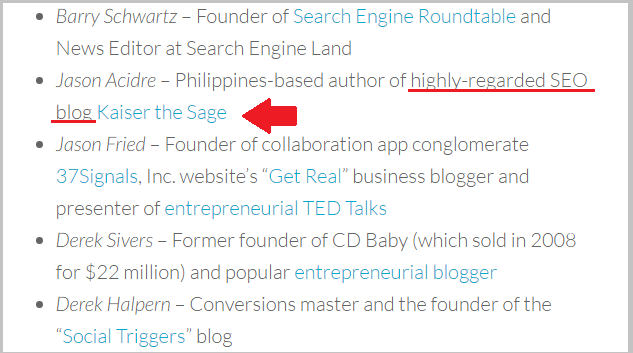
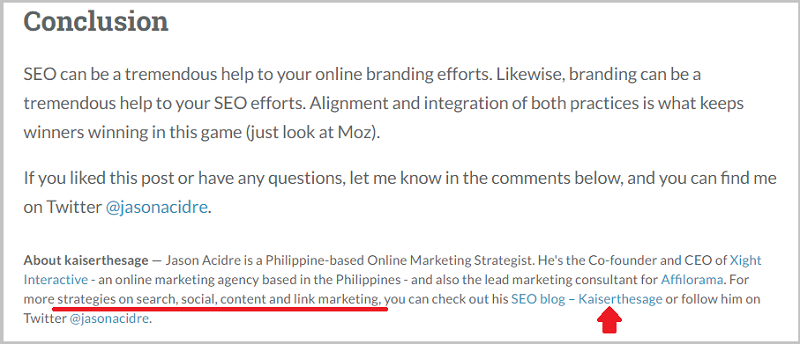

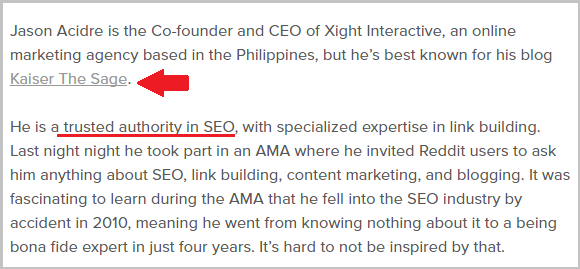
Google understands the relevance of a link without having to use exact match anchor texts all the time. Adding co-occurrences to linking pages can help search engines fully identify the context theme of your website with its linking web pages.
5. Find New Organic Ranking Keywords
When a linkable asset has been ranking for several long-tail keywords, finding untapped match keywords your content isn’t primarily catering to would be strategic.
You tend to rank these keywords (or had some impressions on SERPs) because search engines have highly perceived your content as worthy to rank for pages 3 or so.. (may not be visible on the first two SERPs pages).
The advantage when monitoring new keywords is that you can upgrade your content to cater to new audiences or be more desirable to rank for newly found organic ranking keywords by adding some topical sections to your piece.
What’s the implication of this to your anchor text link strategy?
If you’ve added a new section in your content piece to service those new organic keywords, it’d be additional anchor texts to use for internal and external manual link building. This will add more trust and authority to your content and help it dominate searches for those newly found organic keywords.
6. Search For Related Phrases and Instagram Trends
There is no such activity of finding new ranking keywords to add to your current list of target anchor texts, as you don’t want to use them all for exact match link strategy.
However, when trying to manually add descriptive anchor texts to internal linking pages and build linking pages (i.e. guest posts), you have to know what keyphrases are thematically relevant to your target keyword. Thus, it’d be easy for you to write robust content with LSI keywords and strategically do co-occurrences on links.
Two simple ways to find related search phrases of your target keywords.
First, do a straight Google search for the exact keyword or key phrase you’re trying to rank for. You can try two different searches. One is with quotes. The second is without. See at the bottom of search pages related search phrases Google provides based on the keyword you entered.
Second, just type in your keyword and wait for Google to suggest more specific/relevant search phrases. You’ll find out that some of them aren’t included in your keyword list from Google Keyword Planner or other common keyword research tools you use. They don’t need always to have a high search volume to decide whether or not they are good to target for content pieces.
If you ask me, where is this going? The answer is adding more keyphrases for your anchor text link strategy to be used for LSI keywords for internal and external content assets and to be better at co-occurrences on backlinks.
7. Optimize Content Using Content Gap Monitoring
I’ve been discussing how to find new organic keywords ranking in your content because these are useful for upgrading your content to its next version (or to 10x content if it hasn’t been achieved yet).
While you can simply focus on your content’s search results performance alone, you’d want to try seeing new organic keywords of similar content pieces your competitors normally produce.
The only difference between this process, which I’d like to label as “Content Gap Monitoring” with the typical “content gap analysis,” is that you’re doing it regularly – as part of your monthly SEO or content marketing activity.
SEO agencies that want to test this process out don’t have to worry about the time it’ll consume to run the entire process, as it is scalable through the use of Ahrefs as our primary content gap monitoring tool.
The first step is to find similar competing content. Only choose content assets that are specifically ranked for your target keyword. If you’ve done a robust competitor keyword research analysis as your first SEO initiative, you can skip this part already.
The second step is to monitor new organic keywords competing for similar content assets. Go to Ahrefs, then click on Alerts - New Keywords.
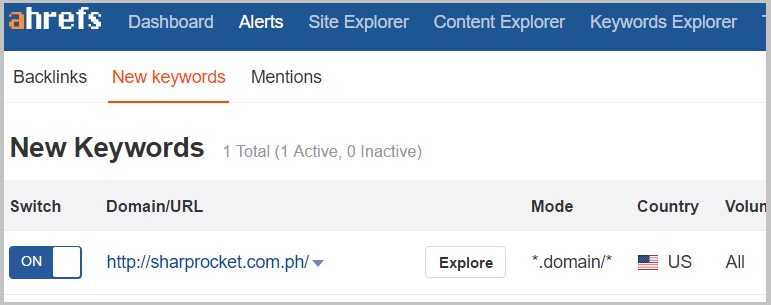
Click add alert button in the right section.

Choose URL as its mode, so you’ll only receive a list of new organic keywords that a specific page has been acquiring, not the whole domain. For volume, the default, “All” is good, so you can also see low-volume keywords.
For email frequency, it’s your decision whether to receive those organic keyword-centric emails weekly or monthly, but I highly recommend you go with weekly to upgrade your existing content for potential ranking keywords as sooner as possible.
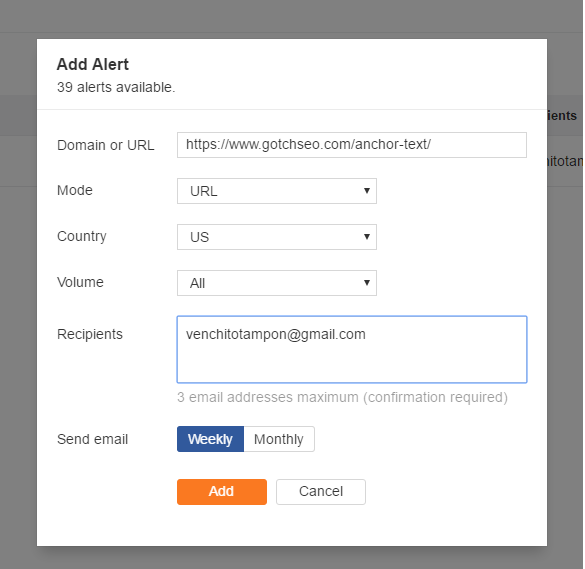
8. Backlink Audit on Exact Match Anchor Texts Links
With the recent Google Penguin update (most SEOs believe that it is indeed real-time), our activity to continuously monitor our site’s incoming links and make sure there aren’t any negative SEO isn’t any more a tedious task for us (SEOs/link builders).
If you have read posts on Google Penguin’s specific effects on SEO activities, there’s no need to make serious efforts to remove existing bad/toxic links to your website, as Google tends to devalue them anyway. So if a site has been receiving new low-quality links from a Negative SEO attack, for example, the efforts now shouldn’t be focused on removing those types of links but on continuously acquiring new high-quality backlinks for your site (this posts of mine on how to get backlinks and actionable link building strategies will help you a lot).
What’s the implication of this to my anchor text diversification?
In cases where those incoming toxic links are on exact match anchor texts, you don’t have to focus on removing them from your backlink profile but on driving new high-quality backlinks to your site. Since websites are dealt with granularly, those bad links won’t affect your site as a whole, only on parts that should be affected.
Nonetheless, a link audit is still a must. Google states that bad links are simply being devalued. The possibility of needing to disavow more links is unlikely. However, if you have a lot of unnatural links and never disavowed them, you need to disavow them. It may be why you’re still not recovering from the penalty.
You still have to do some groundwork for disavowing bad links. But keep in mind that while doing it, the focus shouldn’t just be there but more on helping your site continuously acquire good links to boost your site’s health over time.
If it’s real-time, your site can easily recover (some have proven this to happen to some fully/partially-recovered sites), and there’s much more work now to be put into higher-level link acquisition.
9. Convert High-Quality Exact Match Anchor Texss To Branded Links
Other posts on link audit (which I highly suggest need to be updated) discuss managing exact anchor text links by converting them into branded links.
In my experience, filtering your exact match anchor texts based on their quality should be everyone’s link builders/SEOs’ first initiative.
Don’t spend time converting low-quality exact match anchor texts to branded links, as these will be devalued (if it’s a negative SEO attack) or if they’ve been built by your past SEOs (do a link audit and link removal/link disavow).
What you have to focus on now is checking on only existing high-quality exact-match anchor text links. These links shouldn’t just be any type, i.e. directory or any massive link type, but only editorial links that are manually built, i.e. guest blog posts.
Whether or not these high-quality exact-match links are affecting parts of your website, you should still be converting them into branded links (as possible as you can), by manually reaching out to web admins to whom you’ve contributed guest posts in the past. Ask them if they are capable of changing those exact matches to branded types of links. This should help some parts of your site not to be negatively affected by real-time Penguin.
Now It’s Your Turn…
How do you diversify your backlinks' anchor texts?
Or maybe you have a question about implementing any of the insights in our above list?
Either way, leave a comment quickly below.
I'll be more than happy to reply to comments and answer questions.
So if you have a question, insight, or new tactic, leave a comment right now.
Anchor Texts Frequently Asked Questions
What is anchor text vs keywords?
Anchor text and keywords are two important elements in SEO. Keywords refer to the words or phrases you want to rank for on your webpage, while anchor text is the clickable text in a hyperlink that leads to another page.
In other words, the anchor text provides context to the link and helps search engines understand what the linked page is about. Using descriptive and relevant keywords in your anchor text is crucial to optimize your webpage's ranking.
What is the content of anchor text?
The content of anchor text refers to the words that make up the clickable link. It gives users and search engines context about where the link will take them. Using relevant and descriptive anchor text is important to improve the user experience and help search engines understand the page content. Keep it brief, clear, and concise for maximum impact.
How to Find Who Links To Your Website
Knowing who links to your site gives you a starting point in your link building.
If your website has been around for a while, you want to know the sites interacting with you. Those are the brands that can become your company partners, future advocates, or content collaborators.
There are many ways to find who links to your site, but here is one great tool to get you started.
AHREFS SITE EXPLORER
Ahrefs is by far the world's largest backlink index with a total of 15 trillion (it has more than that I guess).
Knowing that gives you the confidence of finding all the recent and finest links pointing to your site.
Ahrefs' Link Explorer gives you a wide array of information, including the exact referring page where the link is placed, potential traffic the site might bring to your site (Traffic), and the anchor text used on those links.
The good thing is you can use Ahrefs' Backlink Checker for free.

For example, if I want to know how many links are pointing to this website, www.healthysleepy.com I'll simply enter the exact URL to the checker, and click the "Check backlinks" button.

This opens up a data of information called backlink profile.
Before I go to what comprises backlink profile. let's see the numbers initially seen.
As you can see, the domain rating is 16. I sourced the exact definition of domain rating from Ahrefs , if you're not familiar with Ahrefs' Domain Rating.
Domain Rating is a proprietary Ahrefs’ metric that shows the strength of a target website’s total backlink profile (in terms of its size and quality). DR is measured on a logarithmic scale from 0 to 100, with the latter being the strongest.
There are 110 backlinks pointing to the site (answering how many links to my website?), with 97% of those being do follow backlinks.
Forty-seven (47) referring domains from 110 backlinks are 96% do-follow.
The good thing with Ahrefs is that it gives you a rundown of the numbers that you need to know in a backlink profile.
Now, let's have a look at who links to your website.
AHREFS SHOWS YOU WHO LINKS TO YOUR WEBSITE
Scroll down the page, you'll now see who links to your site.
In our given example, U.S. Pain Foundation, Alaska Ocean Observing System, Gallatin, and Kirkwall East Church are some of the brands linked to HealthySleepy.
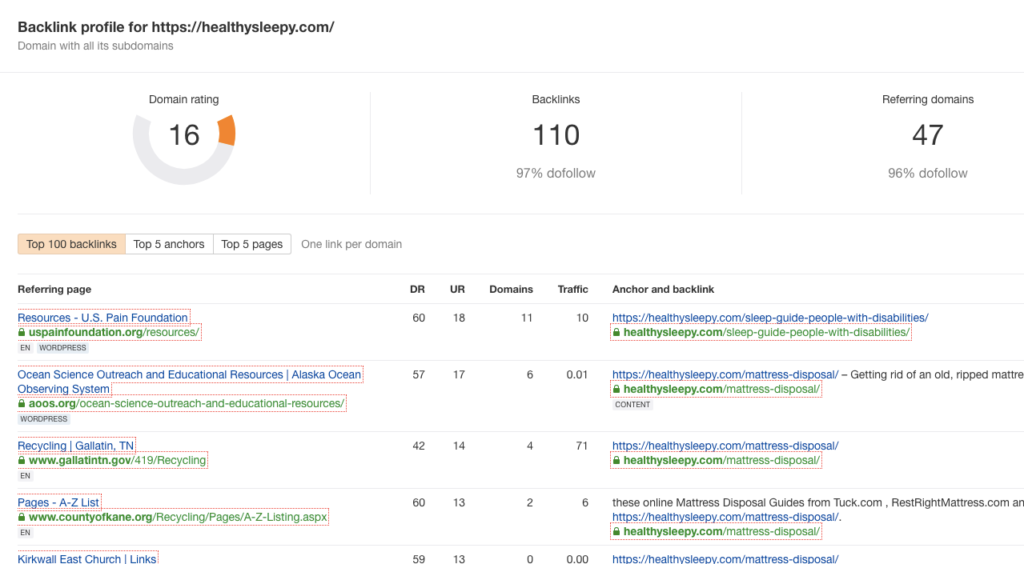
There are a lot more if you scroll down-its up to 100+ backlinks. However, Ahrefs can only show you 100 of the backlinks. If you want to see more, it will require you to subscribe to their starter package tool.
Nonetheless, it's a great free tool to know who links to your website.
WHAT TO DO WITH WHO LINKS TO YOUR WEBSITE?
Now you know who links to your site. The next question to answer is what will you do about it.
It's one thing to have a list of pages/websites linking to your brand's domain. It's another thing to do something with the list.
Here are some tips you can apply to make the most out of your list.
1. Try to understand why they linked to you
This may sound absurd. But there's a way to know the reason why the owner of the site/page linked to you in the first place.
For example, a contextual link (a link placed within the body of the content) is an indication of many things such as:
- The content publisher, blogger, or writer found one of your articles on your blog worth referencing, so he/she mentioned it and credited you with a link.
- The curator of another website listed your product in one of the recommended products on a specific category, with a link on the anchor text.
- The writer quoted one of your statements on a press article with a link pointing to your about me or your staff page in your company site.
There are many other reasons why you were able to get the link.
If the brand or website who linked to you is someone you're familiar with, it would be easier for you to know the reason for linking - either it's from a previous relationship or partnership both of you are involved in or because of the value of the content piece you've provided on your blog.
If you understand the reason why your existing linkers linked to you, you would be able to get multiple links from the same set of linkers as well as replicate the same strategy to other possible linkers in order to acquire the same type of links.
2. Start collaborating and connecting with your linkers
It's a myth in link building that all who are linked to your site differ in their needs and context. The truth is your existing linkers may have a common need and reason for linking.
If you can nurture relationships (because you probably had connections with them already), you are opening doors of more linking opportunities. These opportunities may not be always coming directly from them, others would be recommending your site/brand or any offering you had to their peers or circles of networks.
If you know the email addresses of your linkers, you can send them individual messages with thank you notes, particularly if the links you acquired are organic — meaning you didn't do anything, even a manual outreach, to get the links.
You want to have a group of serial linkers. Joshua Hardwick of Ahrefs calls them as such because these are the people who've linked to your site multiple times.
In fact, you can actually see who links to your site many times using the top linking sites in Ahrefs.
3. Brainstorm what works for your brand's content strategy
You may have published several content pieces that have gotten you enough links to track (who links to your site as we know).
Interestingly, you would discover patterns of content that work for your brand and have provided great value in your industry — which allowed you to acquire links to your site.
You want to know the type of content that works for your site because finding the pattern gives you insights into your next content marketing plan.
Enter the URL of your site and go to Ahrefs' Best Pages. This will give you a rundown of your site's top pages sorted from highest to lowest incoming referring domains.
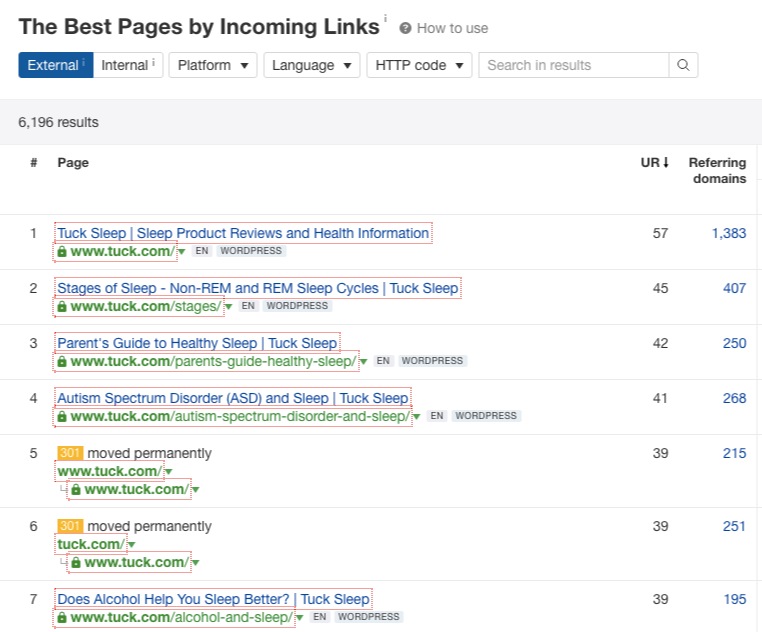
Study the pattern of the type of content that gives you the most number of links. If you are just starting to build your own brand and haven't been involved much in link building, I recommend you do this methodology first to your competitors.
See what works for them in terms of a content type. Replicate it to your brand if it's feasible according to your brand's resources.
4. Fix broken links to your site
By tracking who links to your site and your best linkable pages, you may find a few or a couple of your pages to be broken (404).
If those pages have links pointing to them, they're a must to be reclaimed.
Otherwise, your previous efforts to build links to those pages may be forfeited somehow and you don't want those links to be missed.
What you need to do is to identify your site's broken pages. Filter your best pages by incoming links to only give you 404/broken pages.
Check each page and decide what options best work for it.
Either you redirect the dead page to a more relevant functional page or ask linkers to link to another working page relevant to the dead page.
There's no best option. It depends upon the situation. The first option is easy as it is something you can control; the second one might require you to send emails to all linkers. Take note that you won't be sure of the response time and modification of your linkers if you choose the second option.
WHO LINKS TO MY SITE IS THE INITIAL TOUCHPOINT
Having the list of pages linking to your overall site or to only one page is the first initiative. The next step is to understand why they've linked to you in the first place — in order to replicate the same approach to your next set of actions or do the same thing to your other sites.
Feel free to comment below if you have any recommendations on what to do with the list of pages that have linked to the site.
How to Do Local SEO Keyword Research
Undoubtedly, keyword research is one of the most important aspects of any SEO campaign, local or otherwise. Uncovering relevant, high-traffic keywords that you can realistically rank for is essential to the success of your local SEO efforts.
Unfortunately, keyword research can also be one of SEO's most difficult and time-consuming parts. If you're not careful, it's easy to get lost in the sea of data and come up empty-handed.
In this post, we'll share some tips and tricks on how to do local SEO keyword research the right way. By the end, you should have a solid list of keywords to target to improve your local SEO.
In this article, you'll learn:
- What is local keyword research?
- Why is local keyword research important?
- How to Do Local SEO Keyword Research (5 Steps Using Ahrefs)
- How to Track Local Keyword Rankings
What is local keyword research?
Local keyword research is the process of locating high-traffic, relevant keywords that you can rank for in your local market.
Unlike traditional keyword research, which focuses on general, broad keywords, local keyword research is all about finding keywords specific to your geographic area.
For example, if you're a plumber in Los Angeles, you'll want to focus on keywords like "plumber Los Angeles", "emergency plumber Los Angeles", and "24 hour plumber Los Angeles".
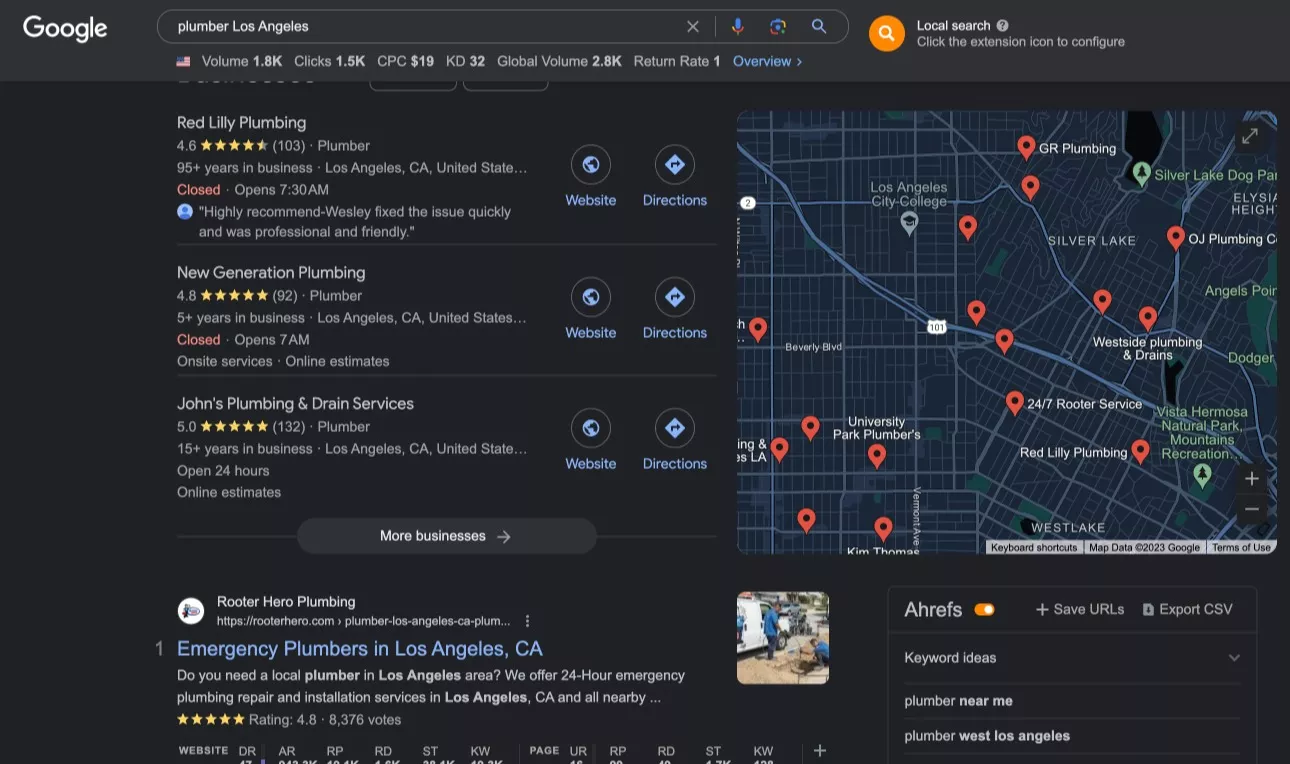
Not only are these keywords relevant to your business, but they're also specifically targeted to users in your city. This makes them much easier to rank for than general keywords like "plumber" or "emergency plumber".
Why is local keyword research important?
If you want your business to be visible in the local search results, you need to be ranking for local keywords. Here are a few other reasons why local keyword research is important:
Local keywords are more relevant to your business.
Think about it this way: when someone in your city is searching for a business like yours, they're not going to type in "plumber". Instead, they will type "plumber Los Angeles" or "emergency plumber Los Angeles".
If you're not ranking for these keywords, you won't appear in the search results. And if you're not showing up in the search results, you won't get any traffic (or customers).
Local keywords are generally more relevant to your brand because they're specifically targeted to users in your city or region. This makes them a valuable asset to any local SEO campaign.
Local keywords are easier to rank for.
Local keywords are generally easier to rank than general, broad ones. This is because there's less competition for these keywords.
For example, we are targeting "coffee shop in San Jose Del Monte Bulacan" for our brick-and-mortar business in the Philippines. Given that the keyphrase is so specific, it only took us weeks to rank on the first page. See below:
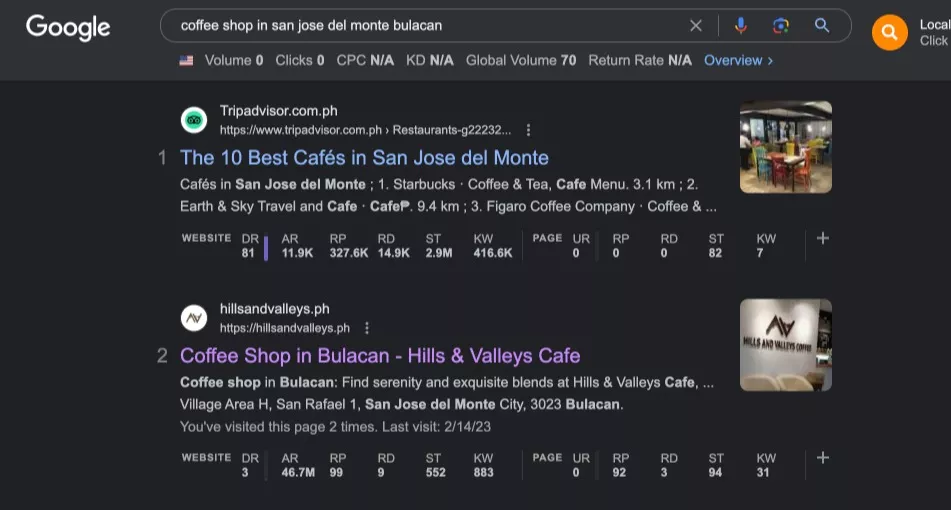
This is good news for your business. It means that, with a little effort, you can rank for local keywords and start getting traffic from the search results.
Local keywords are more likely to convert.
Not only are local keywords easier to rank for, but they're also more likely to convert. This is because users who search for these keywords are usually further along in the buying cycle.
They know what they need, and they're specifically looking for a business like yours in their city or region. This makes them much more likely to convert than someone just searching for a general keyword like "plumber".
To get the most out of your SEO efforts, you need to focus on local keywords. Now let's take a look at how you can find these keywords.
How to Do Local SEO Keyword Research (5 Steps Using Ahrefs)
The best way to find local keywords is with a tool like Ahrefs. Ahrefs is a keyword research tool that allows you to see any keyword's search volume, traffic, and difficulty.
It also has several other features that make it perfect for local SEO keyword research, including:
- The ability to see local search results
- The ability to filter keywords by location
- The ability to see the "local pack" for any keyword
Here's how to use Ahrefs for local SEO keyword research:
Step 1: Set your location
The first thing you need to do is set your location. To do this, go to "Settings" and "Location".
You can either choose your current location or set a custom location. For the purposes of this tutorial, we're going to set a custom location.
To do this, enter the city or region you want to target into the "Location" field and click "Set location".
Step 2: Enter your seed keyword
Once you've set your location, it's time to enter your seed keyword. This is the general, broad keyword that you want to rank for.
For example, if you're a plumber in Los Angeles, your seed keyword might be "plumber".
To enter your seed keyword, go to the "Keywords Explorer" tab and enter your keyword into the "Enter one or more terms" field.
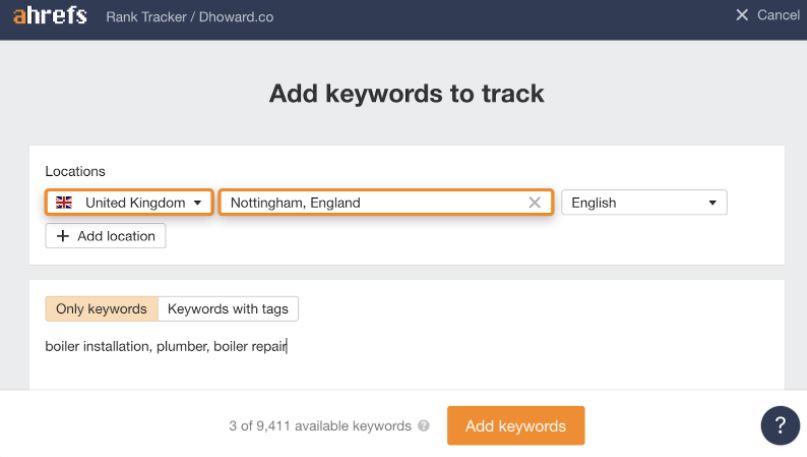
Step 3: Filter for local keywords
Once you've entered your seed keyword, it's time to filter the results for local keywords. To do this, go to the "Filter" dropdown and then click "Location".
This will bring up a new window where you can select the location you want to target. Make sure to select the same location that you set in Step 1.
Once you've selected your location, click "Apply".
Step 4: Sort keywords by difficulty
The next step is to sort the keywords by difficulty. This will help you to find the easiest keywords to rank for.
Go to the "Difficulty" column and click the arrow icon to do this. This will sort the keywords from easiest to hardest.
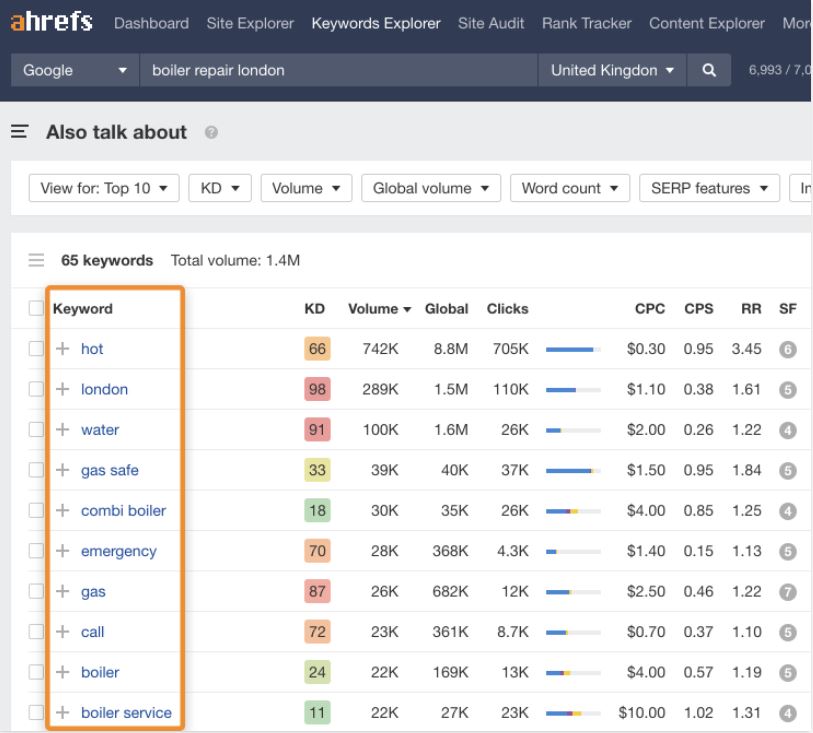
Step 5: Choose your target keyword
Once you've sorted the keywords by difficulty, it's time to choose your target keyword. You will focus on ranking for this keyword in the search results.
How to Choose Which Keywords to Use
When choosing a target keyword, there are a few things you need to keep in mind:
Search volume
The higher the search volume, the more traffic you'll likely get from the keyword.
Competition
The lower the competition, the easier to rank for the keyword.
Difficulty
The lower the difficulty, the easier to rank the keyword.
Once you've considered all these factors, choose the keyword you want to target and add it to your SEO plan.
In deciding which keywords to target, the rule of thumb is usually to target the keywords with the highest search volume and lowest competition.
But that's not absolute, as there are local keywords with 0-10 or zero search volume that can generate hundreds of organic traffic to your website. See what keywords make sense for your business and content theme, and publish pages around those topics.
Other Tools for Local Keyword Research
In addition to Ahrefs, there are several other tools you can use for local keyword research. Some of the most popular options include:
- Ahrefs Keyword Explorer
- Google Keyword Planner
- Moz Local
- BrightLocal
- Whitespark Local Citation Finder
These are all great tools that can help you to find the right keywords for your business.
Next Step: Expand Your Keyword List
Now that you've found some great local keywords, it's time to expand your list.
Google Keyword Planner is a free tool that allows you to enter a seed keyword and see a list of related keywords.
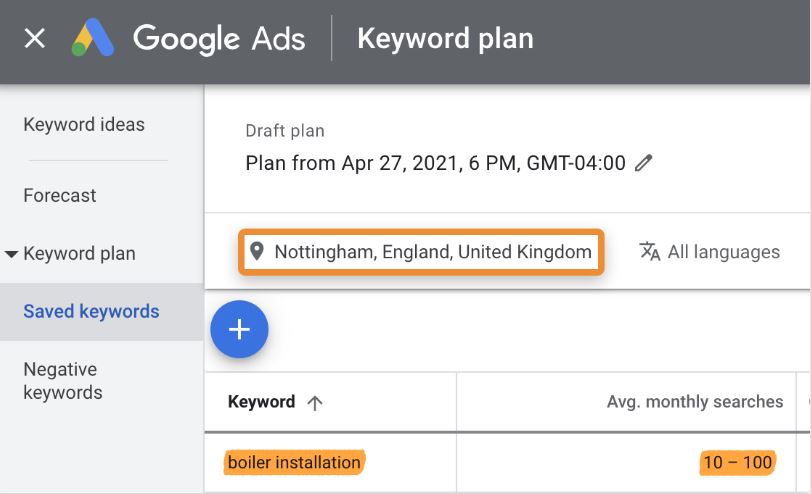
UberSuggest is another tool that can be used to expand your keyword list. It's a free tool that generates a list of related keywords based on a seed keyword.
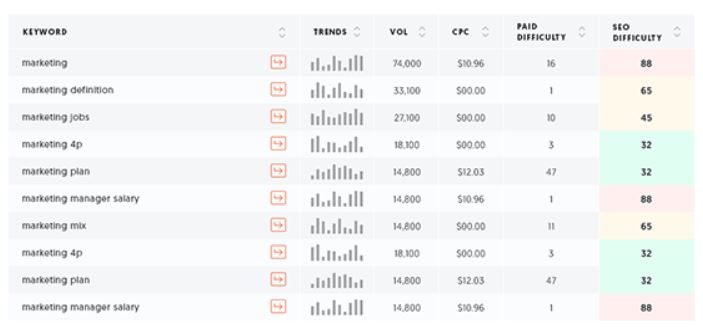
AnswerThePublic.com is a free tool that allows you to enter a seed keyword and see a list of questions related to that keyword.
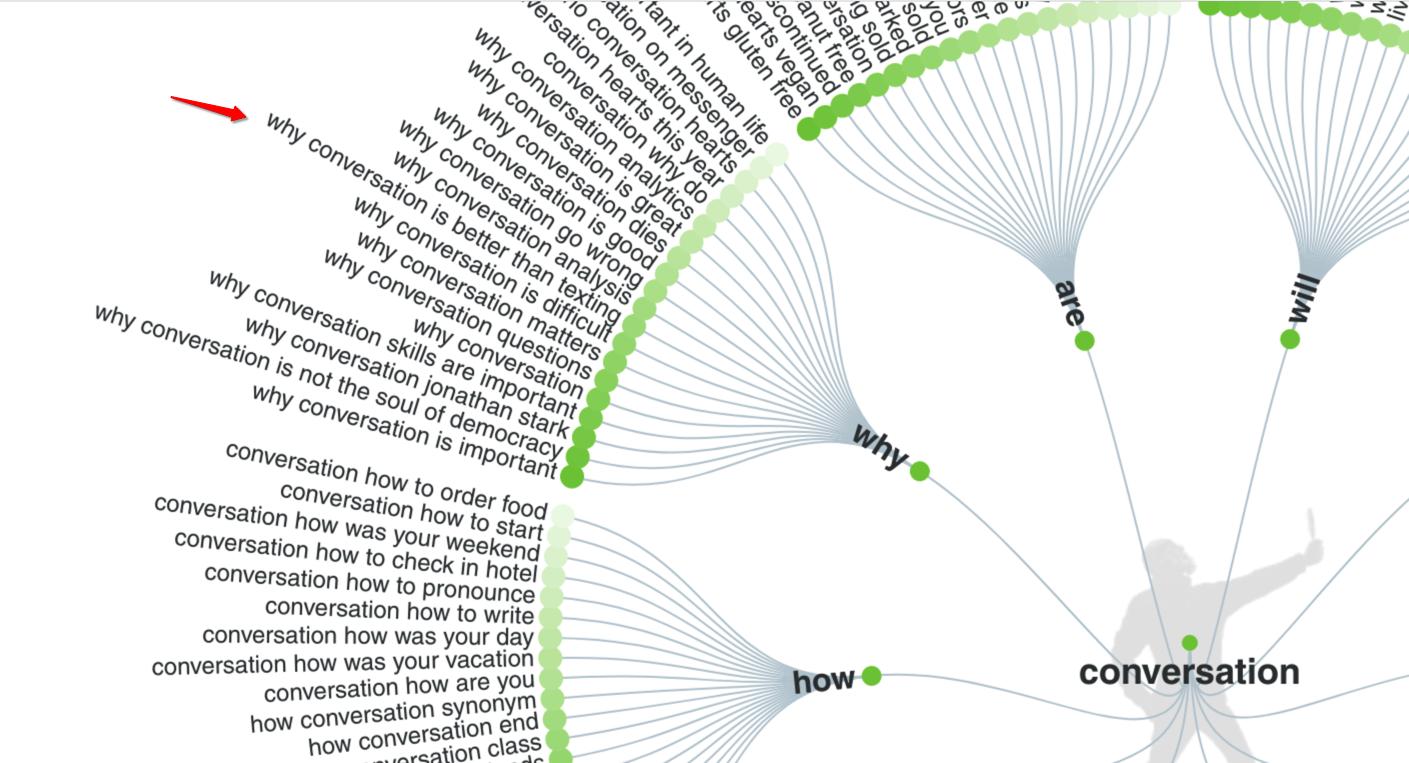
How to Track Local Keyword Rankings
Now that you've chosen your target keyword, tracking your local keyword rankings is time. This will help you to see how well your SEO efforts are paying off and whether or not you need to make any changes.
You can track your local keyword rankings in a few different ways, but the best way is with a tool like Ahrefs.
To track your keyword rankings with Ahrefs, go to the "Rank Tracker" tab and enter your target keyword into the "Enter one or more terms" field.
This will bring up a list of all the keywords you're tracking and their current position in the search results.
You can also see other important information, such as each keyword's search volume, traffic, and difficulty.
Takeaways
Local SEO keyword research is a great way to find keywords you can rank for in the search results. While there are a lot of suggested strategies, the process is quite simple.
With a little effort, you can soon start ranking for high-traffic, low-competition keywords and driving more traffic to your website.
Local SEO Keyword Research Frequently Asked Questions
How do I target local keywords?
To target local keywords effectively, start by researching popular terms specific to your target location. Use tools like Google Trends, Google Keyword Planner, and local search volumes to identify relevant keywords. Incorporate these keywords naturally into your website content, meta tags, and local business listings. Optimize your website for local searches through local schema markup and creating location-specific landing pages.
How to do location based keyword research?
For location-based keyword research, follow these steps:
- Identify your target location.
- Use location-specific keyword tools to find relevant keywords.
- Analyze search volume and competition for each keyword.
- Optimize your website and content with these location-based keywords.
- Monitor performance and make adjustments as necessary.
By conducting location-based keyword research, you can improve your website's visibility and attract local visitors.
How do I track local SEO?
To track local SEO, start by setting up Google Analytics and Google Search Console. Use Google My Business Insights to monitor your listing performance and track keyword rankings in local search. Additionally, implement tools like Moz Local or BrightLocal for comprehensive local SEO tracking. Regularly review your website's organic traffic and local pack placement to gauge the success of your local SEO efforts.
Is local SEO worth it?
Yes, local SEO is definitely worth the effort for many businesses. Whether you have a physical store or offer services in a specific area, implementing local SEO can substantially benefit your business. By optimizing your online presence for local searches, you can increase visibility, attract more targeted customers, and drive higher conversion rates.
How can I SEO research keywords for free?
There are several free SEO research tools available. Here are some of the most popular options:
- Google Keyword Planner
- Moz Keyword Explorer
- UberSuggest
- AnswerThePublic.com
- Rank Tracker
- Google Search Console
- Keyword Tool Dominator
What is included in local SEO?
Local SEO includes optimizing your website for local search engines and directories, as well as making sure your business is listed in relevant local directories.
It also involves optimizing your website content for local keywords and making sure your website is mobile-friendly.
How do I use Google local SEO?
There are a few different things you can do to optimize your website for Google local SEO:
- Make sure your NAP (name, address, and phone number) is consistent across all platforms.
- Claim your Google My Business listing and make sure it is up-to-date.
- Optimize your website content for local keywords.
- Make sure your website is mobile-friendly.
- Add relevant Schema markup to your website.
- Encourage customers to leave reviews on your Google My Business listing.
- Monitor your local SEO efforts with a tool like Ahrefs.
How do you know you need local SEO?
Wondering if your business needs local SEO? Here are signs that you need one:
1) You have a physical location
If you're a brick-and-mortar business, then you need local SEO. Optimizing your website for local search will help customers find your store when they're searching for products or services in your area.
2) You serve a specific geographic area
If you only serve customers in a specific geographic area, then you need local SEO. For instance, if you're a plumber in Los Angeles, you'll want to optimize your website for local search so that people in Los Angeles can find you when they're searching for a plumber.
3) You have an online store
If you have an online store, then you need local SEO. optimizing your website for local search will help customers find your store when they're searching for products or services in your area.
4) You're a service-based business
Service-based businesses, such as lawyers, doctors, and plumbers, need local SEO. This is because people often search for these types of services when they're looking for someone in their area.
5) You want to increase foot traffic to your store
If you're a local restaurant, you'd want to reach diners around your area. One way to get in front of your target audience is to optimize your website for local search. This way, when people are searching for restaurants in your area, your restaurant will come up in the search results.
6) You want to increase phone calls or online bookings
If one of your KPIs is to increase phone calls or online bookings, then you need local SEO. Not only does Local SEO help customers find your business, but it also helps them find your contact information. This way, they can easily get in touch with you to book an appointment or ask for more information.
7) You want to increase online sales
Who doesn't want this, right? If you're looking to increase online sales, then you need to make sure your website is optimized for local search.
8) You're not ranking in the top 3 results
If you're not ranking in the top 3 results for your target keywords, then you need to optimize your website for local search. Because 75% of people don't go past the first page of Google, it's important to make sure your website is visible in the search results.
9) You're not appearing in the Local Pack
The Local Pack is a box that appears at the top of the search results that includes three local businesses. If you're not appearing in this box, improving your Local SEO can help you get in front of more potential customers.
10) Your competitors are doing it
If your competitors are doing Local SEO and you're not, they're getting an edge over you. By optimizing your website for local search, you can level the playing field and compete with them for top rankings in the search results.
How do I find local keyword volume?
Here's how to figure out how popular your local keywords are
- Go to Google Keyword Planner.
- Select “Search for new keywords using a phrase, website, or category”
- Enter your seed keyword and location
- Click “Get Ideas”
- Scroll down to the “Keyword Ideas” section and review the “Local Monthly Searches” column.
This will give you an estimate of the monthly search volume for each keyword.
You now better understand Local SEO and why it's important for your business. If you're not already doing Local SEO, now is the time to start!
Link Building for Lawyers: 12 Strategies For Law Firms
This is the comprehensive guide on attorney link building in 2023.
The best part?
Everything on this list is working GREAT right now.
So if you want to get more backlinks to your legal website, you'll love today's list of link building strategies.
Let's dive right in…
Link Building for Lawyers: 12 Strategies For Law Firms
1. Get Easy Links From Legal Directories
Directory link building is probably the easiest way to get backlinks.
Some directories are free. Others require subscription or one-time fees.
But you don't need to submit any content. All you need is a few important details about your law firm and your website.
That's it.
So how you can get backlinks from directories?
First, make a list of all lawyer-specific directories.
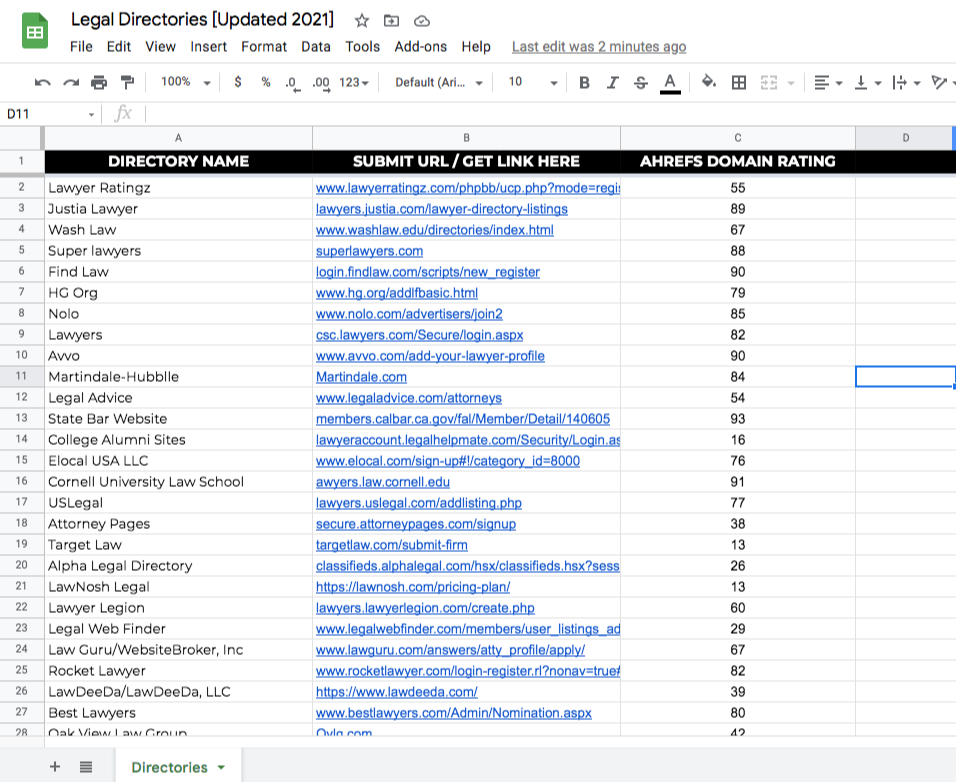
Next is to categorize them based on their type.
There are two types of directories: paid and free directories.
There are paid directories where you need to fill out a form, submit a payment, and wait for the review process of your submission. Other paid directories don't have much waiting time. You get easily approved once you submit your payment.
And free directories where you only need to fill out your basic information (Business Name, Phone Number, Practice Area, links to social profiles, and your website). Then submit. Some free directories also have an approval process.
Know that every directory is different.
Once you have a list of free and paid directories, qualify these directories based on some metrics.
You want to ensure you only get links from directories that can bring value to your law firm website.
So what are those metrics?
First, relevance.
Start with legal-specific directories.
For example, Justia Lawyers only include law firms and legal organizations listings.

Another qualifier is Moz's Domain Rating.
I recommend getting lawyer niche directories with a minimum DA of 20.
Not too low to get NEW relevant directories. Not too high to include non-authoritative submission sites.
Once you have these details of directories on your list, decide if you'll do the submission yourself or hire a virtual assistant to do all the legwork for you.
How To Find More Lawyer-Specific Directories
If you're looking to find more directories for your law firm website, the best way is to check out your competitors' backlink profiles.
Ahrefs can help you out finding directories where your competitors have links.
Start by entering the domain in Ahrefs' Site Explorer.

Go to the Backlinks section. This will show you all the websites linking to your competitor.
Type in "directory" in the "Include" search to only see directory websites.

There you'll surface a bunch of directories you can submit your website details and get attorney-related links.
You can check out this guide on how to use Ahrefs for link building.
2. Build Local Citations
If you want to rank for localized attorney keywords, such as "personal injury Florida", you need citations.
A local citation is any online mention of a local business's name, address, and phone number (NAP).
Citations help search users discover local businesses. These can impact your local search rankings.
Check out this updated list by Bright Local of the top local citation sites.
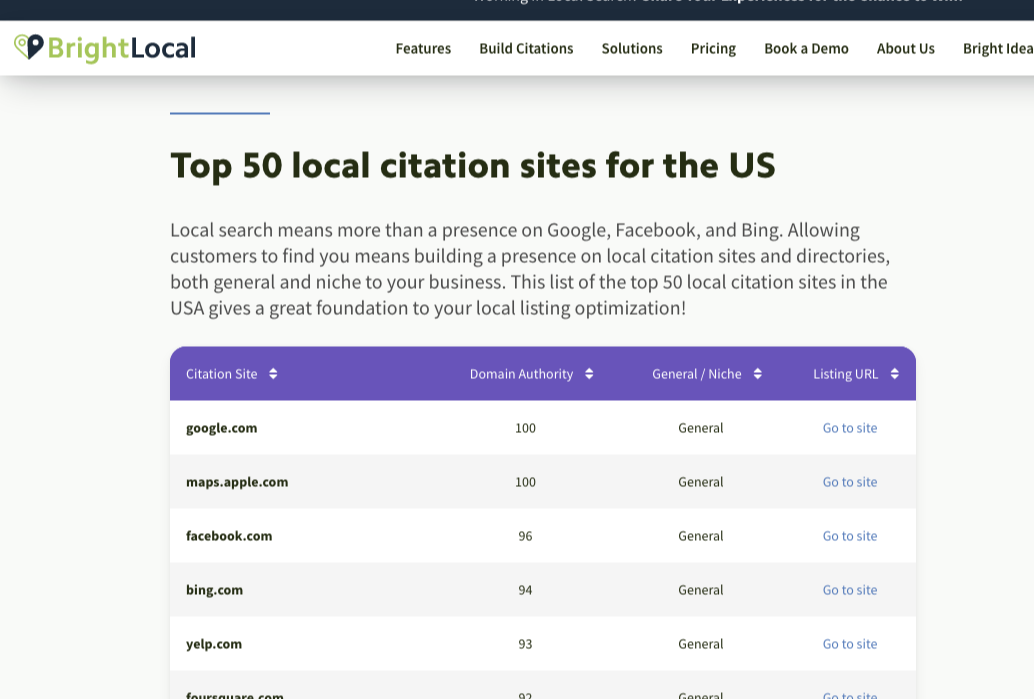
3. Offer Scholarship Programs
Scholarships are one way to get tons of edu backlinks to your website.
The reason?
Financial aid departments of universities have listings of current scholarships on their website. They keep updating those listing pages to help students find the latest scholarship programs they can apply for.
And the best thing is you aid students with their financial needs while, at the same time, getting backlinks to your law firm website from these scholarship pages.
Now here are four steps to do scholarship link building.
Step 1: Create a scholarship page
Know what you want to offer in your scholarship program.
Do you want to target law school students?
The more relevant your scholarship is to your brand, the better impact scholarship links can have on your website.
Create a page that includes all the details your target beneficiaries need to apply for your program. Details include name, award amount, deadline, rules or criteria for application, snd submission, and review process.


Complete all details of your scholarship program.
That way, your offer is more appealing to people who handle the financial aid department of university websites.
Step 2: Make a list of all target schools for outreach
Once your page is set up, your next step is looking for scholarship listing pages.
Typically, you'll find the financial aid department that provides a list filled with scholarship programs.
How do you find them?
Use search phrases along with Google search operators.
Here's a list of search queries that you can use for prospecting:
- "legal" ~scholarships ~financial aid
- "legal" ~scholarships ~financial aid
- "legal" site.edu ~scholarships ~financial aid
- "legal" site.edu ~scholarships ~financial aid
- "legal" site.edu ~scholarships ~financial aid
- "legal" site.edu ~scholarships ~financial aid
- "legal" site.edu ~scholarships ~financial aid
- "legal" site.edu ~scholarships ~financial aid
- "legal" site.edu ~scholarships ~financial aid
- "legal" site.edu ~scholarships ~financial aid
- "legal" site.edu ~scholarships ~financial aid
- "legal" site.edu ~scholarships ~financial aid
- "legal" site.edu ~scholarships ~financial aid
Look for the contact person who manages the scholarship listing. It could be the person in charge of the financial aid page or the school's webmaster.
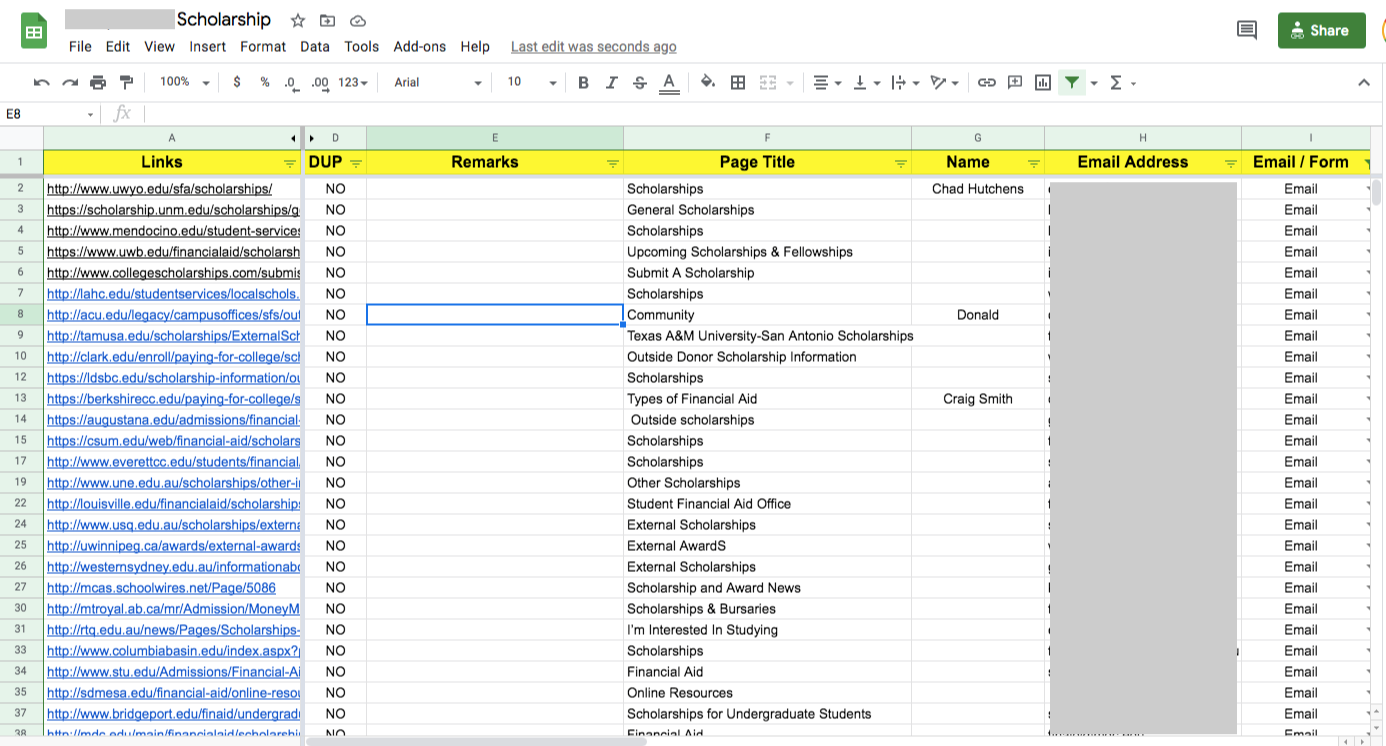
Add the contact person's name, designation, and email address (or contact form) to your list.
How To Find More Scholarship Listing Pages
Another way to populate your list is to find pages that link to your competitors' scholarship page or other relevant law firms that offer scholarship programs.
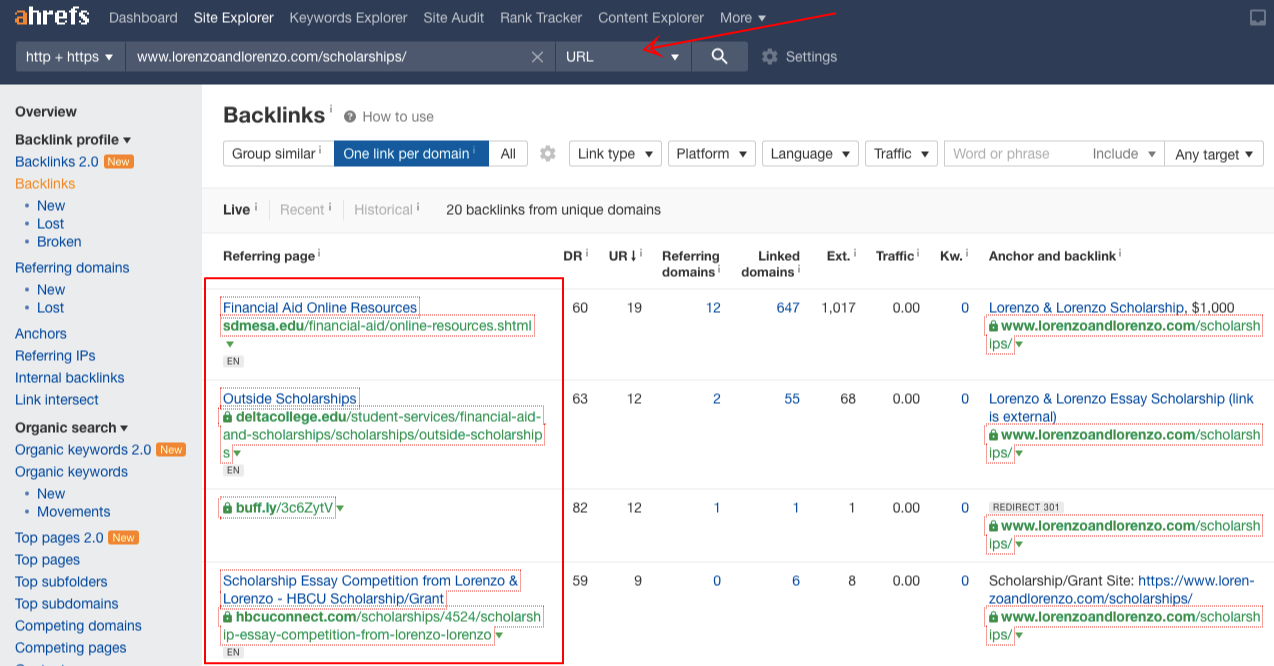
Enter a legal-specific scholarship program in Ahrefs Site Explorer. Go to the Backlinks sections to see all pages linking to the scholarship page.
Add these pages to your list.
Step 3: Reach out to your outreach prospects
Send emails to your prospects. Tell them about your scholarship, where to find it (URL of your page), and how students can apply.
Not all prospects are the same.
Some people will ask for more details about your scholarship program, so be sure, you have complete details when they need them.
Best Lawyer Scholarship Programs (2021 List)
Below is a list of the best scholarship programs in the legal space. Check them out and find inspiration for your scholarship link building strategy.

4. Create And Promote Evergreen Content Assets
There's more content published today than ever before.
According to this content study by Backlinko, 94% of online content has zero external links.
So:
How can you create content that stands out in the legal space?
The answer is:
Publish evergreen content assets.
Content that is more comprehensive than other pages related to your topic.
Content that is evergreen to be relevant and beneficial over the long term.
Creating these evergreen content assets requires a content strategy and keyword research.
Doing keyword research effectively and creating content to match topics to serve your audience.
You can do both with topic clustering.
Topic clustering is grouping your content by key topic areas, wherein there is the main page (commonly called a "pillar page") that targets a broader audience and stretches out by having support pages to cover specific topic ideas or key phrases listed on the pillar content.
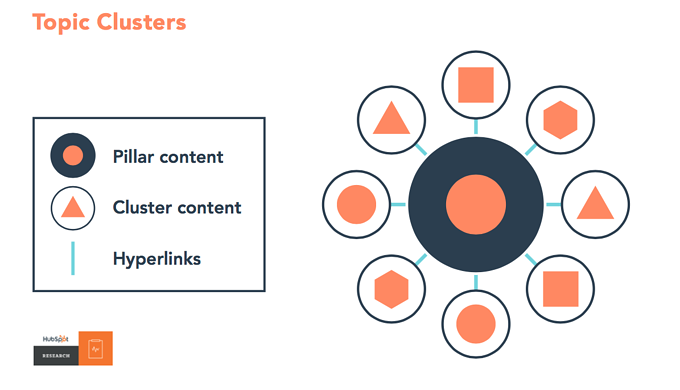 And important is having both pillar and cluster content internally link.
And important is having both pillar and cluster content internally link.
How To Create Evergreen Content Assets
Step 1: Discover Topics, Not Just Keywords
Find topics that you can address with your expertise.
My recommendation is to use Ahrefs to discover legal-related topics.
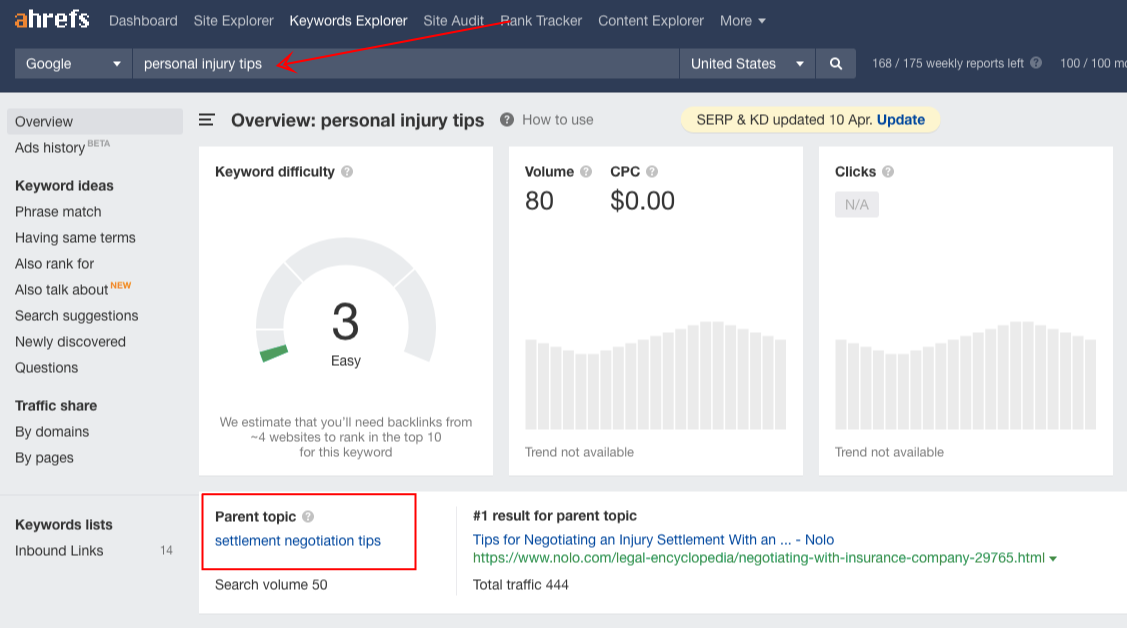
Review each keyword in the results and see which has informational content.
Check through the list and see if there are any parent informational topics.
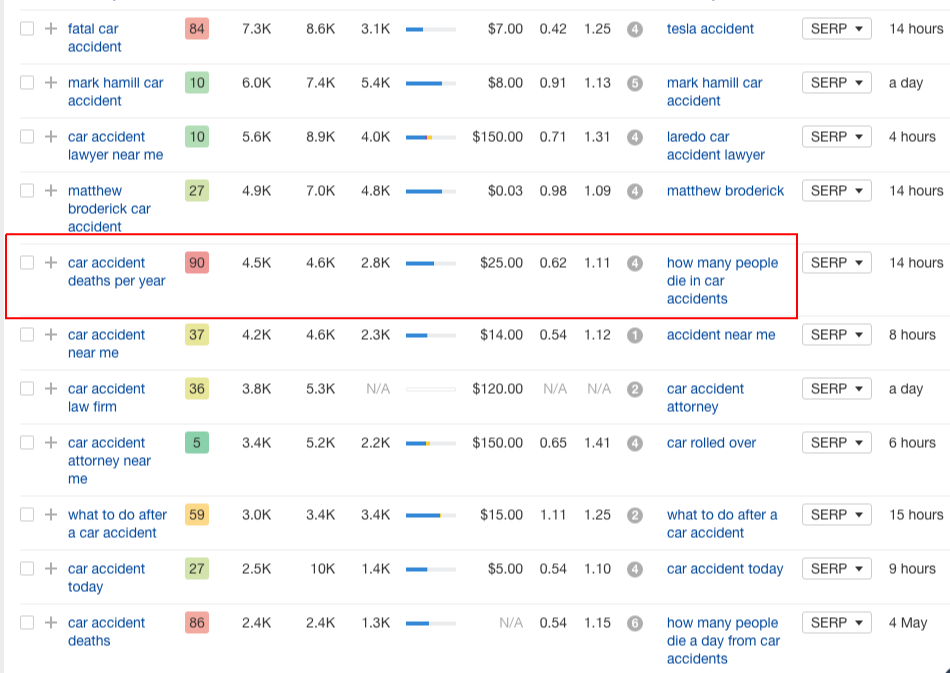
Look deeper to find more relevant topics.
Add filters if you want only to see keywords that fit your context.
For example:
- Set KD (Keyword Difficulty) to Max 40 if you know your law firm website doesn't have much domain authority to compete in the search results.
- Filter by volume. Make it only give you keywords with a search volume of 100 minimum.
- Check Featured Snippet in SERP features, which is optional, only if you want keywords with a featured snippet pack.
You can export results from Ahrefs into CSV to filter them more.
Make sure you list all the keywords with their parent topics (including all criteria you choose to consider - KD, volume, Featured Snippet).
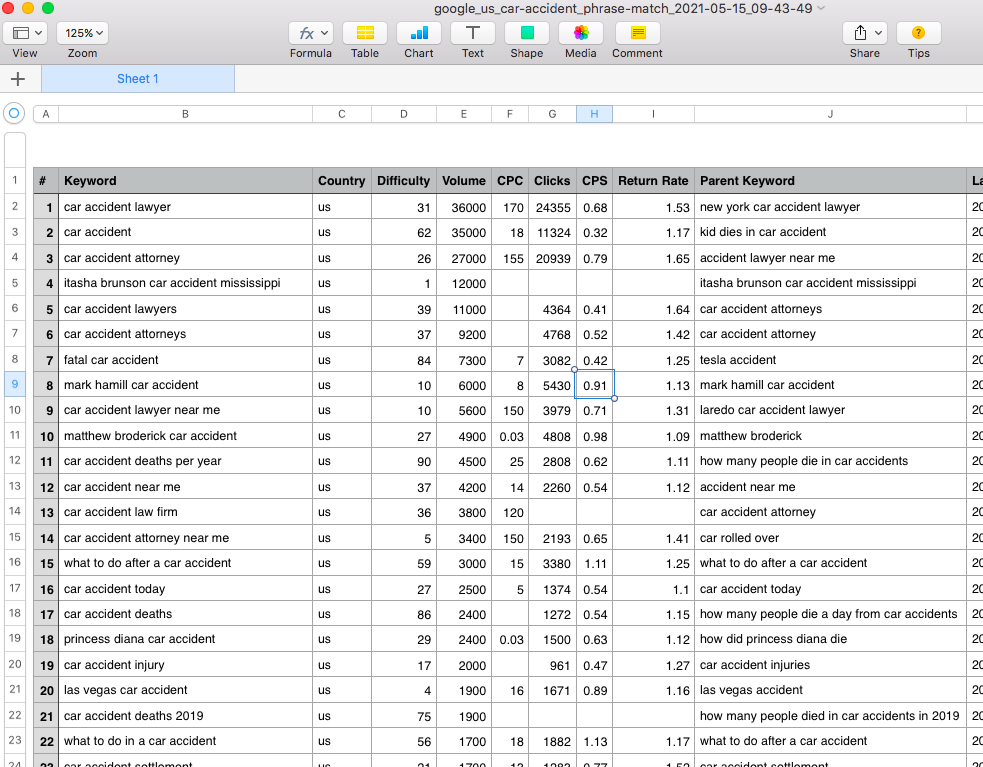
What's another important thing besides finding content topics?
It's the content type.
You want to know what kind of content piece you'll publish on your content.
Step 2: Identify Content Types That are Best For The Topic
How to know what content type suits you best for the topic?
The answer?
Look at the search results.
Because what the search results will reveal is the type of content the search engines see as deserving to rank for that topic.
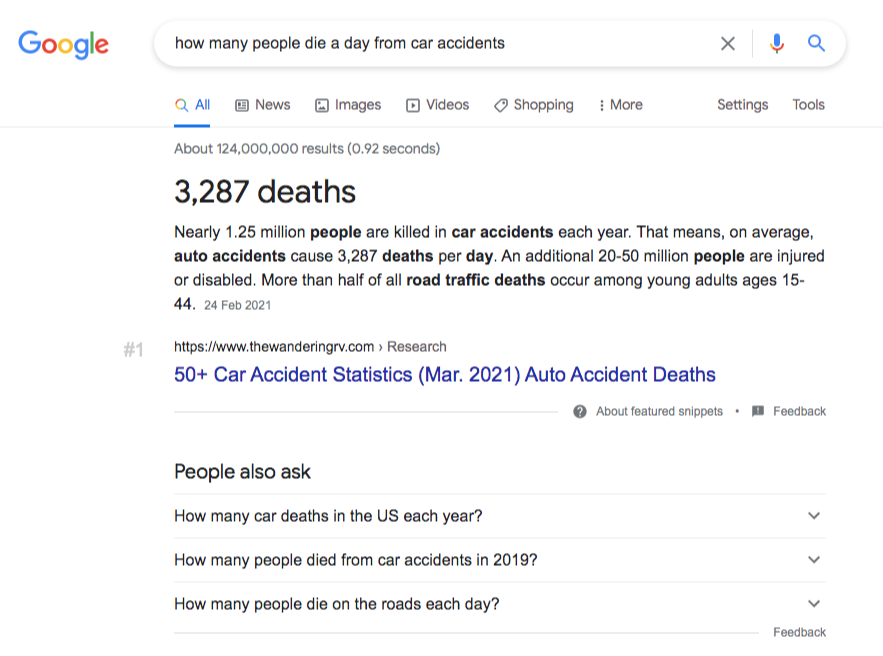
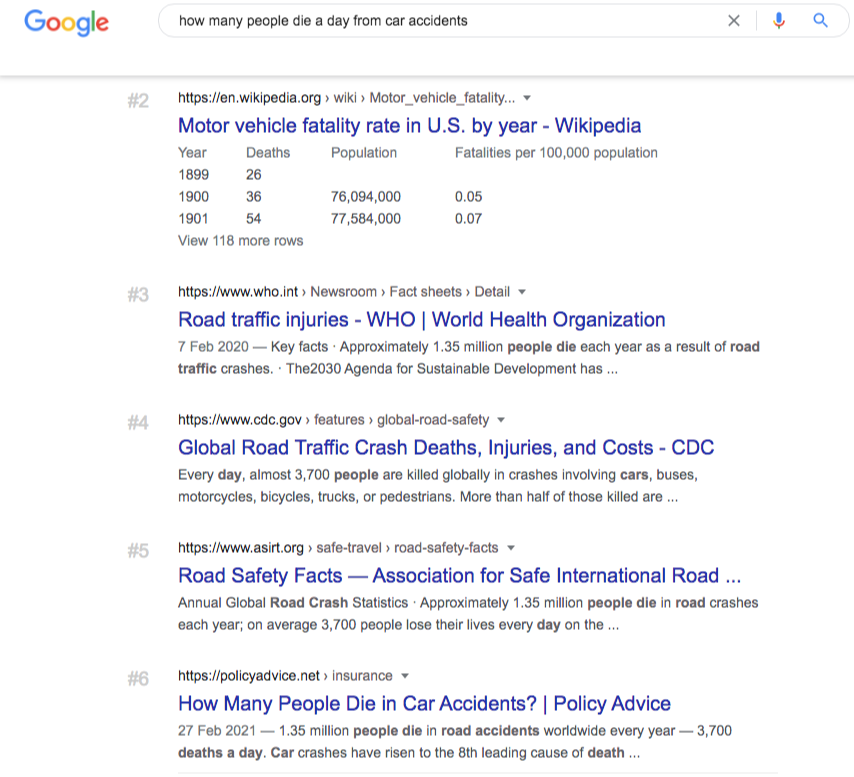
You may surface content types such as statistics ("study"), long-form content ("guides"), listicles ("best X"), or FAQ ("frequently asked questions").
Different topics manifest different content types.
Look through each search result and see the common pattern among ranking pages.
Add a "Content-Type" column to your list.
Step 3: Create Content 10X Than Its Competitors
The biggest step in content marketing is creating the content.
And to make your content 10x:
Make sure you check what's missing from your competitors. Go to each ranking page and review them.
Ask yourself, can I add something that's been missing or hasn't been mentioned from their content?
List them down.
Add internal data.
Case studies, surveys, and other content formats.
Include your own actionable insights in your post. Just make it more comprehensive.
Structure your content in a way that's easy to digest.
Here is a simple guide from Ahrefs to creating "BIG" blog content.
Step 4: Promote Your Content Assets
Everyone creates content, but only a few promote their work.
That's not you, right?
So start to promote your content assets to get more traffic and earn backlinks to your website.
But how will you do that?
Make a list of all pages that have been shared or linked to pages related to your topic.
You can use Ahrefs to find these backlink prospects.
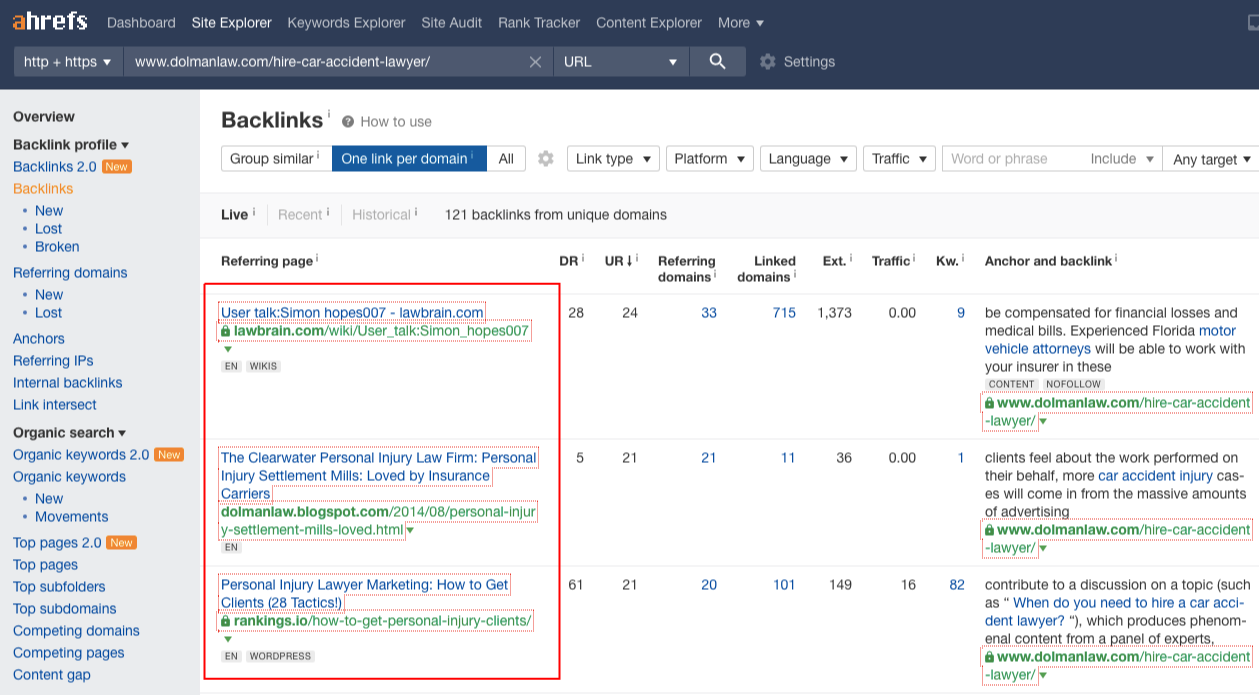
Get their contact details and start reaching out to them.
See more link building strategies that focus on content as a value proposition in email outreach.
5. Leverage Thought Leadership
Legal expertise can help you build more natural links to your law firm site.
As they say:
Educating is the best way to sell.
In doing law firm SEO services, educating is the best way to build links.
Because people want answers to their pressing needs and questions.
And they will give you links if they find value when you share your expertise.
If you're a thought leader, leverage any of these brand assets.
Publishing Books
If you or your attorney-client have published books on Amazon or any book publishing web places, consider how to use these books to get links to the legal site.
You may add direct links to your lawyer's website in author profiles.
Or have a page on your site dedicated to that book.
You may include the URL of this book page in your digital PR campaign to get traction and potential natural links from the websites of publishers and journalists.
Podcasts
Podcasting is a great way to build your brand and expose your thought leadership to a large audience of linkers (publishers and bloggers) who're likely to link to your website.
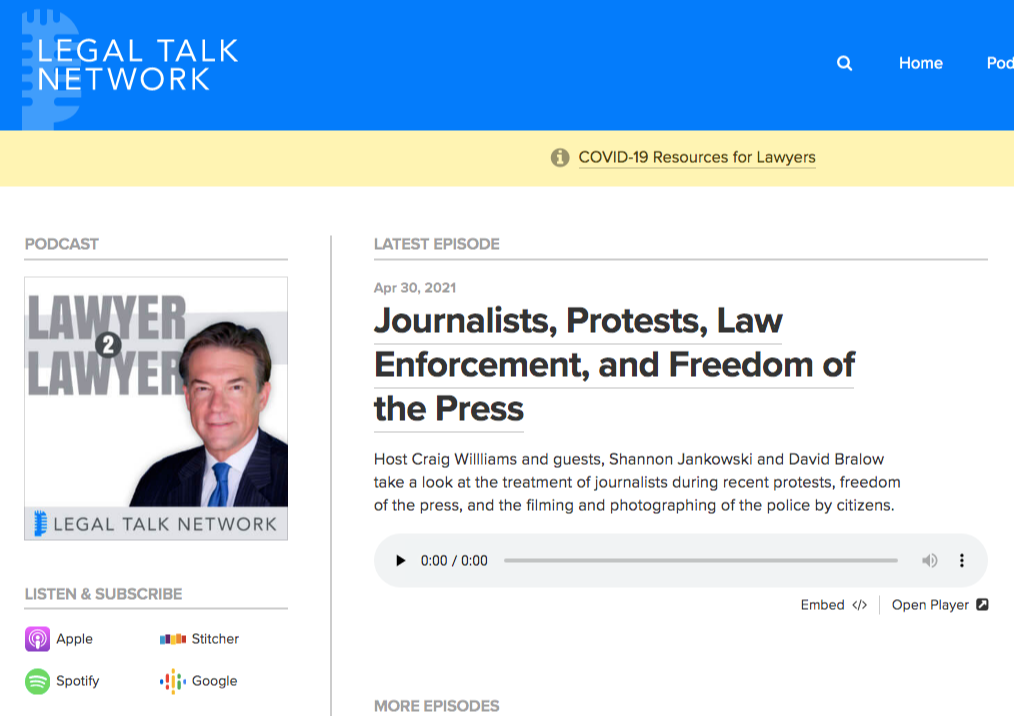
There are two ways to get backlinks from podcasting:
Start a podcast.
Get interviewed on podcasts.
You get links from podcast hosting companies through your profile pages when you start a podcast.
When you get interviewed on podcasts, you get links from podcast blog transcriptions ("show notes" or "links section").
Provide Answers To Questions
As a legal practitioner, you can help anyone interested in legal practice by answering their questions online.
Either you comment on other people's legal blogs (not your competitors) or by becoming part of a crowdsourcing post sharing a tip or two when asked for insight on legal topics.
When you comment on blogs, you don't simply drop by and spam them with comment links.
You give value to their audience by sharing your own insights or feedback points to their articles.
You want your comment to be interesting so that people are enticed to click on the link pointing to your website. This way, you get referred traffic from the website.
Discover Unlinked Brand Mentions
If you're showcasing thought leadership online, publishers and content creators might recognize you.
Search the entire web to see if you, your law firm, or any of your online assets have been mentioned elsewhere.
Some brand mentions may not have links to your legal website — these are missed link opportunities.
Take advantage of that by reaching out to people and asking them to credit mentions with links.
You can use Ahrefs to create alerts whenever someone mentions you. This way, you can quickly email to ask for a backlink (in case the person didn't give you a link).
6. Use PR Outreach
How would you feel if journalists covered your stories?
What about being interviewed as a thought leader (or expert) in the legal space?
These are things that are possible with PR outreach.
Online PR is doable. It is something SMEs, including law firms, can take advantage of, not just Enterprise brands.
One effective tool to help you with online PR is Help a Reporter Out (HARO).
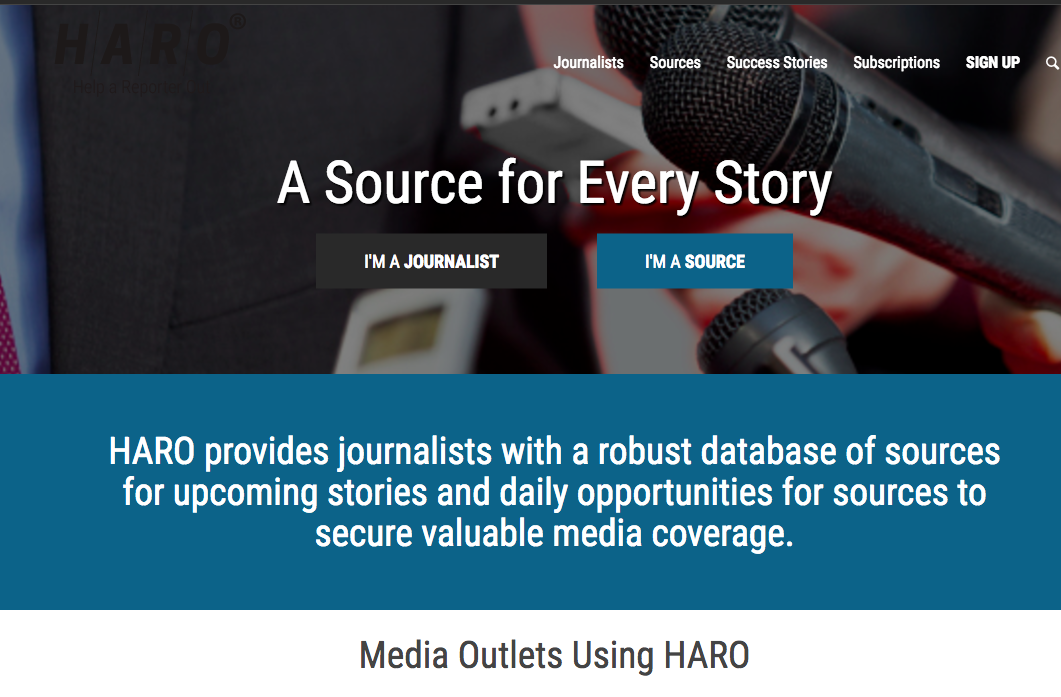
It's a simple tool that allows you to connect to journalists.
The good thing with HARO?
Because the journalists request quotes, you can get responses instead of you chasing them out on Linkedin or other social platforms.
For example, you can jump into HARO and share your insights if they require quotes in an article about new legislation or the implications of a court case currently in local news.
HARO curates requests for stories, tips, information, or quotes from journalists and puts them in one place.
This may feel like a lot of work, but if you have a process to follow and tools, you can get exposure (and links) from journalists and top-tier publishers in your space.
Here are useful resources to help you get started with HARO link building and digital PR:
- How To Write A Pitch For Digital PR In 2021: A Complete Guide
- What We Learned About Digital PR Success
- Should You Invest Big Bucks In Digital PR?
7. Maximize Sponsorship Opportunities
You can buy links ethically. How?
Not directly paying someone to give you a backlink to your legal firm site.
But by using money to support a cause of your target linkers.
Have you seen someone donate to a charity or sponsor an organization, event, or foundation?
That's what you do online.
Most non-profits and charitable organizations have their websites and dedicated pages to list logos of companies and organizations who support their cause.
For example, if a local non-profit organization has an upcoming event page, it has a section on its event page or somewhere on its website, a list of all the event sponsors.
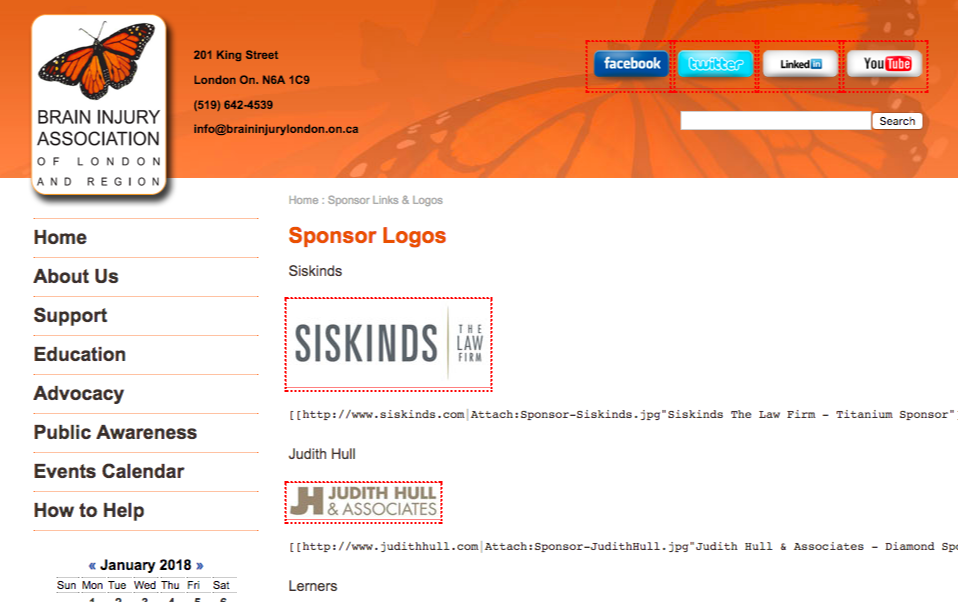
That section has a list of links to company websites.
Besides pursuing non-profit organizations, you can leverage online community websites to find sponsorships on events from local businesses.
One example is Meetup.
With Meetup, you get to see events you'll sponsor and, in return, have the exposure (and links).
You connect to the organizer and ask about their sponsorship details.
Then you decide if it's the right fit for you.
8. Publish Legal-Specific Roundups
What if you can create valuable content with lesser effort in producing it?
That's possible with:
Legal roundups.
You ask thought leaders, practitioners, or experts a question on a particular topic.
Then you curate all of the inputs into one big blog post.
What's more interesting in having 33+ legal experts talking about a legal topic?
That's what The Dolman Law Group did with their "Attorneys Answer: When do you need to hire a car accident lawyer?" roundup post.
They asked 33+ experienced lawyers in auto accident claims in Florida to answer a question most people would ask with regard to a car accident.
As of this writing, this law firm's website earned 128+ backlinks from other relevant publishers, helping their website to improve its site's search traffic.
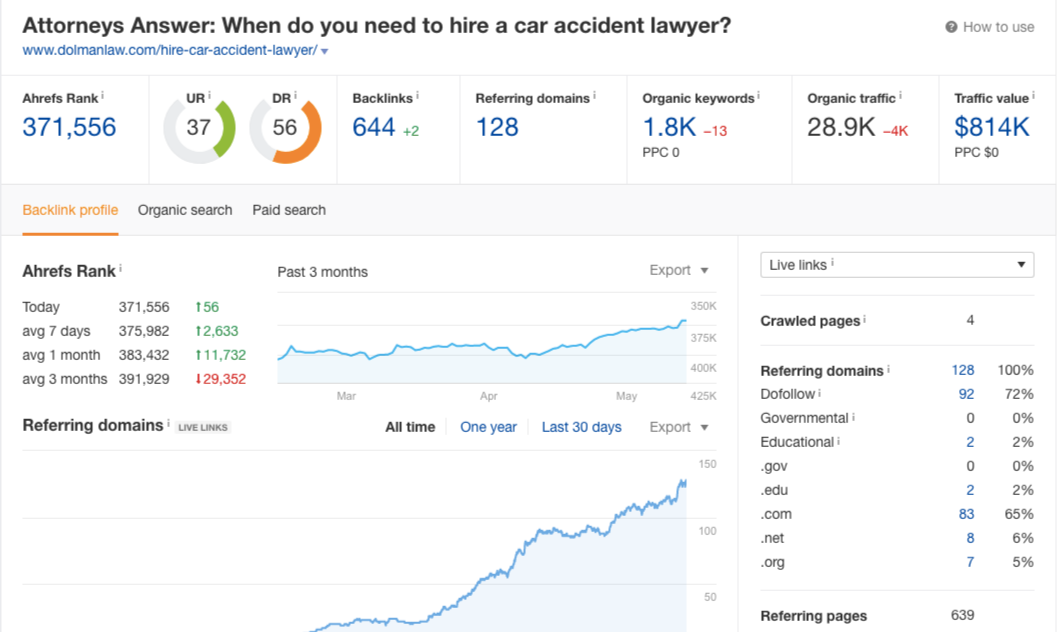
You can model what they did.
See what content topics people were looking to get insights from.
Go through each partner's legal websites and legal experts in your field to ask that question.
Compile their insights and make it a blog post.
9. Apply For Legal Awards & Associations
Any brand assets that display thought leadership and excellence in the legal space are powerful in helping you gain more backlinks to your legal website.
Do you have legal awards and associations you're associated with?
Some legal awards include:
- SuperLawyers
- National Trial Lawyers Top 100
- Million Dollar Advocates Forum
- American Association for Justice
If you're an SEO agency, ask your attorney-client if they want to be nominated in an upcoming legal award in your niche.
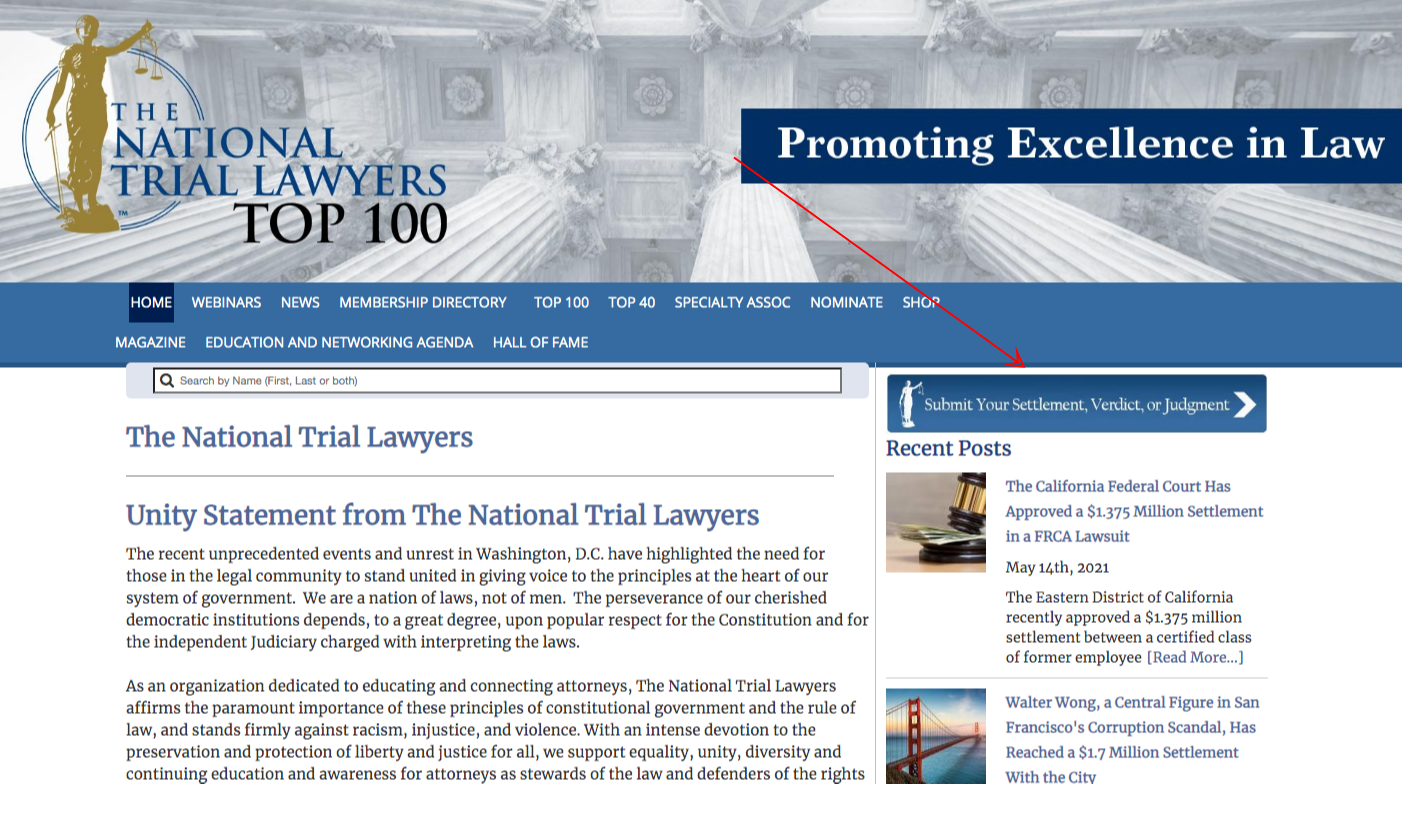
When you can do so, submit their information and other details needed by the awarding body.
Typically, award pages offer links to the websites of awardees. This is your good chance to get a backlink using this attorney link building strategy.
10. Invest In Relationship Building
One of the best types of links is links built on relationships.
Why?
Because you don't just get one link from the website but recurring links given, you continuously provide value to the person (linker).
Ask Your Peers For Links
There's never an easier way to get backlinks than to ask your friends.
Do any friends or partners in your networks have a website?
No, you don't reach out to them and say, "Give me links!".
Even if they are your friends, you still want to know what value you will offer them.
One value offer is content exchange.
This means you lend your expertise to write on a specific issue your friend's target audience will benefit from.
For example, you could write an article that speaks of a unique perspective on an issue that one of his clients might have. If you're a tax attorney and your friend is in the personal injury space, you could write an article on how personal injury settlements are taxed in her state.
You find what topics resonate with their audience — that also resonates with your brand or niche.
Give Testimonials
Testimonial link building is an easy way to get free backlinks to your law firm's website.
How's that possible?
Businesses need social proof to help their visitors convert into customers.
And testimonial is one social proof that tells their audience how good their product or service is.
Typically, business websites have their testimonials section on their homepage.
Or they have a dedicated page just for that.
Can you remember any business that provided services to you?
For example, if you hire home-based services to help you with cleaning or house chores, you can email them and provide a testimonial in exchange for a link to your legal firm website.
Check their websites and see if they have testimonials.
Reach out to them and send a testimonial quote about their service.
11. Give Value Through Reddit & Forum Link Building
Forums are not dead.
Your audience wants to get insights from other like-minded people.
The reason is:
They connect more, share their experiences openly, and are more receptive to answers and questions when they're part of a community.
Reddit is a very active social forum.
Law-related topics such as this one:
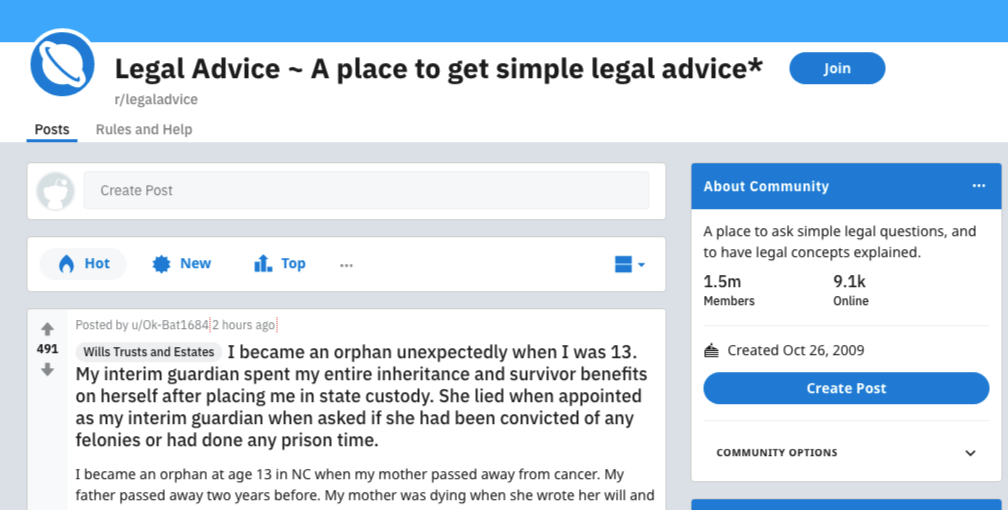
Or topics your audience engages in:
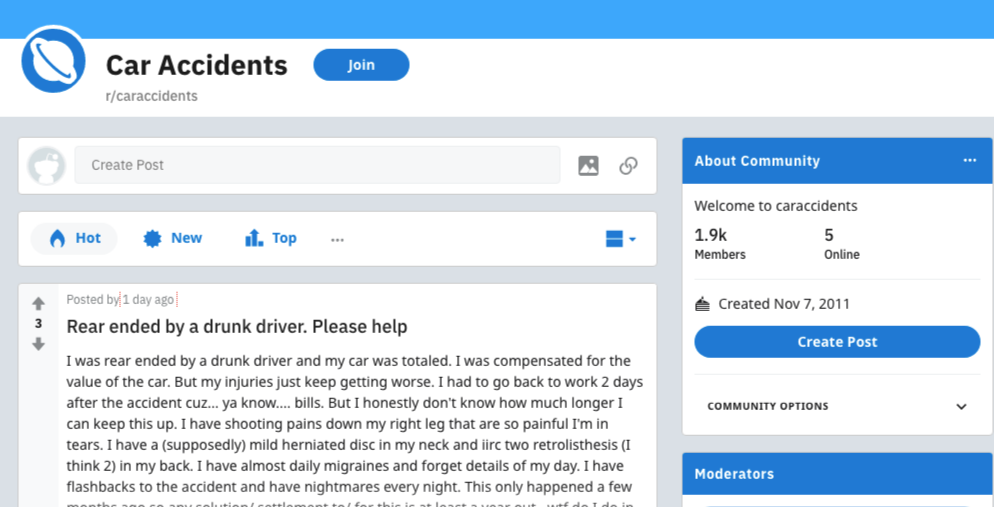
Create your Reddit profile.
Display your thought leadership by interacting with other members in subreddits.
You don't post links right away.
Participate in other discussions by responding to legal and niche-specific questions (e.g. car accidents).
Be mindful of the subreddit posting rules and regulations.
Some communities have strict rules for posting too many self-promotional links.
When it is only relevant to your audience, post links to your helpful articles.
12. Do Guest Posting
Guest posting is not dead.
Any publishers accept contributions from other authors (at some point).
Why?
Because it's free.
And if the quality of content reaches the standards of the guest blog.
How come they won't accept it?
Guest blogging offers more benefits than just links.
Branding. Exposure. Referral Traffic. Assisted conversions.
All these are long-term benefits useful for your law firm.
I've covered the exact step-by-step process of how to do guest blogging.
If you're hesitant about the effectiveness of guest blogging, check out your competitors and how they are getting backlinks today.
Some of the links they got at some point came from guest posts they contributed to other blogs.
Key Takeaways
I hope you enjoyed my attorney link building guide.
Now I’d like to hear what you have to say:
Which technique from this guide are you going to try first?
Do you want to submit your law firm website to legal directories?
Or maybe you want to leverage thought leadership to get more links.
Let me know by leaving a comment below right now.
Link Building for Lawyers Frequently Asked Questions
What is an SEO at a law firm?
An SEO at a law firm is responsible for optimizing the website by improving its search engine rankings to attract more visitors. They use techniques like keyword research, on-page optimization, and link building to increase the visibility of the law firm's website on search engine results pages (SERPs). With their expertise, they help drive valuable organic traffic to the site, ultimately leading to potential leads and clients for the law firm.
What is a good example of backlinks?
A popular example of backlinks is when a website includes a link to another website within its content. This link acts as a recommendation, indicating that the linked website is trustworthy and valuable to search engines. For instance, if a blog post mentions a helpful article and includes a link, it creates a backlink for that article. Backlinks play a crucial role in improving a site's search engine rankings.
Which backlinks should be avoided?
When it comes to backlinks, it's important to avoid certain types to maintain your site's credibility. Avoid paid links, as search engines prioritize organic and earned ones. Similarly, avoid including irrelevant press releases or low-quality directories and forum links. Also, be cautious of domains with a high spam score. By steering clear of these backlink types, you can boost your site's standing and visibility in search results.
Are backlinks legal?
Backlinks are legal and important for SEO, but buying them directly from a website without proper disclosure violates Google's guidelines. Avoid this practice and instead focus on building high-quality backlinks through organic methods like creating valuable content and building relationships with authoritative websites.
How To Do A Complete Backlink Audit (5 Easy Steps)
After conducting hundreds of backlink audit campaigns for our clients, we teach you the entire process to do it.
In this guide, you'll discover:
- What is a backlink audit?
- Why backlink audit is important?
- 5 easy steps to do a backlink audit (in less than 30 minutes)
So finish this guide if you want to know if your website is in good shape through a simple backlink audit.
What is a backlink audit?
A backlink audit is the process of assessing all the links pointing to your website. It involves identifying both good and bad links and devising a strategy to address them. You can download your list of links from Google Webmaster Tools and manually review each backlink. It's crucial for maintaining the health and credibility of your website.
In this activity, you want to ensure zero unnatural and toxic backlinks could harm your website, which could hinder future SEO initiatives or trigger a Google manual or algorithmic penalty.
Why do a backlink audit?
Performing a backlink audit is essential to ensure the health of your website. You can identify and remove any harmful or spammy backlinks by conducting a thorough analysis. This not only protects your site from potential penalties but also enhances your SEO efforts, allowing for better organic rankings and traffic.
Before you perform a backlink audit, you need to know why you should be doing it.
Here are three purposes of a backlink audit:
- Identify spammy inbound links to your website.
- Do more of what you did well in previous link building efforts.
- Get insights into your next link building plan.
Identify spammy inbound links.
You could've taken a new client, and you're unaware that their previous agency built bad links to your client's site.
Or your website has been hit by a negative SEO attack. Your competitors have done nasty things by building toxic links to your website instead of focusing on improving their backlink profile.
Either way, you want to know if you've got any spammy inbound links. You want to remove them as soon as possible as a course of action. Otherwise, you might receive a Google manual penalty, which could hurt your website's organic traffic (and conversions)
Do more of what you did well in previous link building efforts.
A backlink audit isn't just knowing the negative stuff. It also gives you the time to assess what works well and do more of them.
If you've been building and earning good backlinks, it is wise to replicate the types of links, link building strategies, and linkable content formats to improve your site's backlink profile even more.
Get insights into your next link building plan.
Backlink audit helps you assess your website's link profile against the competition.
With that, you can leverage a more cohesive action-oriented plan to outpace your competitor's backlinks and outrank their performance in search results.
Insights gathered from backlink audits help you come up with a solid future link building plan.
Backlink Audit Tools
You need tools to help you gather valuable information about your backlinks.
In performing a backlink audit, you could use any of the following link building tools (or even combine them if you have spreadsheet skills):
- Moz
- Majestic
- Search Console
- Ahrefs
- Screaming Frog
- SEMRush
- Screaming Frog
- Link Assistant
My recommended tools for backlink audits are Ahrefs, Moz, and Majestic.
It is best to invest in at least one of the mentioned link intelligence tools, as you'll not only be using them for backlink audit but for other essential link building tasks (e.g. competitor backlink research and link search).
In this guide, I'll be using Ahrefs and Majestic. So let's go about how to do a complete backlink audit in 30 minutes or less.
How To Do A Backlink Audit
Here is how to do a backlink audit in five steps:
- Get an overview of your backlink profile and of your competitors.
- Find low-quality backlinks to your website.
- Discover opportunities and methods by reviewing your backlink profile.
- Check for any broken backlinks you can fix.
- Strategize for your next link building plan.
Step 1: Get An Overview Of Your Backlink Profile and Of Your Competitors
In a backlink audit, you start from top to bottom.
This means you look from a high-level view of your backlink profile and then lean into details.
Begin by entering your domain into Ahrefs' Site Explorer to see overview details of your backlinks.
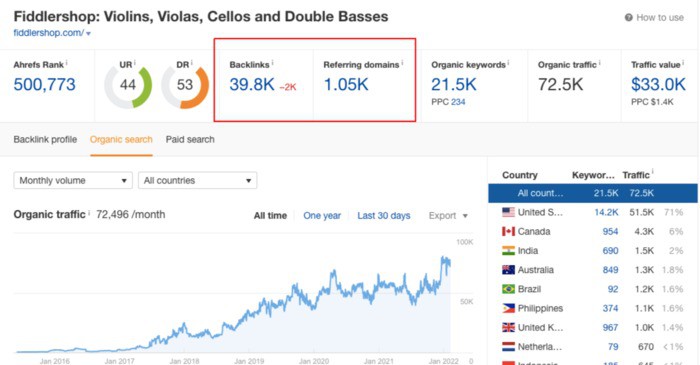
As of this writing, our example website has 39.8K total backlinks and 1.05K referring domains.
The number of backlinks and referring domains gives you a quantifiable metric for the current success of your link building campaign.
The higher your number with these numbers, the higher the domain rating you'll get for your website. More backlinks from high authority sites increase your own site's domain rating.
Sidenote: If you find an imbalance number between the two, say 1M backlinks while having only 5K+ referring domains, take a closer look at the website, as this might indicate that the site did shady link building strategies. More on this later.
Next thing to do:
Compute the average link gap between your website and your competitors.
You have to compute the average backlink gap to keep up with your competitors (or get ahead of them).
What is backlink gap?
Backlink gap is basically the estimated difference of links and referring domains between your competitors and your website.
It's not an absolute number, though, but this gives you a rough estimate of how many links you should be pursuing to get ahead of the competition.
One tool you can use to compute for this initially is Ahrefs' Domain Comparison feature.
When you enter your competitors' domains, It shows you an overview of backlink data across multiple domains at a glance.
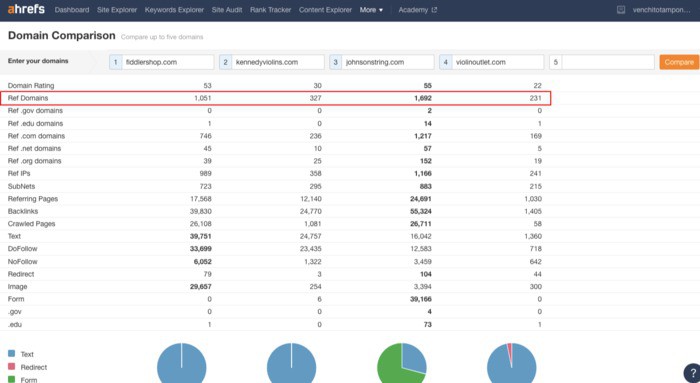
You can see directly here how many backlinks and referring domains your competitors have compared to yours.
The backlink gap isn't just about the quantity difference.
So to calculate the backlink gap, you should focus on high-quality backlinks. The easiest way to get the links' quality is by evaluating each referring domain's DR. You can do it via Ahrefs' Referring Domains report.
Once you have a list of websites and their DR, you need to export the results and see how many links are high-quality (DR > 70), medium quality (DR ≥ 30 ), and low-quality websites (DR < 30).
Sidenote: DR isn't the only metric to assess link quality. Other tools offer similar metrics, such as Moz' Domain Rating and Majestic Trustflow. But for the purposes of using Ahrefs, we use DR as our qualitative metric.
Another initiative to get a top-level view of the competition is to:
Assess your link velocity rate in comparison to your competitors.
The link velocity rate is the speed at which backlinks to your website are added over a specific period of time.
You can be so fast at a given time, which might dictate a potential negative SEO attack, or so slow that your competitors are outcompeting you regarding links.
To check link velocity, you can see the website's referring domains graph on Ahrefs' Site Explorer overview.
Sidenote: Check if there is a big burst or big drop on referring domains graph. A big burst might indicate a potential negative SEO attack, while a big drop might signal loss of links to specific pages.
Speaking of potential harm to your website, your next activity should be to:
Look for potential spam and keyword-rich anchor text in your profile.
Harmful links are easy to detect by looking at how they link to you — anchor text.
One is checking for any dodgy anchor texts and keyword-rich anchor texts.
Ahrefs provides an anchor text section of all backlinks in your profile.
A good anchor text profile must compose of branded anchor texts, as this is a natural way for other publishers to link to their external sources.
Check if there are any dodgy anchor texts:
Or high-density keyword-rich anchor texts:
Sidenote: Backlinks with keyword-rich anchor texts aren't necessarily bad. In fact, it's common to have this type of anchor text. However, if you see that the high density of your anchor texts (let's say 70 to 90%) are all keyword-rich anchor texts, consider it for a backlink audit execution.
Covered this earlier, but it's good to separate this one:
Check for possible negative SEO attacks.
Are there any big spikes or big dips in referring domains graph?
Big spikes might indicate negative SEO to your website. Other webmasters and SEOs may be trying to pull your site's organic traffic by building toxic backlinks to your pages.
What will you do then?
Ignore or disavow.
Why and how?
Read our next step. I'll get into this in a little more detail.
Step 2: Find Low-Quality Backlinks To Your Website.
This is one of the important steps in a backlink audit.
The reason you want to find low quality backlinks is to remove them (at all costs if you can).
Toxic, irrelevant backlinks could hinder your SEO growth in the future if not taken into consideration.
So how do you find low-quality backlinks?
First, know the difference between good backlinks and bad backlinks.
You can't find them if you don't know their nature and if they are considered as bad.
Good Backlinks VS Bad Backlinks
What is a good backlink?
A good backlink is editorially given.
Editorially given links are natural backlinks. These are links gained without any manipulation or even some kind of manual outreach.
You create value from the content or any other web assets, and that's why they link to you.
A good backlink is from a reliable website.
A reliable website is a website that has an intended audience. It speaks to a target market (e.g. tech-savvy people).
You'll know if a website is good when the website has a real audience (readers). If it's a blog, you can check the website's social engagement and its comment section. There you'll know that it has a community of readers.
A reliable website has good-quality content. The information isn't generated by any AI copywriting tools or spun content by getting original content and running it through a word spinner content to make it look original.
You know that the content is high-quality when you can read information from beginning to end and still understand it.
A good backlink is from an authoritative website.
Authority is relative. But it can easily be determined by a quantifiable metric such as Ahrefs' Domain Rating.
An authoritative website must have a Domain Rating (or Moz' Domain Authority) of 25 and above.
Sidenote: Some domains may have low DR given that they don't have many links yet pointing to the website. However, these low-DR websites have real authors and readers and are good sources of backlinks.
A good backlink is do-follow.
Dofollow backlinks improve link equity to destination pages, which is great for ranking websites.
While you can naturally get no-follow backlinks, you must aim for do follow backlinks, as it passes more link juice to your website.
Sidenote: Do not discount no-follow backlinks, as it makes your backlink profile natural. But if you want to maximize your outreach efforts, pursue link opportunities that are do-follow because they pass link juice to your website.
Now, it's time to know what a bad backlink is.
It's the opposite characteristics of a good backlink.
What is a bad backlink?
A bad backlink is from a spammy source.
They don't come from reliable websites.
Bad backlinks are from websites of low-quality Private Blog Network, content farms, and generic low-quality directories.
Bad backlink is from a website with rich exact match anchor texts.
A high density of keyword-rich anchor texts can harm your website. Unnatural anchor texts signal your website to be manipulating each and every manual outreach effort.
Bad backlink is from elicits websites.
Elicit websites are porn, gambling, hate, adult, and unsafe.
Bad backlink is related to spammy content.
Spammy content doesn't offer much value to its readers. Whether it is spun or AI-generated or it has grammatical errors. In other words, hard to consume for a general audience.
Bad backlink is a no-follow link.
No-follow backlinks don't pass any link juice to your website.
Now, you know exactly the difference between a good backlink and a bad backlink.
Let's get right to how you can find spammy backlinks.
How to Find Low Quality Backlinks?
1. Enter your domain in Majestic to get backlink data.
(I use Majestic this time as it gives me a more accurate spam score for backlinks through its Trust Flow).
Export all backlinks.
2. Sort links according to spam metrics.
Different link intelligence tools have different spam metrics.
Moz has its Spam Score. Majestic has its Trustflow. For Ahrefs, you can use its Organic Traffic.
Get low-quality links from the list that have either:
- Moz' Spam Score (Spam Score <8)
- Majestic's Trustflow (TF <15)
- Ahrefs' Organic Traffic (<500)
Sidenote: You may be tempted not to check high-DR (DA) websites as it seems they don't have any indication for spam. But it is best to review high DR websites but with low organic traffic.
Review websites with insignificant backlinks to referring domains ratio (e.g. 500K backlinks > 1K referring domains).
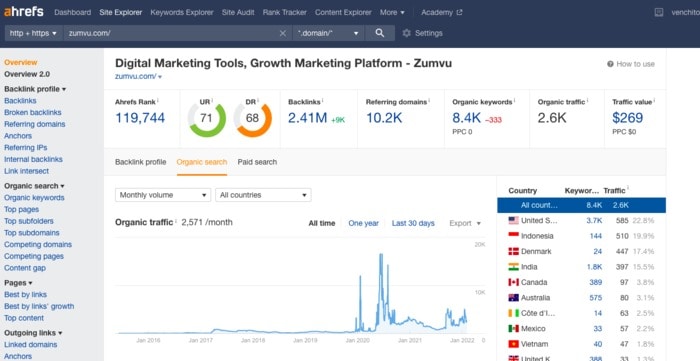
Next:
3. Check anchor texts of these low-quality links.
Dig deeper.
See if they have irrelevant anchor texts or keyword-rich anchor texts.
Make a note of these links with spammy anchor texts.
4. See their link types.
Bad backlinks are from non-authoritative websites and low-quality content (as mentioned earlier).
Check if any low-quality links are content farms, UGC (user-generated content), forums, and comments.
Also, make a note of these.
5. Manually check suspicious-looking websites.
Dig deeper and deeper.
After reviewing links with spammy anchor texts and low-quality link sources, check other websites with low spam scores.
There are other bad or spammy indications to links that are more obvious when you see the website.
Is the website full of display ads that the actual content gets difficult to read?
Does the website have a general (non-niche) audience?
Does the website have an old-school (the early 2000s) design template?
These are just a few things to look at in the backlink source to assess their link quality.
Now you need to:
6. Have a final list of websites.
This should be a list of backlinks:
- From low-quality link sources
- With irrelevant or keyword-rich anchor texts
- PBN-looking websites (old-school design template)
- From spammy content
- From irrelevant and/or elicits websites
Once you have a list, you have three courses of action:
Ignore these toxic links.
Because Google's algorithm has become so advanced in checking spammy links, they simply ignore backlinks to a website.
Especially if your website has gained authority and trust as it builds natural, high-quality links and offers readable and high-quality content.
Google will simply ignore your toxic links.
But if this is not your preferred action, you may:
Request for backlink removal.
Find all email addresses of websites hosting these spammy links.
Contact those webmasters and ask them to remove your backlink.
There are cases where they would ask you for a payment before removing your link. For me, this is not worth your money (you should've invested it in link building).
If, in any case, some won't remove your backlinks, it's time to disavow them.
Disavow
Disavow is simply telling Google that you don't count certain backlinks of your website.
To start with this, list down all domains or web pages you find to be low-quality.
Then go to Search Console and to its disavow tool.
You can check out the following guides to give more details on how to disavow toxic links:
Step 3: Discover Opportunities and Methods By Reviewing Your Backlink Profile
Backlink audit is not only about finding low quality backlinks to your website.
It is also discovering the best opportunities and methods.
Start by reviewing your backlink profile.
If your website has been successful in increasing its organic traffic. Plus, it attracts new backlinks every month.
It is best to uncover some content ideas.
How?
Use "Best by links" feature.
See which pages on your site have gained the most referring domains.
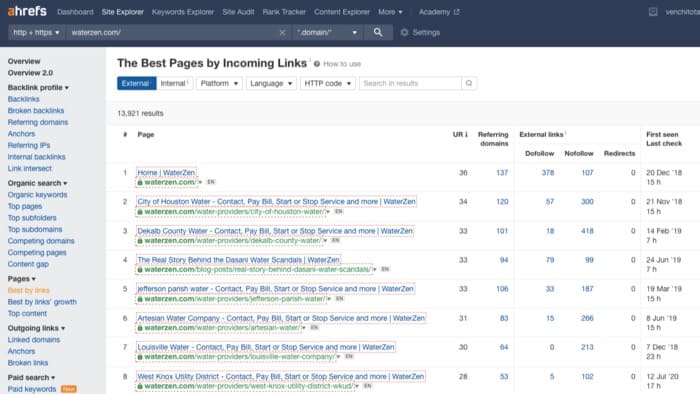
You can assess which content formats, length of content, and topics have resonated most with your linkable audiences.
From this insight, you can create similar types of content to continue the momentum of gaining new inbound backlinks to your site.
Another important discovery:
Use "Best by links growth" feature of Ahrefs to know what pages naturally attract backlinks.
The first one knows the type and topic of content that works, with or without manual outreach, to get links.
This time, it's more of getting insights into what gives your site the ability to attract backlinks, even without doing email outreach.
By link growth, you see that the page attracts new links from publishers who used it as references for their content (they see it ranking on the first page while looking for references in search).
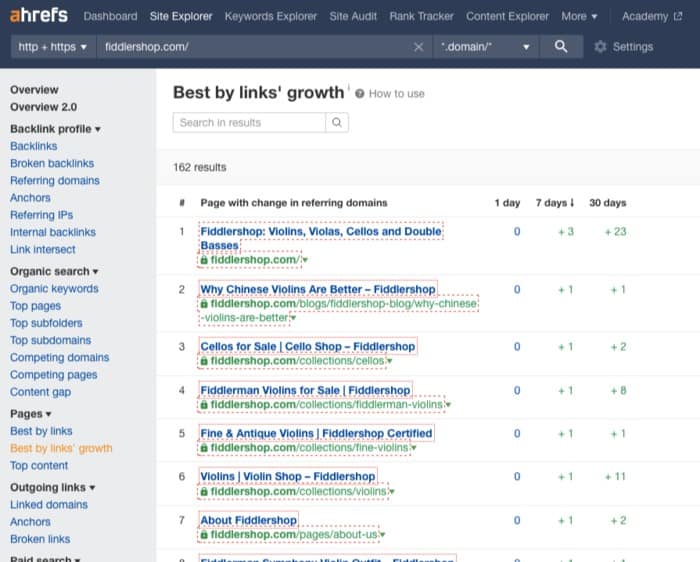
This is an important process, as you can also use it for your competitors to see what pages bring them the most backlinks.
Besides links, you also want to know this:
Know what websites bring you the most traffic.
Go to Ahrefs and view Backlinks report.
Sort websites based on Traffic.
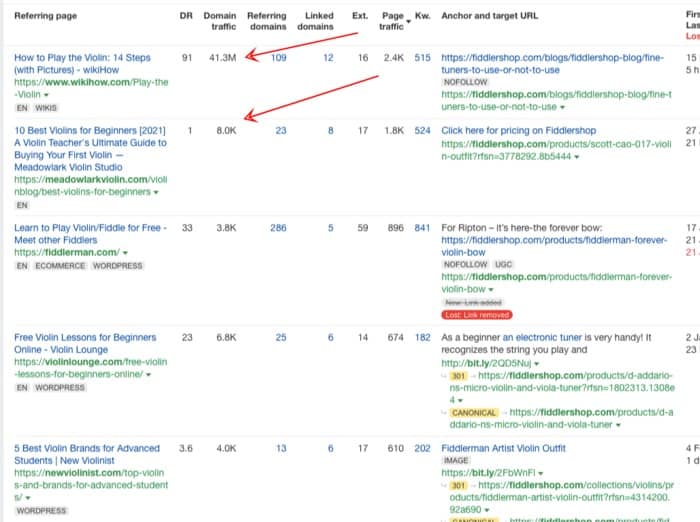
You want to know what websites pointing to your site bring the most referral traffic.
This insight leads you to improve your link building strategies.
One is to go after these publications and contribute more guest posts to increase the traffic you get from them.
Another way is to build content assets that resonate with high-traffic websites. So when you reach out to them and promote your content, you know it's something they'd be interested in linking as external sources.
Want some more actionable methods?
Read the next link building opportunity.
Discover patterns between your inbound links.
If you can identify commonalities between your most powerful backlinks, you start to understand why these people are linking to you.
Finding new backlink prospects that can help move the needle for your rankings becomes easier.
In summary, to get insights and methods by reviewing your backlink profile:
- Use "Best by links" feature to uncover content ideas.
- Use "Best by links growth" to know what pages naturally attract backlinks.
- Know what websites bring you the most traffic.
- Discover patterns between your inbound links.
Step 4: Check For Any Wasted Backlinks You Can Fix
Wasted backlinks are links that have brought value, but not giving desired link juice to your site anymore.
So what do you do about them?
Check for any wasted links and try to fix them.
How?
First:
Find broken pages of your websites with inbound links.
This is an overlooked opportunity in link building:
Pages that gained backlinks but given they are no longer function, these links are put to waste.
So, start identifying these broken pages by using "Best by links" feature of Ahrefs.
Then search for 404 pages by simply clicking the drop menu.
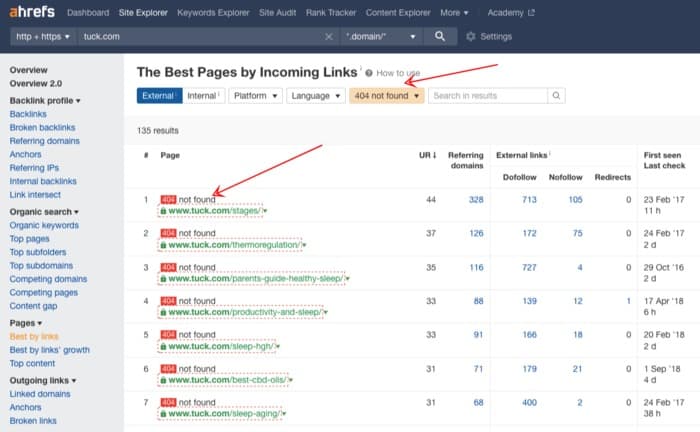
These are defunct pages with links.
Your action could be:
Redirect these broken pages to similar content on your site. This will pass link juice to your new page and, thus, help your linked-to page to rank for its target keyword.
Another plan is to create an entirely new page that covers the topic.
Once you publish your new page, you can reach out to publishers and webmasters linked to your broken page. Ask them to change their external links (from the old broken page to a new page).
Find pages with inbound links but with little to no organic search traffic.
You also want to look at pages needing internal linking to push their rankings up in search results.
How to find them first?
Once you enter the domain in Ahrefs Site Explorer, go to "Top Pages" report from Organic Search tab.
Filter pages based on Traffic maximum of 50 to only get pages that receive 0 to 50 in organic traffic.
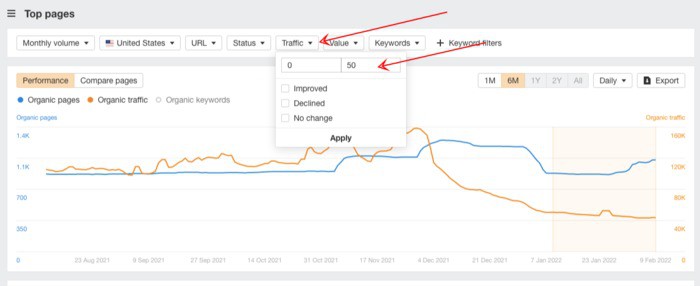
Export the results and examine them further.
Enter URLs in the Batch feature of Ahrefs so you can see how many referring domains are pointing to each page.
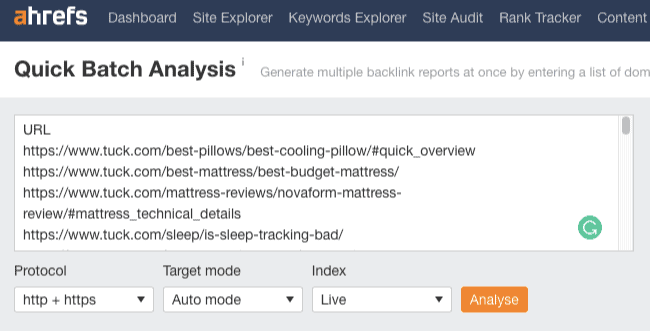
Sort the list from highest to lowest referring domains to arrive at pages with little to no organic traffic but receives a good number of referring domains.

What will you do with them?
Update and optimize this content.
Make sure on-page and off page SEO elements are added to the page. This doesn't only help the content to improve its rankings but also acquire additional inbound links.
Last thing for backlink audit:
Step 5: Strategize For Your Next Link Building Plan
After weeding out toxic links and seeing methods and more link opportunities to your website, your next action is to have a better link building plan.
This goes to say you'll think not just about the details of your website but from a view of your competitors.
Here are some tips in this last phase to make it work for your link building campaign:
Assess the right balance of distribution of efforts to your pages.
Not all pages deserve your attention if you're doing manual outreach for links.
There are only linkable assets that you can promote and could give you links from interested linkers.
Make a list of these linkable information pages.
Then, add to your list are landing pages you aim to rank for. These pages are part of your mid to bottom-of-the-funnel strategy that brings sales to your brand.
Now, you have linkable informational pages and landing pages in your list.
Here are some considerations when you decide which pages to build more links to:
What commercial pages are sitting in positions 6 to 20 in search results?
More backlinks to these pages can help improve their rankings and drive more revenue to your business. There is a huge difference in clicks from a page ranking at #1 from its competing page ranking at #6.
You can use Ahrefs to find these pages quickly.
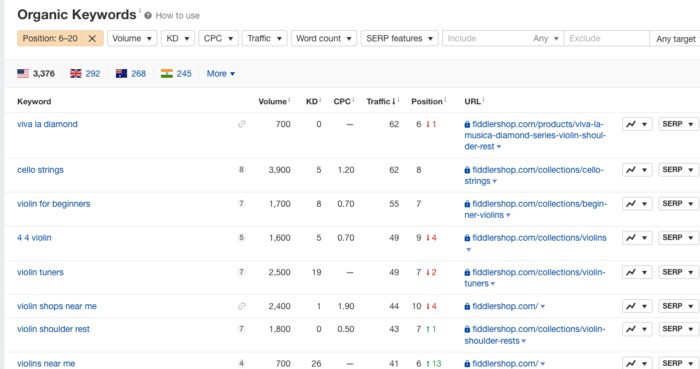
Or you can go straight to "Top Landing Pages" report.
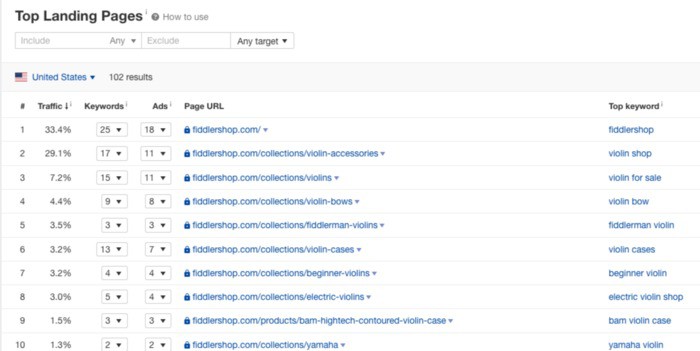
What pages are bringing you traffic but receive zero to few backlinks?
These are the pages that bring money to your website.
Building more links to these pages can drive up their rankings and increase your site's overall traffic value.
How to find them?
Enter your domain and go to "Top Pages" report.
Export the list. Then filter to less than 10 RD (Referring Domains).
Then sort the list by ascending Traffic.
Here, you'll see a list of pages with the most traffic value, but with less than 10 referring domains.
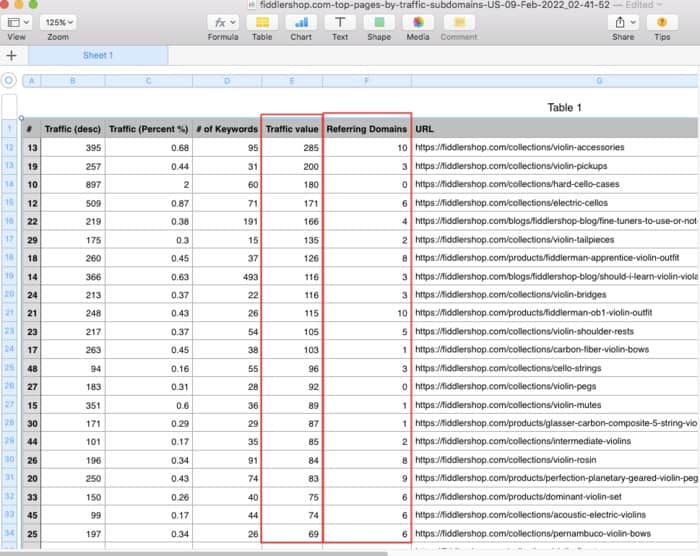
You can use our two considerations above to make a decision on which pages to push more links to.
Select pages for targeted links based on the backlink gap index. [ADVANCED]
Your next link building plan includes how to outperform your competitors.
That includes the quality and quality of backlinks you're building against them.
We've covered how to compute the backlink gap in the middle section of this guide. It is basically the difference between your site's number of referring root domains and your competitors' websites.
You can compute the backlink gap index if you want a more accurate number.
So on top of linking the root domain gap, you also compute the volume/gap ratio.
To compute this, simply divide the link gap into the search volume. See the example computation below from Garett French's guest ost on Moz.
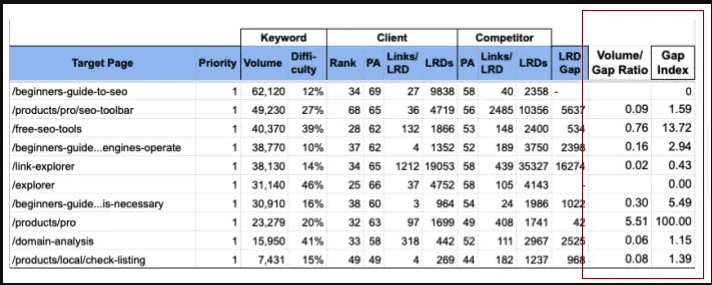
Know these two numbers: value per link VS cost per link.
Have a rough estimate of how much you spend to earn a single link.
While there are different variables to cost per link, finding a good number gives you an idea if you're spending too much.
For this section, here are good resources that exactly shows how to compute for value per link and cost per link:
Assess and Improve Your Link Building Campaign
A backlink audit aims to assess the current status of your backlink profile while identifying toxic backlinks you can remove and discovering opportunities you can maximize.
Keep this in mind. Every website is different. Some backlink audits might take days to finish; if done well, others can initially be done in 30 minutes.
Backlink Audit Frequently Asked Questions
What is backlink audit pro?
Backlink audit pro refers to thoroughly assessing all the inbound links to your website and determining their value and quality. By creating a comprehensive list of linking sites, you can evaluate each link and classify it as either beneficial or detrimental to your site's ranking and reputation. Ultimately, this analysis helps you optimize your backlink profile and improve your website's performance in search engine results.
How do I verify backlinks?
To verify backlinks, obtain a comprehensive analysis of the target's backlink profile. This will provide a breakdown of the websites referring to the target, helping you assess the quality and relevance of the backlinks. Analyzing backlinks is essential for understanding the link profile's strengths and weaknesses to improve your SEO strategies.
How do I remove harmful backlinks?
There are a few steps you can take to remove harmful backlinks:
- Reach out to the website owner: If you can identify the website owner or webmaster, you can try reaching out to them and asking them to remove the backlink.
- Use the "disavow" tool in Google Search Console: If you cannot remove the backlink through other means, you can use the "disavow" tool in Google Search Console to tell Google not to consider the backlink when evaluating your website. To use the disavow tool, you must create a list of the URLs of the backlinks you want to disavow and submit the list to Google.
- Monitor your backlink profile: It is important to continue monitoring your backlink profile to ensure that new harmful backlinks are not added. You can use a backlink analysis tool to track your backlinks and identify any new low-quality or spammy links that may have been added.
- Implement a backlink removal strategy: If you cannot remove harmful backlinks through the above methods, you may need to implement a more comprehensive backlink removal strategy. This could include using the disavow tool, reaching out to website owners, and using other tactics to decrease the value of harmful backlinks.
It is important to note that removing harmful backlinks can be a time-consuming process, and it may take some time to see the results of your efforts. However, improving the quality of your backlink profile can have long-term benefits for your website's search engine rankings.
How often should I perform a backlink audit?
It is generally recommended to perform a backlink audit regularly, as the quality and relevance of your backlinks can change over time. Some experts recommend performing a backlink audit at least once a year, although more frequent audits may be necessary for websites with a large number of backlinks or those that are facing significant ranking fluctuations.
Here are a few other factors to consider when deciding how often to perform a backlink audit:
- The size and complexity of your website: If your website has many pages and a complex backlink profile, you may want to perform a backlink audit more frequently to ensure that all of your backlinks are being properly evaluated.
- The competitiveness of your industry: If you are in a highly competitive industry, you may want to perform a backlink audit more frequently to ensure that your website is not outranked by competitors with stronger backlink profiles.
- Your overall marketing strategy: If you are actively improving your search engine rankings, you may want to perform a backlink audit more frequently to identify opportunities to build high-quality backlinks.
Ultimately, the frequency of your backlink audits will depend on your website's specific needs and goals. It is important to find a balance between conducting frequent audits to ensure the quality of your backlink profile while also not spending too much time on this task.
15 Local Citation Softwares
One of the marketing trends that has been around for a while and is still going strong is local citations. It's one of the fundamentals of good local SEO.
For the past years, Moz has been surveying local SEO experts to ask them what they believe are the most important local search ranking factors. Local citations (27.5%) and links (21.3%) are the two most important factors, according to these experts.
So, what exactly are local citations?
A local citation is any mention of your business on the web, with or without a link. The keyword here is "local."
Citations can be in the form of your NAP (Name, Address, Phone number), reviews, and mentions of your business on social media or local directories.
To put it simply: if your business is mentioned on the internet, it's considered a citation.
There are numerous benefits of local citations. The most important one is that they improve your local SEO ranking.
Other benefits include:
- Increased brand awareness and recognition
- More traffic to your website and physical location
- Improved lead generation
- Greater customer engagement
There are three types of local citations:
- Structured Citations: These are the most common and include directories like Yelp, Angie's List, and Thomson Local.
- Unstructured Citations: These are mentions of your business on sites that don't necessarily have a local focus, such as news sites and blogs.
- Social Citations: These are mentions of your business on social media platforms, such as Facebook, Twitter, and Instagram.
Now that you know what local citations are and why they're important, it's time to start building them. A good local citation software can help you with that.
What is local citation software?
Local citation software is a tool that helps you build citations for your business. It's basically a citation management tool that allows you to track, manage, and monitor your citations.
The best local citation software should have the following features:
- A directory submission feature that allows you to submit your business to the most relevant and high-quality directories.
- A citation tracking feature that allows you to track your citations and see which ones are most effective.
- A reporting feature that allows you to generate reports so you can see your progress and ROI.
- An automated submission feature that allows you to automate the process of submitting your business to directories.
- A customer support feature that allows you to get help from the software's customer support team in case you run into any problems.
Now that you know what local citation software is and what features to look for, let's take a look at some of the best options on the market.
1. Moz Local

Moz's very own local citation software is one of the best on the market. It's a complete local SEO platform that helps you with everything from listing your business in directories to tracking your progress.
Moz Local has a directory submission feature that allows you to submit your business to the most relevant and high-quality directories. It also has a citation tracking feature that allows you to track your citations and see which ones are most effective.
Plus, Moz Local has a reporting feature that allows you to generate reports so you can see your progress and ROI. And if you need help, you can always turn to the customer support team.
2. BrightLocal
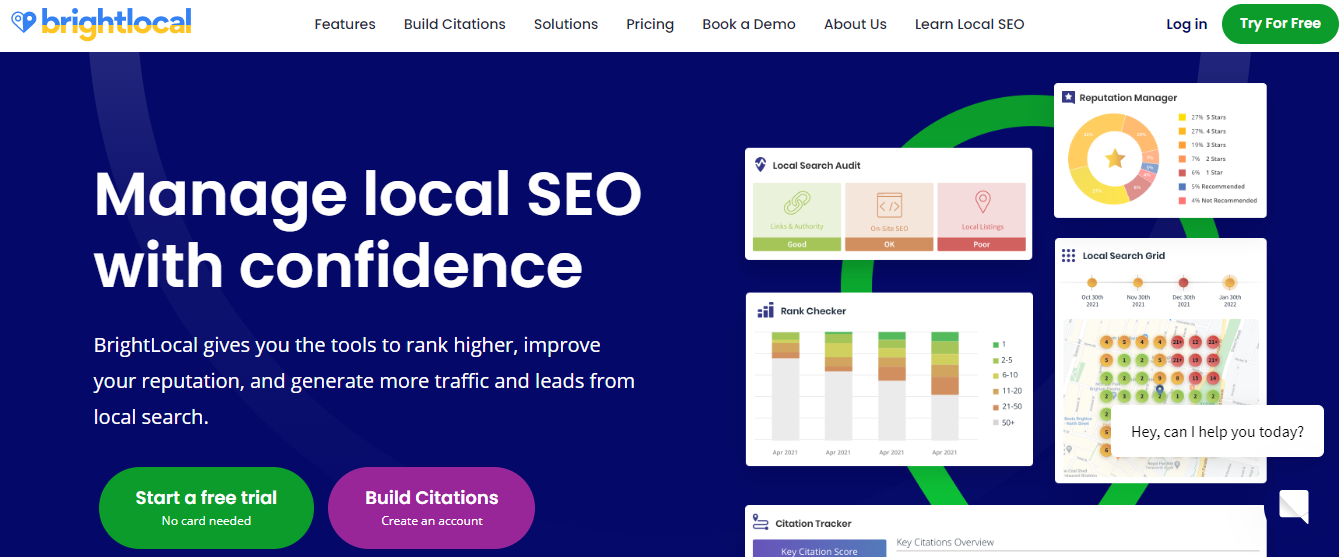
BrightLocal is another great local citation software. It's an all-in-one local SEO platform that helps you with everything from listing your business on directories to monitoring your citations.
Like Moz Local, BrightLocal has a directory submission feature that allows you to submit your business to the most relevant and high-quality directories.
3. Whitespark
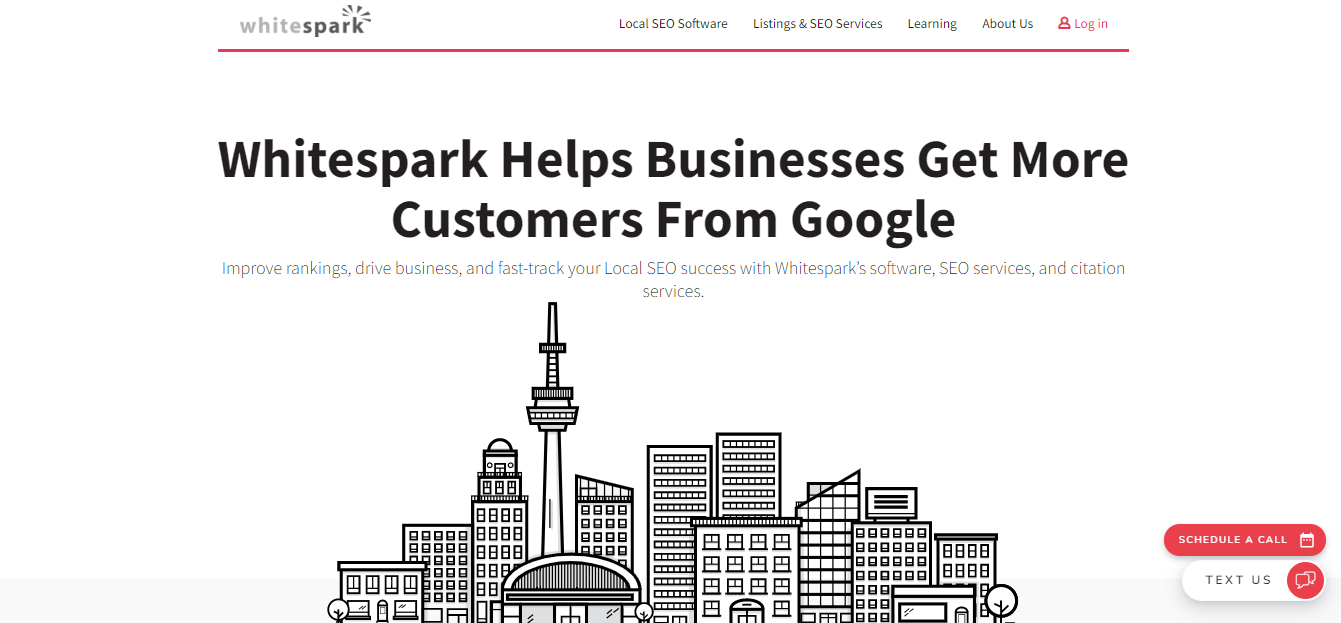
Whitespark features everything you need to build citations for your business. Whitespark is a comprehensive local SEO resource that places a lot of emphasis on local citations. It offers two citation management tools, as well as a plethora of how-tos and articles to help you optimize your technique.
4. Yext
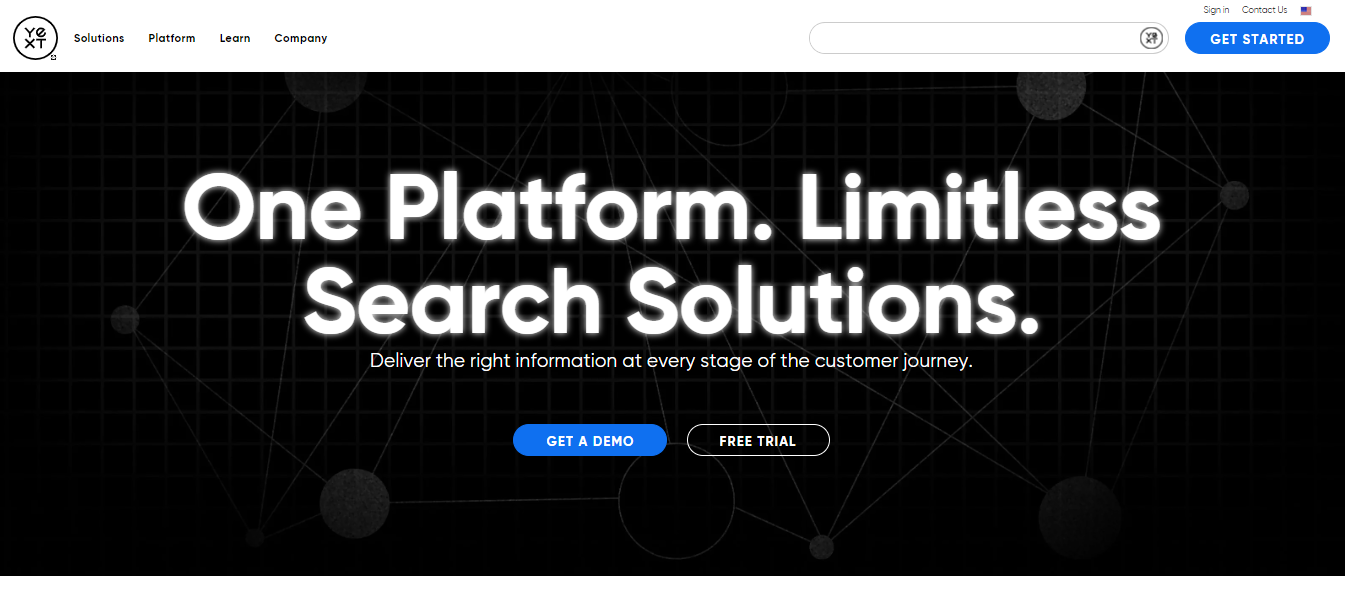
Yext is a local SEO platform that helps you manage your local listings and citations. Yext offers a variety of features, including listing management, citation tracking, review monitoring, and more.
One of the best things about Yext is that it offers a free listing scan. This allows you to see how your business is listed across the web and identify any errors that need to be fixed.
5. Synup
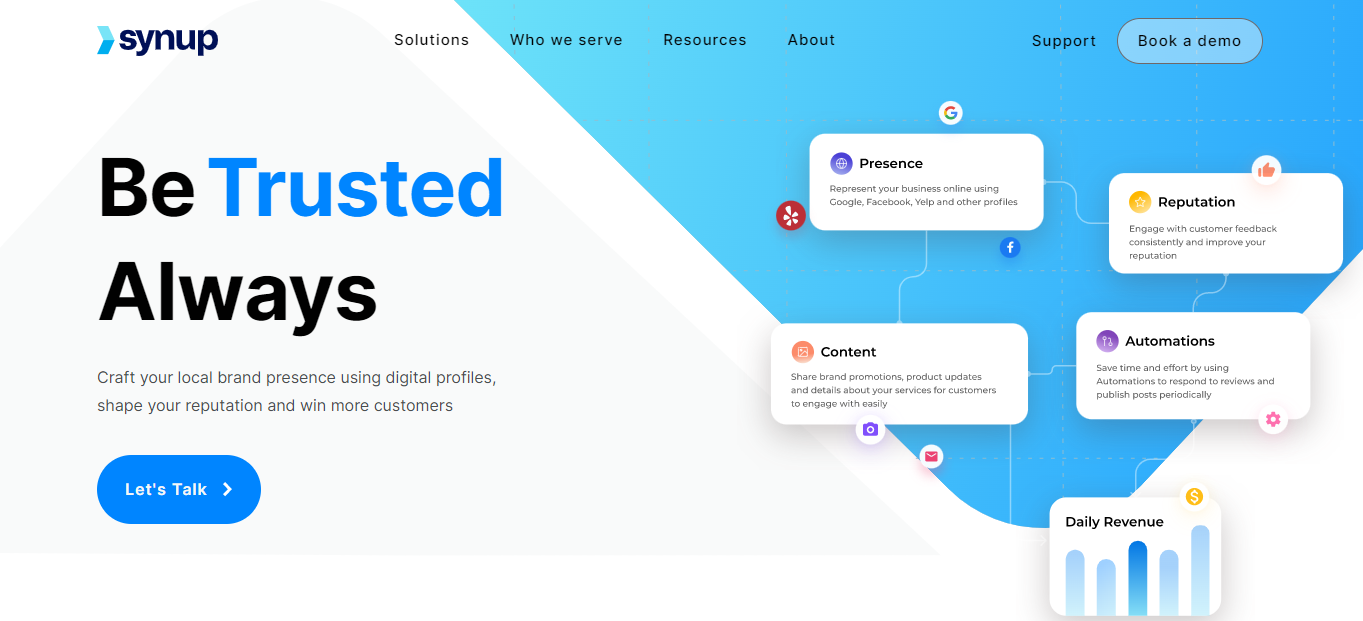
Synup is a local listing and reputation management software that allows business to boost their marketing through accurate and consistent listings. Synup allows you to manage your listings, monitor your reviews, and track your citations, all in one place.
Synup also offers a free listing scan that helps you identify any errors in your listings.
6. GeoRanker
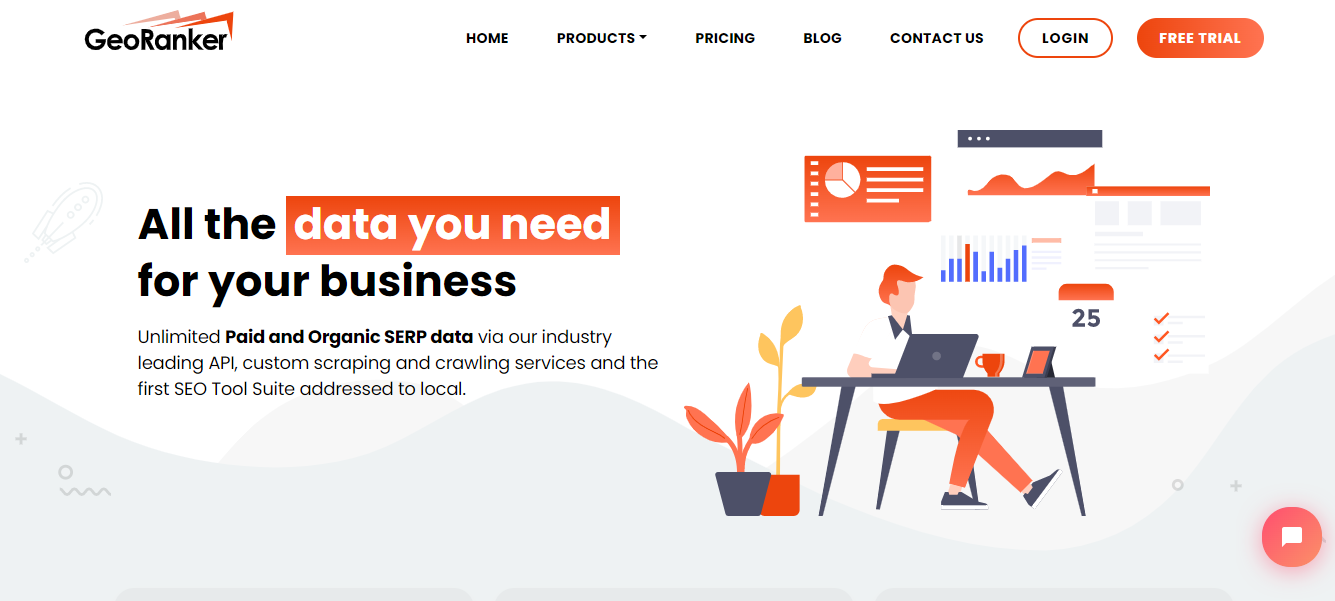
GeoRanker is a powerful local citation finder tool that helps you boost your local SEO rankings. With GeoRanker, you can easily find and track local citations for your business. The tool also allows you to monitor your competition and see where they are getting their citations from. GeoRanker is the perfect tool for any business that wants to improve their local SEO rankings.
7. ReviewTrackers
![]()
ReviewTrackers helps businesses track, monitor, and manage their online reviews. ReviewTrackers offers a variety of features, including review monitoring, review management, and review generation.
Unlike some of the tools above, ReviewTrackers is a paid tool.
8. SOCi

SOCi is an all-in-one marketing platform that helps businesses with everything from social media to local SEO. Their focus is on brands with multiple locations.
SOCi offers a variety of features, including listing management, review monitoring, social media management, and more.
9. TribeLocal
With over 200+ local listing sites, TribeLocal is one of the most comprehensive local citation services available. TribeLocal also offers a wide range of other local SEO services, making it a one-stop-shop for all your local SEO needs.
10. BirdEye
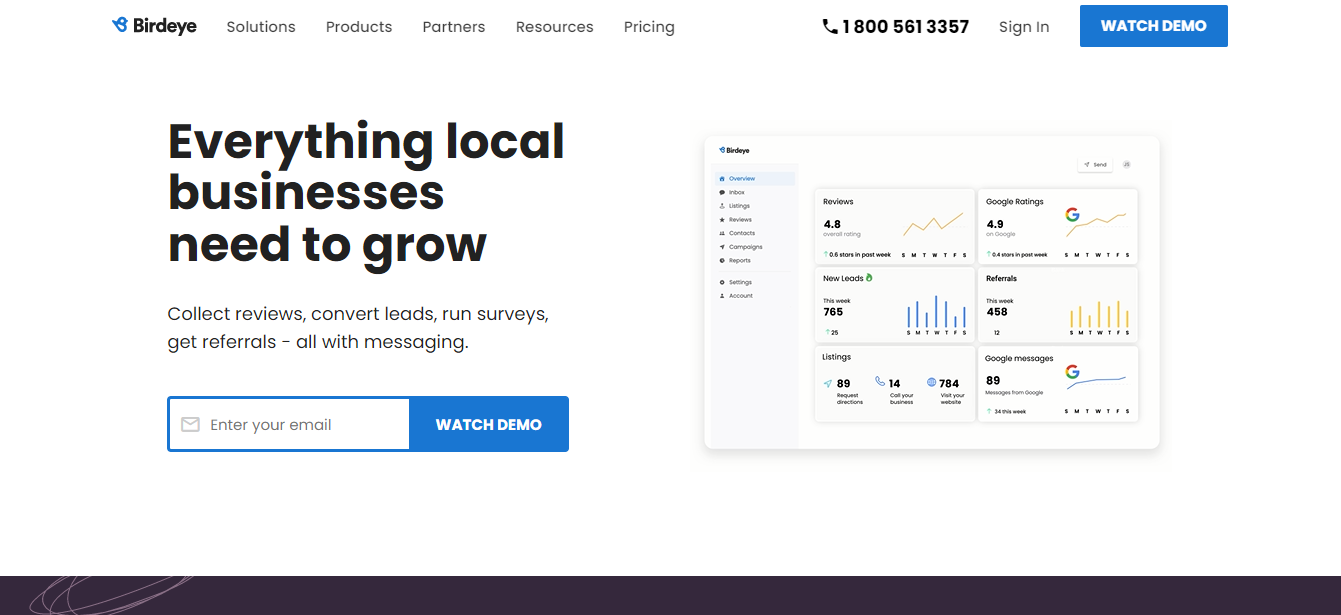
Birdeye is an all-in-one customer experience platform. Every day, over 80,000 businesses use Birdeye to attract new leads with Listings, Reviews, and Referrals, convert them into customers with Webchat and Payments. It also features surveys, ticketing, and insights - all in one place.
11. Advice Local
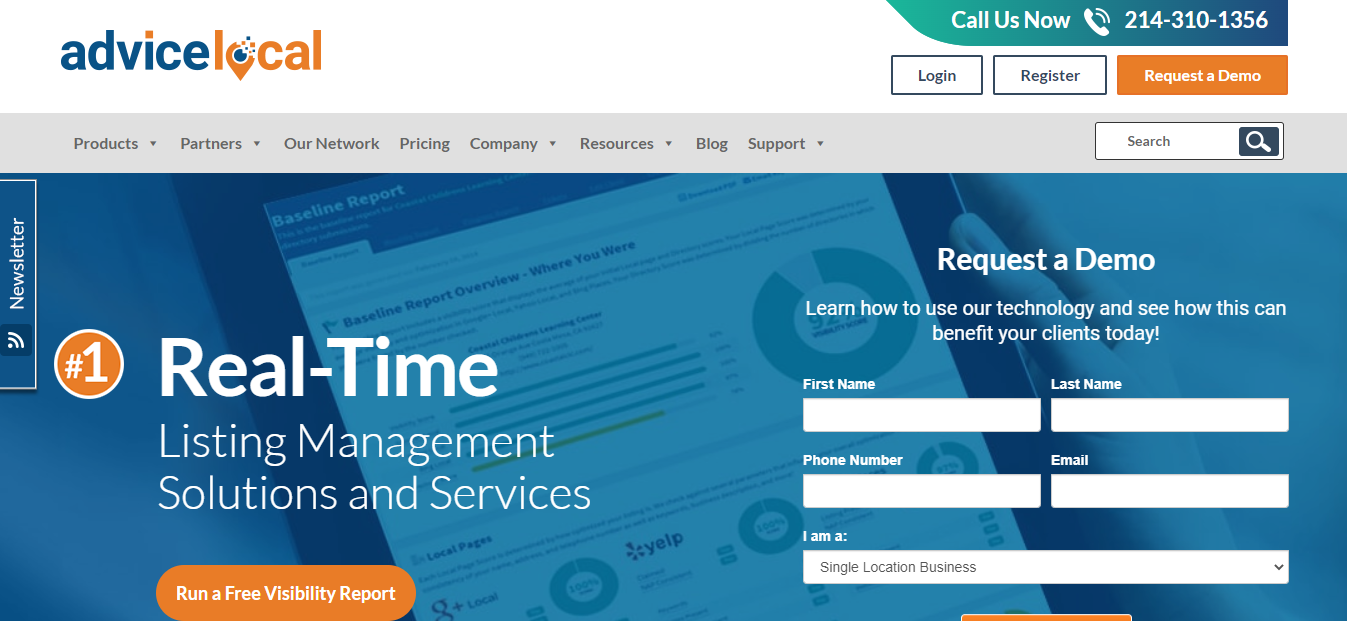
Advice Local is a software and technology firm based in Dallas, Texas. Advice local provides a variety of software-based solutions to help digital marketers in Local SEO perform their tasks. The company offers a listing management solution that utilizes hand submissions and APIs to claim and optimize large numbers of listings quickly.
12. Mypresences
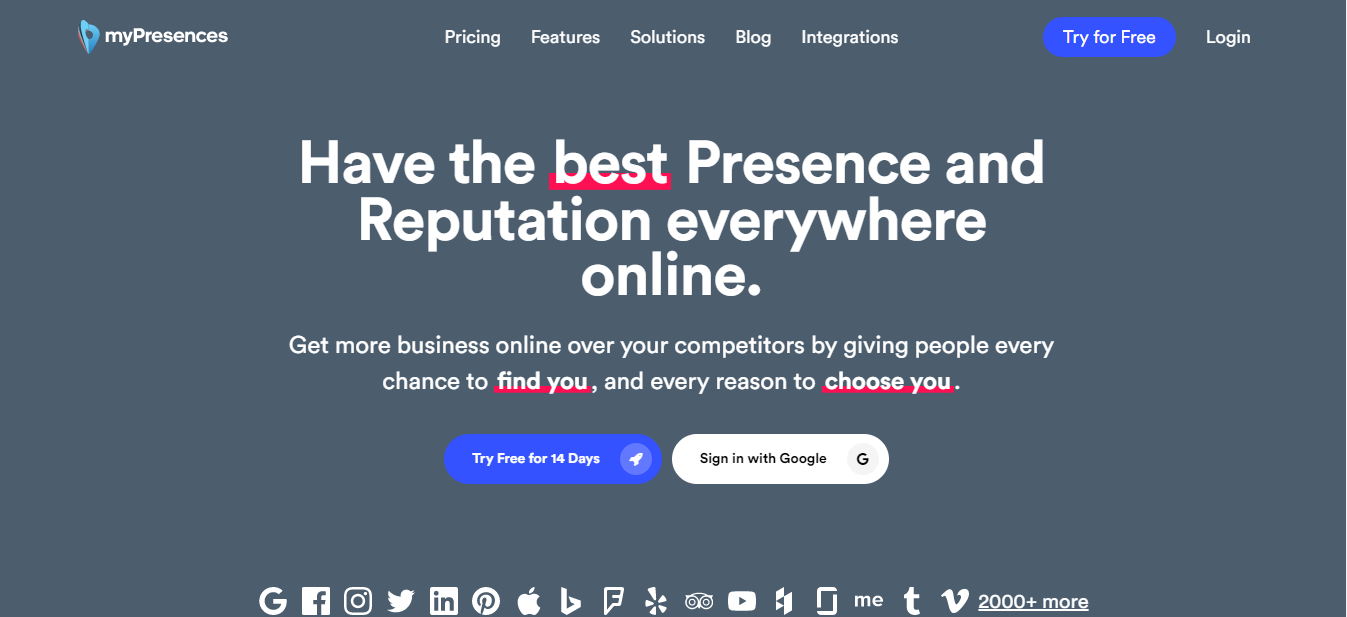
Mypresences is another top choice for local citation services. They offer a wide range of local citation services for different industry types. It lets you manage your presence on 100+ local directories with ease. You can get started with a free trial to try their services.
13. SemRush Listing Management
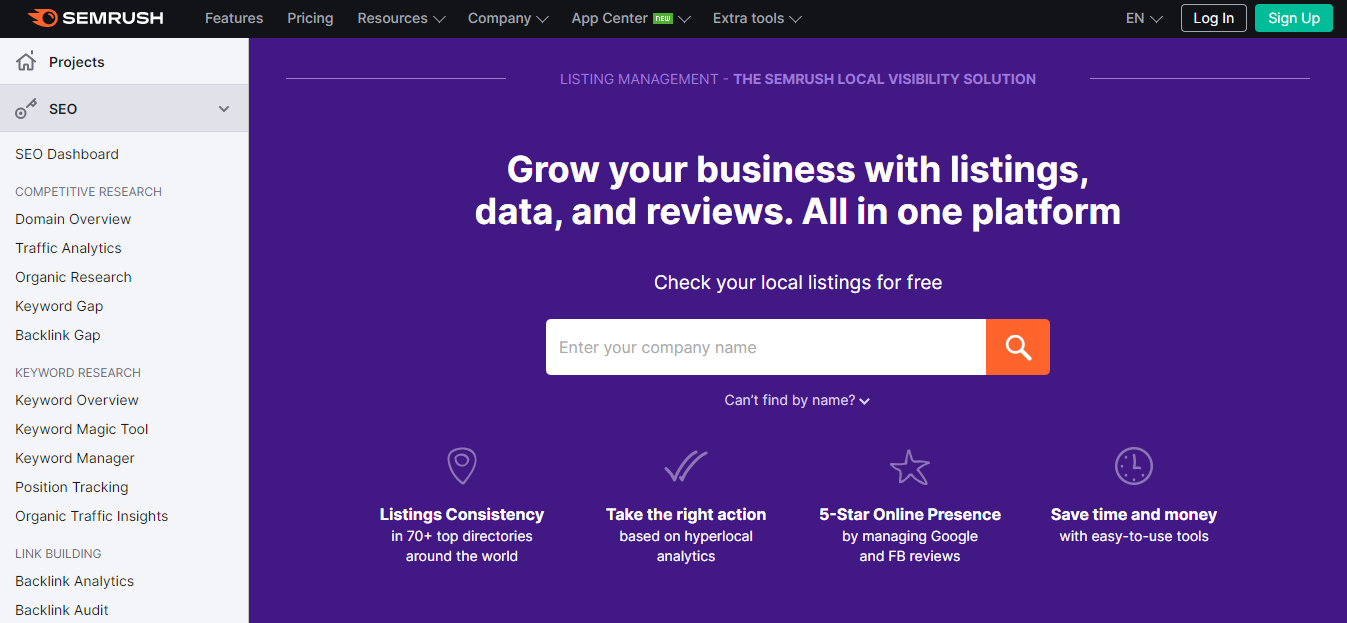
Semrush is a popular SEO software that also offers a listing management tool. This tool allows you to track your listings, monitor your citations, and receive alerts when your business is mentioned online.
Using the tool, marketers can quickly distribute their business listings through a wide network of third-party directories, avoid Google penalties by reducing duplicate postings, and manage feedback and brand reputation across platforms with ease.
14. Go Daddy Go Central
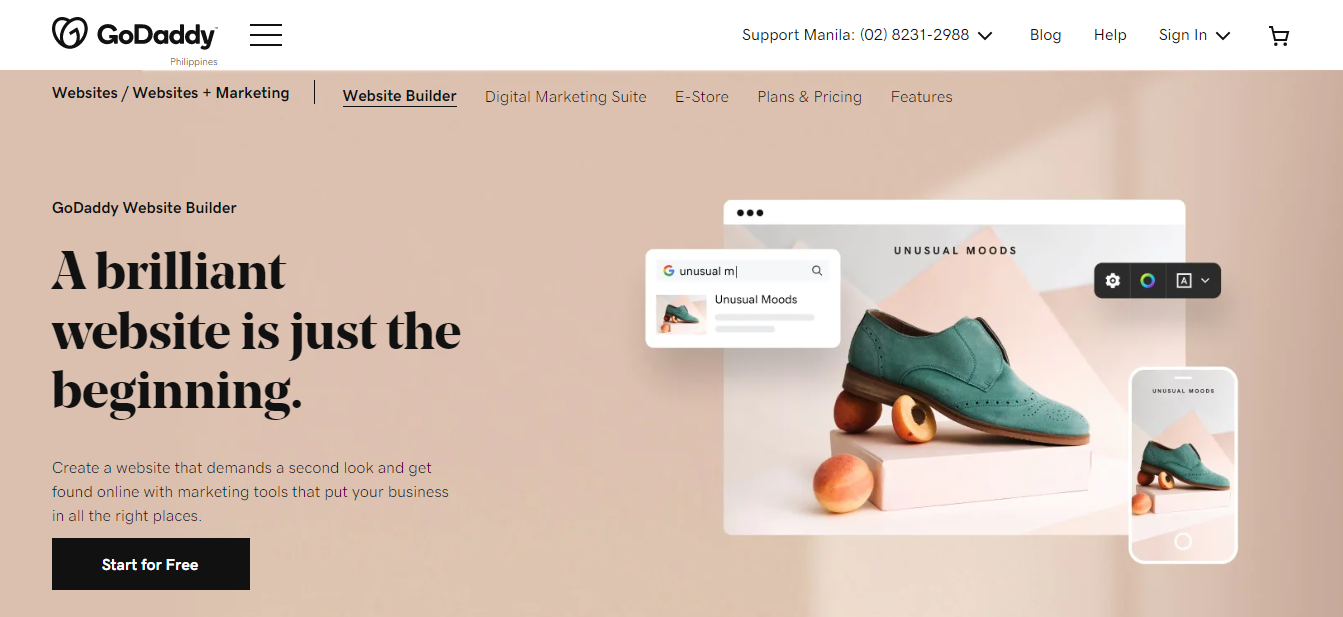
GoDaddy's GoCentral is a website builder that also offers a listing management feature. With this feature, you can track your listings, monitor your citations, and receive alerts when your business is mentioned online.
GoDaddy's GoCentral also offers a variety of other features, such as SEO, social media, and email marketing.
15. Ontolo
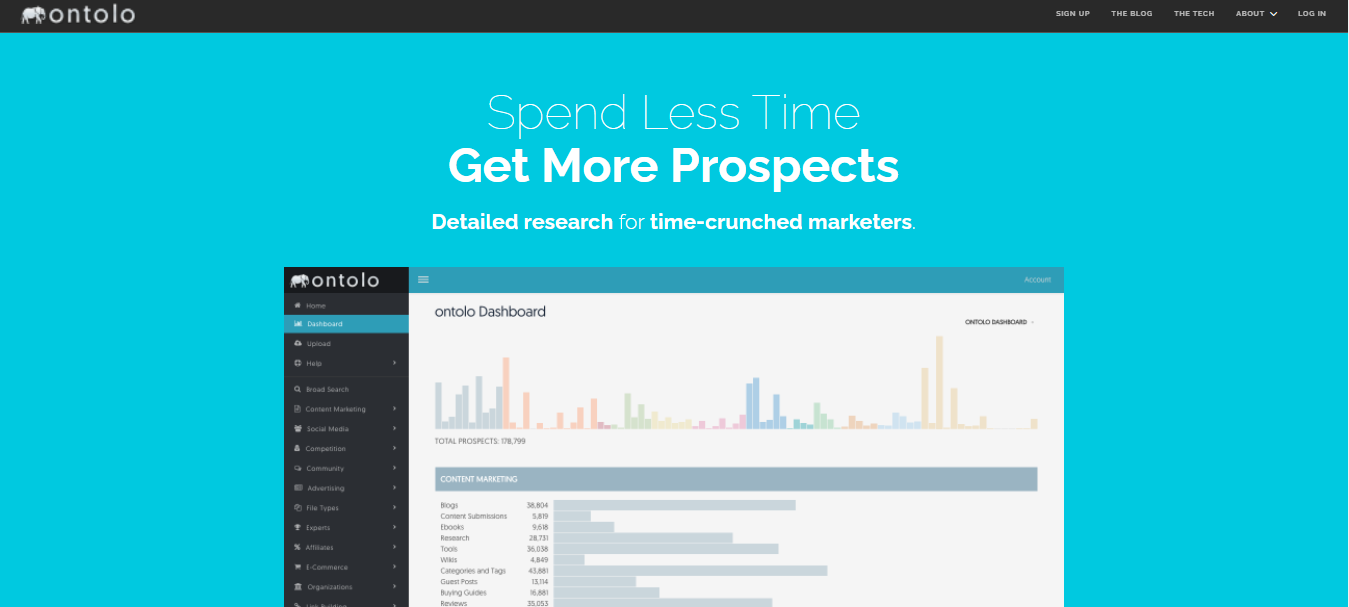
Ontolo is a data mining tool that specializes in sales prospecting and lead generation strategies. In this regard, Ontolo offers a listing management feature that helps marketers track their citations, generate leads, and improve site rankings through structured data markup.
With Ontolo's solution, digital marketers can ensure the quality of business listings across all platforms or directories and track competitor activities in real-time.
Frequently Asked Questions
What is local citation in SEO?
Local citation is a term used in SEO to describe the process of building and managing online listings for your business across various platforms and directories. This helps improve search engine rankings by creating more robust and consistent information about your business online.
What is global and local citation?
Global citation is the process of building and managing online listings for your business across various platforms and directories on a worldwide scale.
Local citation, on the other hand, is focused on improving search engine rankings within a specific geographic region.
What are Brightlocal citations?
Brightlocal citations are a type of local citation service offered by the company Brightlocal. These services help businesses build and manage their listings across major platforms and directories to improve search engine rankings and visibility in local search results.
Brightlocal citations include:
- Business name
- Business address
- Business phone number
- Business website URL
- Business category
Do citations work for local SEO?
Yes, citations can definitely help improve your local SEO. This is because when you build citations for your business, you're essentially creating more consistent and robust information about your business online. This helps search engines better understand who you are and where you're located, which can lead to improved rankings in local search results.
Citations work for local SEO by helping to create more consistent and robust information about your business online. This helps search engines better understand who you are and where you're located, which can lead to improved rankings in local search results.
To optimize your citations for local SEO, you should first make sure that all of your business listings have the same information and are optimized with proper keywords. You should also focus on building high-quality citations from reputable platforms and directories. Additionally, it's important to monitor and respond promptly to customer reviews and ratings in order to manage your brand reputation across directories.
How do you create a local citation?
There is no single formula for creating a local citation, as the process will vary depending on the platform or directory you are using.
Some general best practices include:
- Make sure all of your business listings have the same NAP (name, address, phone number) information.
- Optimize your listings with proper keywords to improve your visibility in search results.
- Focus on building high-quality citations from reputable platforms and directories.
- Monitor and respond promptly to customer reviews and ratings in order to manage your brand reputation across directories.
How do I find local citations?
To find local citations, you can use a variety of online tools and platforms, such as Moz Local or Brightlocal. These tools will help you identify and track the number and quality of your business listings across major directories and platforms, allowing you to optimize your listings for improved visibility in local search results.
Some other tips for finding local citations include performing keyword research to identify relevant directories and platforms in your industry, as well as reaching out to other businesses in your local area to exchange links or co-citations.
Finally, you can also use social media platforms like Facebook and Twitter to create new listings for your business and connect with potential customers in your area.
What are the benefits of using local citation software?
There are several benefits to using local citation software:
- Saves time and effort: Local citation software automates the process of building and maintaining citations, saving businesses time and effort.
- Improves local SEO: Consistent and accurate citations are important for local SEO. Local citation software helps businesses ensure that their NAP information is consistent across all citations, which can improve their local SEO.
- Identifies and fixes incorrect or duplicate citations: Local citation software can help businesses identify and fix incorrect or duplicate citations, which can negatively impact their local SEO.
- Tracks citation progress: Local citation software can help businesses track their citation progress and monitor the success of their local SEO efforts.
- Increases visibility: Local citation software can help businesses increase their visibility by building citations on a wide range of websites, including local directories, review sites, and industry-specific websites.
- Enhances reputation: Local citation software can help businesses enhance their reputation by ensuring that their NAP information is accurate and consistent across all citations. This can help businesses build trust with customers and establish their credibility.
Are there any risks to using local citation software?
There are a few risks to consider when using local citation software:
- Low-quality or spammy citations: Some local citation software may create low-quality or spammy citations that could harm a business's reputation or local SEO. It's important to research the reputation of different local citation software providers and choose a reputable provider.
- Violation of best practices: Some local citation software may not adhere to best practices for citation building, which could result in penalties or issues with search engines. It's important to ensure that the software follows best practices and is compatible with the guidelines of major search engines.
- Security risks: Some local citation software may not be secure, which could expose a business's sensitive information to potential hackers. It's important to choose software from a reputable provider and ensure that it has strong security measures in place to protect sensitive information.
- Dependence on software: Relying too heavily on local citation software can lead to a lack of manual oversight and control. It's important for businesses to periodically check their citations and make sure all information is accurate and up-to-date, even if they are using citation software.
- Cost: Local citation software can be expensive, particularly for businesses with multiple locations or a large number of citations to manage. It's important to carefully consider the costs and benefits of using local citation software and choose a solution that fits within a business's budget.
How do I choose the right local citation software for my business?
Here are some factors to consider when choosing the right local citation software for your business:
Cost: Determine your budget and look for software that fits within it. Some local citation software is free to use, while others charge a monthly or annual subscription fee. The price may also depend on the number of locations or citations that a business needs to manage.
Features: Consider the features that are most important to your business, such as automation, reporting, and alerts. Look for software that offers the features you need at a price you can afford.
Reputation: Research the reputation of different local citation software providers and read reviews from other users. Choose a provider with a proven track record of delivering high-quality software and services.
Compatibility: Make sure the software is compatible with your current systems and processes. Consider whether the software integrates with any other tools or platforms that your business uses.
Customer support: Look for software with reliable customer support in case you have any issues or questions. Choose a provider that offers multiple support channels, such as email, phone, and chat, and has a track record of responding to customer inquiries in a timely manner.
How does local citation software improve local SEO?
Local citation software helps improve local SEO by building and maintaining consistent and accurate citations for a business. Citations are mentions of a business's name, address, and phone number (NAP) on other websites. Search engines use citations as a way to verify the legitimacy and accuracy of a business's NAP information. By building and maintaining accurate citations, businesses can improve their local SEO and increase their chances of ranking higher in local search results.
Here are a few specific ways in which local citation software can improve local SEO:
Consistent NAP information: Local citation software helps businesses ensure that their NAP information is consistent across all citations. This is important because search engines use NAP information to verify the identity and location of a business. Inconsistent or incorrect NAP information can confuse search engines and negatively impact a business's local SEO.
More citations: Local citation software helps businesses build citations on a wide range of websites, including local directories, review sites, and industry-specific websites. The more citations a business has, the more credibility and authority it can establish with search engines. This can lead to higher rankings in local search results.
Quality of citations: Local citation software can help businesses build high-quality citations on reputable websites. Search engines tend to give more weight to citations from authoritative and trusted websites. Building high-quality citations can therefore improve a business's local SEO.
Duplicate citations: Local citation software can help businesses identify and remove duplicate citations, which can negatively impact their local SEO. Search engines may view duplicate citations as spammy or low-quality and penalize a business's rankings as a result.
Incorrect citations: Local citation software can help businesses identify and fix incorrect citations, which can also negatively impact their local SEO. Incorrect citations can confuse search engines and make it difficult for them to verify the accuracy of a business's NAP information. Fixing incorrect citations can help improve a business's local SEO.
What types of businesses can benefit from local citation software?
Local citation software can be beneficial for any business with a physical location, as well as businesses that serve a specific geographic area. This includes brick-and-mortar businesses such as restaurants, retail stores, and service providers, as well as online businesses that offer delivery or in-home services.
Some examples of businesses that may particularly benefit from using local citation software include:
Local retailers and restaurants: Local retailers and restaurants can use local citation software to build citations on local directories, review sites, and industry-specific websites. This can help them attract local customers and improve their local SEO.
Service providers: Service providers such as plumbers, electricians, and HVAC technicians can use local citation software to build citations on local directories and review sites. This can help them attract local customers and improve their local SEO.
Online businesses with physical locations: Online businesses with physical locations, such as stores or warehouses, can use local citation software to build citations on local directories and review sites. This can help them attract local customers and improve their local SEO.
Businesses that serve a specific geographic area: Businesses that serve a specific geographic area, such as a delivery service or a landscaping company, can use local citation software to build citations on local directories and review sites. This can help them attract local customers and improve their local SEO.
Overall, any business that wants to improve its local SEO and attract local customers can benefit from using local citation software.
How often should a business update their citations using local citation software?
It's generally recommended to update a business's citations on a regular basis, such as every few months. This helps ensure that the information is accurate and up-to-date. Some local citation software may offer alerts or notifications when it's time to update citations. It's also a good idea for businesses to manually check their citations periodically to ensure that all information is accurate and consistent.
In general, the frequency of citation updates will depend on the business and the nature of its operations. For example, a business that frequently changes its address or phone number may need to update its citations more frequently than a business with stable contact information.
It's also a good idea for businesses to monitor their local SEO performance and look for any changes or trends in their citation counts or rankings. If a business notices a decline in its local SEO performance, it may want to review its citations and make any necessary updates.
Overall, the key is to keep citations accurate and up-to-date to ensure that they are effective in improving local SEO and attracting local customers.
15 Insanely Actionable Tips to Increase Blog Traffic
Traffic is the lifeblood of every website because this is where most business owners and bloggers depend their monthly online sales.
Since the more traffic you can generate on a regular basis, the likelihood of earning more profit is higher.
This is why there are tons of articles that brought up this topic – traffic generation - for the past several years and I’m constantly been seeing posts every week - where some of them are just duplicates of ideas shared on other blogs.
In this post, I’ll be sharing 15 effective strategies that will help you increase your blog traffic.
1. Earn non-paid social traffic from influencers
Nudging influencers to read your post and get them shared on social won’t be too easy if there is no initial analysis on the viral potential of your topic.
Most of the time, influencers don’t just share posts because they have resonated with the quality of the content. Instead, they saw their colleagues (fellow influencers) sharing one article on social platforms.
With that, you have to consider the number of influencers who have shared trending articles on social – as a determining factor of choosing that same topic for your next blog post.
For instance, if you are looking for trending finance articles in Buzzsumo, you will end up finding this post as the top content for the keyword – finance.
[entrepreneur-financial-decisions]
You should get away with that gigantic number of social shares, simply because authority blogs like Entrepreneur.com always have thousands of social shares for each of their articles regardless of the quality of the content produced.
Instead, use another tool - Topsy to determine the number of influencers who’ve shared that post.
Use the same process for all ranking posts in Buzzsumo and consider that data (post –shared by # of influencers) to decide which topics/themes you’ll use for your next content (obviously, you’ll choose ones with the highest number of shares from influencers).
2. Build links from third party listings with high business value
Reviews from third-party sites always impact the business in terms of branding, value, vote of confidence and potential generation of leads.
For the past few months, my business has been acquiring several potential clients from a single referring web-based product site. And the most surprising part is that those 2 referring threads in one same website generated $14,000 worth of services to my business (one client – minimum of $500 conversion).
This strategy is not solely applicable to internet marketing related industries, but for any type of niche, you’ll see tens even hundreds of websites that can bring potential industry customers/clients to your business.
If you’re existing for years, then go to your Google Analytics account and list down in a spreadsheet all referring sites/pages that brought conversion value to your company (make sure you’ve setup your conversion goals correctly).
If you’re new in the industry, find domains that have high referring potentials using Google search (inurl:forum “very specific industry” – for dental clinics, you can use inurl:forum OR “business listing” “teeth).
Nudge your existing customers (with high votes of confidence to your products/services) to business listings and let them write reviews about your offerings.
3. Pull up unexpected hooks in your content
If you’ve heard psychological triggers (which are clearly explained by Brian Dean in his recent post), utility is one of the topmost considerations when writing a post, primarily because practical tips (how to’s) are very easy to learn and apply. In turn, readers would instantly share it to their peers once they’ve found it useful.
One way to strengthen utility in your post is to pull up unexpected hooks in your content.
Unexpected hooks are basically tips that are very unique in information that almost surpass the quality of other tips listed in the content. So when you pull these tips up in your page, readers can easily notice them and they’ll be triggered to share the post after reading it (“aha” or “wow” moments).
Below are some examples of tips that I pulled up in my previous blog posts since I’ve found them very unique in nature and could actually nudge readers to share or even link to them from their future content pieces.
4. Create non-branded Facebook pages
I’ve found this effective traffic generation strategy on my friend’s post which is basically creating Facebook pages that are not entitled with company names/services/products but instead labeled with simple non-commercial words/themes.
As you can see, below is an example of a Facebook page (Italy) that are not branded with a company name (except for the profile picture)
When you use Facebook OpenGraph and search for the keyword, “Italy”, you’ll see the page ranking in the search result.
The Italy page now has 66,000+ Facebook likes and will consistently earn new likes each week probably because of its ranking position and affinity potential of fans who’d have shared the page on their accounts (multiplier effect).
Creating a non-branded page for your company targeting a specific industry would greatly impact your site’s social traffic every single month, since the more users finding your page through amplification/sharing and search, the more traffic you’ll be generating through simple act of sharing your new content assets.
5. Prioritize retention for low cost Facebook advertising
With Facebook advertising, the more targeted your ads are, the higher returns you’ll get from it.
My friend, Roel Manarang personally shared a very interesting case study on how a $1-$3 USD per day spent on Facebook advertising can help generate 540 email subscribers for the website and 8000 USD more sales for the business (an increase of 40%).
The strategy is primarily focused on retention – those visitors/users who’ve engaged on the website through reading, subscribing and/or sharing posts on social platforms.
Instead of targeting new users that have low potentials of converting to a brand advocate/avid reader, the ads are targeted to already engaged users. This helps the campaign to become more effective since it actually triggers fans to become sharers of content and avid readers of the blog.
Two things that Roel is focusing on in his Facebook advertising campaign:
- Facebook Page Likes – Remarketing, $1-$2 USD per day (targeting people who visited the website).
- Facebook Engagement – Sponsored Story, $1USD (targeting people who already like the page or existing fans).
Try out this strategy for your blog and let me know in the comments section how effective it is in driving website visits/traffic, social followers and email subscribers.
Other useful resources:
6. Build an alliance for initial boost of traffic
Community sites such as Inbound.org have upvote systems that encourage people to engage simply by clicking up and down buttons on posts that had been shared.
Most of these sites consider the recency of sharing one specific post and # of votes given within hours after sharing, which boils down to one principle – the faster your post receive the highest number of votes, the easier it will rank in the list.
Having an initial set of votes to your post could trigger the system to rank it and in turn, bring significant amount of traffic to your page.
One strategy that you can use is building an alliance of engaged users within a specific community site – this will take a lot of effort in exchange for a consistent traffic generation.
I had an alliance with a few Inbound users that always upvote my posts when they were shared on Inbound.
This activity gives early boost of rankings to my posts and eventually helps my page earn its early referral traffic.
Every month, my site gets around 800 to 1500 from Inbound.org, which is a very good investment for a 5 minute traffic generation technique.
7. Use freely advertised pages for linker outreach
The value of outreach is becoming more saturated these days as more link developers/content marketers use it for one side benefit – sharing one content asset to a potential linker with the aim of acquiring a single link from the site’s resource/business listing page.
This often times result to lower responses and number of links from other relevant blogs/sites.
The most effective way to add value for both ends is to initiate creating content designed for other company pages or corporate sites.
To give you an example, we had a client who owns a tour deals website (travel niche), where its pages are mainly attractions and tours and have had lots of deals/discounts to give away to visitors.
Instead of reaching out to potential linkers and requesting for contextual links in their resource pages and business listings, we’ve decided to take a different proposition for outreach – prioritize hotel websites that have freely advertise pages published on the site.
Since we’ve given value first – creating a promotional page for them, there is a high likelihood that they’ll be returning the value – backlink.
8. Facebook comments on posts using branded pages
Facebook engagement is a no-brainer strategy to brand yourself in your target community.
However, most Facebook interactions still lack in one technique – using branded pages when commenting on other relevant pages.
This might not only add potential likes to your Facebook page but in turn, attract visitors/readers to your website as you can reference your post/page when interacting on relevant questions/discussions.
9. Post relevant Tweet quotes
Quotes are short and valuable easy-to-apply tips that can be spread widely in the social community.
With proper branding, posting quotes on Twitter would be an effective way to drive visitors to your target page (homepage or email capturing page).
Roel Manarang has been consistently posting Twitter quotes for the past several months, which are all relevant to his target community (marketing, startup and entrepreneurship).
As a result, his personal blog is attracting social signals as referral visits from social (Twitter).
10. Use email guessing to improve conversion rate
One barrier that gets outreach less and less effective for some brands is the improper guessing of personal/corporate emails of potential linkers.
Emails get stuck to wrong places when email addresses don’t fit to the right people – which will often result to lower responses and conversions (links).
One proper solution for this problem is the use of email guessing tools such as Thrust and VoilaNorbert.
Simply put the person’s name and his/her domain name then click the green button to trigger the system to find appropriate email addresses for you. Back it up with Rapportive to confirm the right address.
11. Weigh opportunities with LinkMiner
LinkMiner is the newest chrome extension tool developed by Jon Cooper of PointblankSEO and has the following powerful features:
- Check header response codes of pages faster than Check My Links
- Quickly see metrics of a specific page (e.g. you’ll see the # of referring domains for a 404 page).
- Export external links in a page with corresponding metrics, which are very useful in identifying which broken page has the highest number of referring domains.
Weighing link opportunities is one of the best things you can do with LinkMiner.
After exporting the list of external links, you can now sort them by highest to lowest referring domains to find broken pages that have high potential link sources.
This will validate your content as you can secure beforehand an approximate number of links you’ll earn from a broken link building approach.
12. Try out 30-day blogging challenge
There has been a trending strategy in the blogosphere nowadays – 30 day blogging challenge.
As the phrase implies, the blog will have to publish new blog post every single day for 30 days.
You have to test out the strategy throughout the month and analyze the results at the end of it – in terms of traffic, email subscribers and/or social signals.
This strategy would be possible for your blog by following these actionable tips:
- Create an editorial calendar to confirm available resources and ensure consistency throughout the campaign.
- Set goals for the whole campaign to motivate yourself and other blog writers (if you have multiple contributors) to provide the best quality of information in each and every article they publish (goals could be percentage of traffic increase and/or increase in email subscribers).
- Ask other guest bloggers from relevant websites to write for your blog. Make sure you emphasize some incentives in order to sustain the quality of each blog post (incentives like brand exposure, getting exclusive access to premium products/services, additional email subscribers, direct lead generation, etc..).
- Test other content formats to cope up with blogging frequency (i.e. videos and podcasts/audios).
Test out this strategy for your blog and see how it can gradually impact your blog traffic.
13. Reference older posts from industry engagements
Industry engagements are good branding strategy for newly established blogs especially if the engaged website has thousands of users that can potentially be targeted for sales.
Referencing older posts from community discussions/threads is one of the common techniques to engage yourself with other community users and eventually brand yourself as someone who’s adding enough value to every relevant discussion – a good noticeable element to attract followers from other sites.
With content referencing, the best way to engage is not just to include a link in one discussion but become like someone who’re also looking for answer to his question.
An inclusion of link with proper description of the resource/page is enough to drive clicks to your page and constantly bring new referencing visitors to your site when the discussion pikes up its trending potential.
14. Traffic-heavy guest blogging
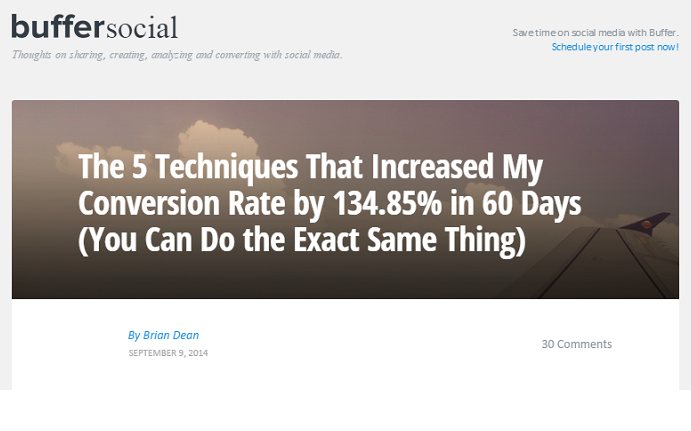 There are hundreds of blog posts that discuss guest blogging both in shallow and deep levels.
There are hundreds of blog posts that discuss guest blogging both in shallow and deep levels.
But one thing that lacks in almost all these articles is the idea of clicks.
Guest blogging is an effective branding strategy (as you all know) but it’s also a great traffic generation tool for blogs that don’t have much exposure in the industry, considering that quality information produced in guest posts would trigger its current visitors to follow the contributor’s blog – which should be main reason why you do guest blogging.
Let’s take Brian Dean’s guest post as a good example of this strategy.
There are many key strategies we can absorb from his guest blogging strategy, and here are some of them:
- Providing real life examples is better than just writing practical tips since these examples can easily nudge readers to apply the tips to their own daily activities because of the idea of proofs.
- Special bonus section could increase potentials of absorbing potential email subscribers from the blog – it’s a direct lead generation approach after the readers consume the post.
- Long form content triggers more active social sharing and amplification (distributing of one’s content from one platform to another).
Invest in creating at least one solid guest post every month with unexpected hooks pulled up in the post and see the results for yourself.
15. Create long tail data-based content
For most content marketers, creating a content packed up with data and credible sources is an expensive activity, since it will mostly require money to gather this information.
As more and more authority blogs are publishing expertly-made content, sourcing references for data-based content is now possible.
With Builtvisible’s Content Strategy Helper, this becomes more doable and can be used in any of the following methods:
- Consolidate trending topics from UK & US social networks, news sites and government data sources into one spreadsheet and validate topics that will best gain interest for your website.
- Create a list of bloggers/editors/influencers that are associated to specific search queries. This would initially give you opportunities for potential outreach/press coverage.
- Add credible references to your content in order to increase its credibility for readers/consumers.
Other useful resources you can check out:
- The Content Marketer’s Guide to Google Consumer Surveys
- Generate better content ideas
- 24 Untapped Ways to Get Ideas For Your Next Blog Post
If you are looking for a link building agency to partner with you, then don't hesitate to contact us today.
How to Get Articles Published in Major Publications
There are two ways to build your brand through content marketing:
Start producing 10x content on your blog or get your articles published in other websites' publications.
In this post, we cover the latter.
In this article, you’ll learn how to get articles published in major publications in four steps:
- Start building your writing portfolio
- Choose publications to write for
- Pitch yourself to become a contributor
- Write content for their audience
How to Get Articles Published in Major Publications
This process isn't a sure-fire formula to success, but it will give you chances to land on big publications.
Let's start this simple process.
1. Start building your writing portfolio
Big publications will either invite you to write for them (that depends on your authority and expertise built on the subject) or become a contributor by pitching yourself.
I vouch for the latter because that's something you can control.
However, you can't pitch yourself to write for a publication without any samples of your writing.
Accepting opportunities is easier when your prospects know the quality of your content.
Also, having your editorial links link to your blog's main content from your guest posts would be efficient — if you have content assets ready on your blog.
So, start writing for your blog. Make it as 10x content as possible. Always think of its intended purpose of using it as your portfolio when pitching other publications.
10x content creation involves having experts or industry practitioners write for your blog. That said, if you haven't had one available in your team, you may have opted for this option:
Hire domain experts to write for your blog or other blogs.

An article about health written by a freelance writer is different from an article crafted by someone who has 10 years of experience in the medical field.
The latter content comes from first-hand experience. The article includes examples, tests, own versions of examples, and other things that will make it easy to convince readers to finish the content. The web piece adds tremendous value to the readers.
The cost of hiring a domain expert who can write for you depends on their expertise, their vertical, length of content, and other content factors. In our experience, it can start at $100 going up to $2500 per content piece, even higher for the highly technical fields.
It is best to consider the expert's writing portfolio, not only his or her writing capability.
If he has written multiple articles for different niche publications, hiring him as a domain freelance content creator for your target blogs would be worth hundreds of dollars.
Now, that's how you start to build your writing portfolio.
2. Choose publications to write for
You can't choose to write to all the publications in your industry.
Being selective is necessary so that you can build momentum over time.
What are the things you have to consider?
Check publications' target audiences
Choose publications that match your target audience.
This is a no-brainer, yet many brands fail to identify their audiences and aggressively pitch publications immediately.
Even if you land an opportunity for an authority blog, the odds of returning their audience to your site decrease.
So start knowing who you want to write for.
In cases when you're in a very specific niche, there may be limited publications to get your articles published.
Not all industries have many writers, publishers, and content creators. Some have a high demand for publications — mommy, local, etc. Some verticals have just a handful of publications to pitch to.
One recommended option is for you to target shoulder niches.

Shoulder niches are a basic idea of Brian Dean wherein you find niches that you can tap into for a guest blogging opportunity.
Check publications estimated organic traffic
If your intended purpose is to write for other niche major publications, you want to ensure you get the most value from it — basing it on the website's ability to drive readers to your brand.
Use Ahrefs, or SEMRush to check the publication's estimated organic traffic.

Majestic offers the ability to discover the exact category of the website. This will help you assess whether it fits your brand well.

Check publications engagement
This is an additional factor you can consider. Given that not all blogs or publications have high community engagement, where people post their own insights through the comment sections, it is still a good metric for assessing major publications to get your articles published.
Check publications requirements for contributors
Every publication has different requirements for its contributors — whether you wish to submit a one-time off article or become a regular contributor.
You have to know this because even before you send an outreach email to the publisher, you can gauge your chances of placing an opportunity.
Are they looking for industry practitioners who have had several articles written already? What topics of expertise are they looking for?
Even the minimum number of words required for each article will help you estimate your cost budget if you wish to hire domain experts to work with you.
All these things can be seen in the contributor pages of a publication. So check that first before you pitch them.
3. Pitch yourself to become a contributor
The pitching process is challenging to get your articles published in publications.
The reason is very simple: if you can't prove to yourself you're worth a try to contribute an article, you miss the opportunity.
That’s not to say you can't pitch again, but by doing it once, you should give your best try as much as possible.
Since publications receive tens or hundreds of guest blogging pitches daily, they already have ways to figure out which ones are worth a response. Some publications require an exact phrase to include in the subject line of an outreach email — this filter out any mediocre outreach emails.
On value proposition and personalization
Always do your research about the publication. Know the publication's needs regarding content and topics they care about.
You can't hit and miss every time.
Begin thinking of value proposition by providing better topics when doing outreach for guest blogging. You can find any content gaps in the industry that you (your team or your domain writers) can create content. You can check out my detailed entire process of content gap analysis.
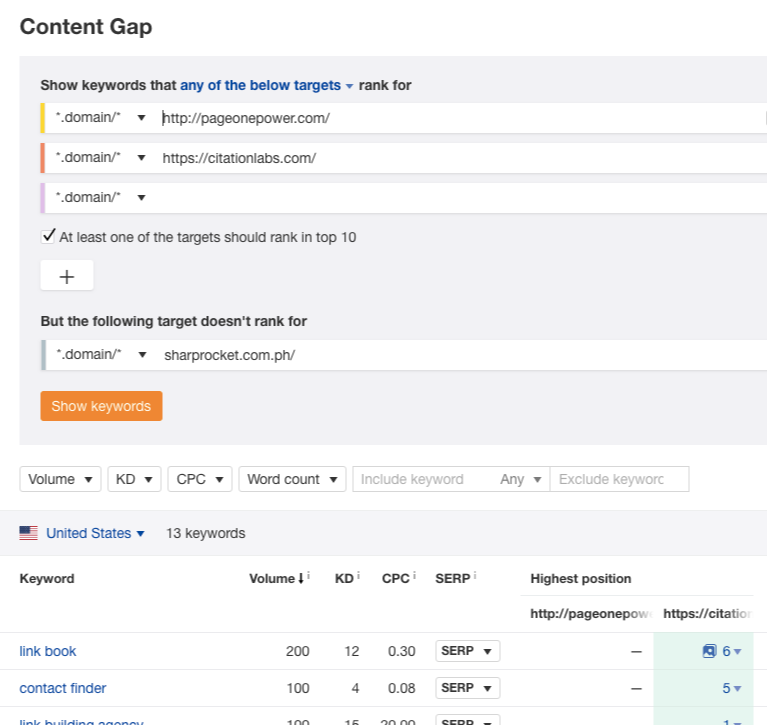
Be highly targeted when pitching. Doing so may take a couple of minutes, but it would be worth your effort if you land one or two in your initial campaign.
Based on Pitchbox email outreach study, personalization for subject lines can boost the response rate of emails by 30.5%, while personalizing the body of email content can have a 32.7% better response rate than those emails without any personalized messages.
Remember, to get better outreach placement rates, start offering a ton of value to whom you're pitching.
Use domain outreach persons to scale outreach campaigns
Remember hiring domain experts to write for your blog or other publications?
It's also the same process you can take when scaling outreach campaigns. But this time, for setting up an effective outreach campaign.
Consider creating your own outreach persona with multiple effects for niche-related clients/ brands. Specifically, you can tap into that outreach person for every relevant client, as this has enough writing credibility to get into someone's publication.
Test pitching to assistant editors and support functions of publishing teams
One tip for increasing response rates is to look for emails of assistant editors of the publication, not just emails of main writers, authors, or publishers.
The reason is that assistant editor normally have the function of filtering emails referring to any publication matters. They know which and which is for publication. Therefore, those people are more responsive to emails about content contributions.
4. Write content for their audience
Once the publisher approves your topics, it's time to write the content.
Overall, the content you should be writing depends on the terms, agreements, and requirements of the editor.
Content assets that are customized, experiential, and expertise-driven can get articles submitted to major publications.
Doing so requires some inspiration.
One tip is to list websites to inspire and help you generate content ideas, format, and style for your industry.
Create your own public or private Twitter list of websites generating the best content in your industry.
Other Ways to Get Your Articles Published on Publications
Besides pitching to become a contributor for major publications, you can apply other methods to get the same exposure on those sites.
HARO
You can check out my extensive guide on using HARO effectively. It is a solid tool for anyone seeking free opportunities (mentions and links) on relevant content publishing websites.
Interviews / Round-ups
Link roundups aren't dead. It's such that most of the roundups published in many industries aren't generating engagement from readers as they used to.
One of the primary reasons is the sub-par quality content creators make when curating answers from experts and influencers in their industries. A few examples are:
- One generic question was thrown at, so the likelihood of the interviewees' answers' similarities will be higher. Without it being curated well, there is high friction of less engagement to consume the entire blog post.
- Topics chosen have been generated multiple times (e.g. SEO tips, link building tips, real estate tips, success tips to __, etc..). The content length is at a maximum level, yet repeated topics won't satisfy the readers anymore.
Start looking for roundups that offer great value to your intended audience. HARO now has opportunities for round-up-style contributions. Assess the quality of the possible roundup content, the type of questions, and what types of blogs they'll be published.
Here is an example of a good link roundup: What 15 CEOs Learned Building Top Agencies by ConverxionXL

Why did it work?
- Questions were categorized based on the desired flow of the topic (from individual contributor to agency owner, landing that first big client, scaling people, processes, and financial acumen, and marketing an agency that's lived off referrals).
- Written appropriately in story form with the flow with coherence and consistency on the subject
Further Resources:
Getting Your Articles Published in Major Publications Takes Time
If you are starting to build your brand, start penetrating mid-tier publications. Then embrace higher opportunities once you have a good writing portfolio.
Success in content marketing takes time. It involves a process to eventually reap the benefits of additional branding opportunities, backlinks, and assisted sales.
How to Get Your Articles Published Frequently Asked Questions
How much does it cost to publish an article?
The average cost to publish an article ranges between $100 and $2,500 based on the revenue generated and the total number of published articles.
Is it hard to get articles published?
Yes, it can be challenging to get articles published. Whether you're a full-time freelancer or an aspiring writer, publishing can be demanding. It requires not just a compelling story and unique writing style but also persistence and perseverance to overcome the obstacles that come with it.
How do I publish my first article?
To publish your first article, follow these 7 tips: choose the right journal, read the submission guidelines, structure your paper properly, write a compelling abstract, thoroughly revise and proofread your work, address reviewer comments effectively, and be persistent. By following these steps, you can increase your chances of publishing your first paper in a journal.
Where can I publish articles for free?
To publish articles for free, you can explore platforms like Medium, a popular site for sharing your writing, or consider utilizing Linkedin Articles if you're already on the platform. Other options include Publish PDF, Scoop.It, Issuu, Yudo, Article Alley, and PUB HTML5. These platforms provide opportunities to showcase your work without any cost.
Link Building for Local SEO [27 Strategies For 2025]
This is the most actionable guide to link building for local SEO.
You'll learn here how to build backlinks for any local business on a shoestring budget.
Also, you'll discover some advanced strategies for 2025 (and beyond) that I never shared anywhere.
Let's get started.
1. Use Job Portals For Quick Backlink Wins
When building links for our clients, one of the first questions we ask is, “what's the existing content asset in the client’s website we can use as USP for linker outreach?”.
This question breaks the “content mental block” often experienced when strategizing what link acquisition tactics require content to create to acquire high-quality links.
Interestingly, we’ve discovered that there are existing under-utilized pages published on client’s sites that we can use to show/provide to publishers and content creators to get them to link to the client’s page.
A great example of this content is “jobs portal”.
A “jobs portal” is a directory/curation of all job positions available in a local area.
Your brand can even curate available positions for a specific industry (e.g. “tech startup jobs in New York”).

For some local brands I’ve audited, the jobs portal is inherently the first few pages published on their sites. It serves as a content hub for their local partners, like local professional organizations looking for new team hires.
The jobs portal caters specifically to the “job seekers” linkable market with a lucrative number of links pages.
Link prospecting for this strategy is pretty much the same as how you’ll normally do it for a resource page link building or broken link building strategy, but the difference is just that you are only looking for a local linkable market - “jobs links/resources pages in Boston” for example.
You can start prospecting using Google search with any of the following search queries to collect your initial set of local link opportunities:
- “job search” “resources” “CITY”
- employment” inurl:resources “CITY”
- “job hunting” resources “CITY”
- inurl:careers “CITY”
Expand your list by reverse engineering other local job portals or job board sites.
By checking which pages link to local-relevant job board sites on this page, I collected a few more tens of local links pages.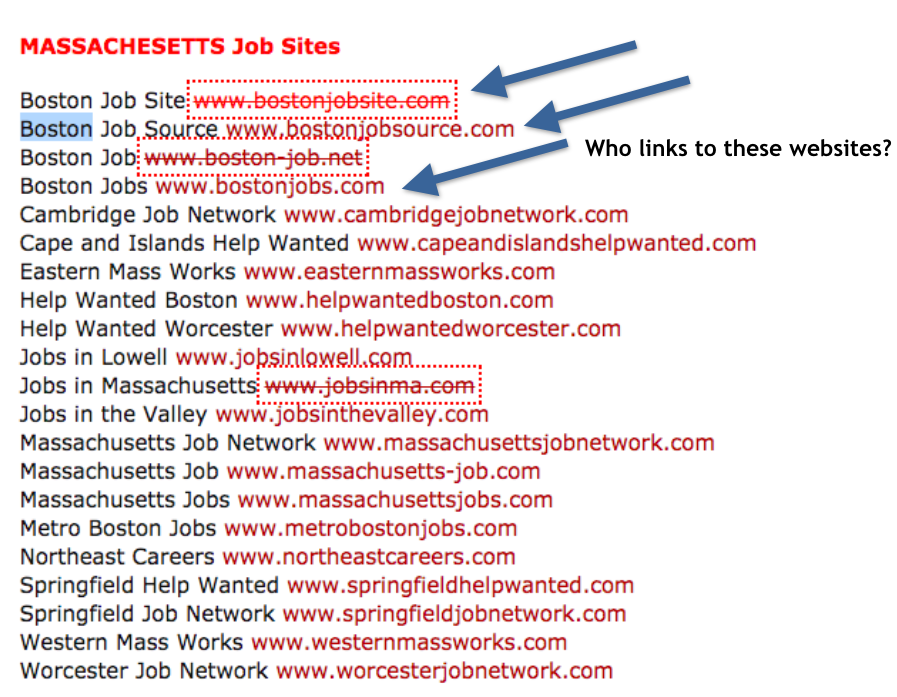
Once you have generated your list of prospects and their contact details, you can start engaging them through your outreach campaign.
Spend a few extra minutes to check if there are broken links on a prospect page.
If all links are working, simply request to be included as an additional resource on their links page.
I’ve found it helpful to add subtle changes to email copies to emphasize the local relevance of the jobs portal or any other local content pieces I’m building links to. I usually add lines for:
- The best section on the resource page to add the client’s local content
- Who is the target audience of the content?
- A few recommendations for content that serves as a social proof

With proper execution, we were able to acquire links:
2. Create Localized Visual Data
Image link building (infographic-based link building) is getting more saturated as more brands try to pick up on it. But with the right audience targeting, accurate data, and impressive design, visual data can still prove its effectiveness in getting high-value links, especially if it’s been massively promoted through different content distribution channels.
One way to get started with this approach is to find a local piece of content created by other publishers who had extensive research on a particular subject matter and transform it into a visual asset.
To give you an example, recently, we’ve been looking for a piece of content that we could well turn into an infographic.
By searching for available public data on different trusted sites, we’ve found a research study on teen dating, abuse & bullying with respondents in New York, New Jersey, and Pennsylvania.

Side note: here are a few public data sites you can source information from for your visual assets:
- https://www.data.gov/
- https://socrata.com/resources/
- https://datahub.io/
- http://data.worldbank.org/
- https://www.reddit.com/r/datasets/
We’ve checked if the public data is still relevant in the current year, as we want to get the most recent study as much as possible (the latest we consider is 2016).
One way that helped us assess the relevance and credibility of a public data piece is by looking at the version history section. For example, the research study we considered was initially published in 2012 but has been updated for 2016 (indicated in the version history section).
Then we strategize how the public data content can be turned into an infographic without cursing the target audience with knowledge.
Given that the research study has two sections: teen dating & abuse and teen bullying, we’ve decided to choose teen dating & abuse and keep the latter for future content references.

The hardest part of visual data link building is content creation.
As an agency, there are two ways to attack this: outsource to a freelancer or hire an in-house graphic designer.
We chose the latter simply because it’s time and cost-efficient.
Produced the visual data (partial image below):
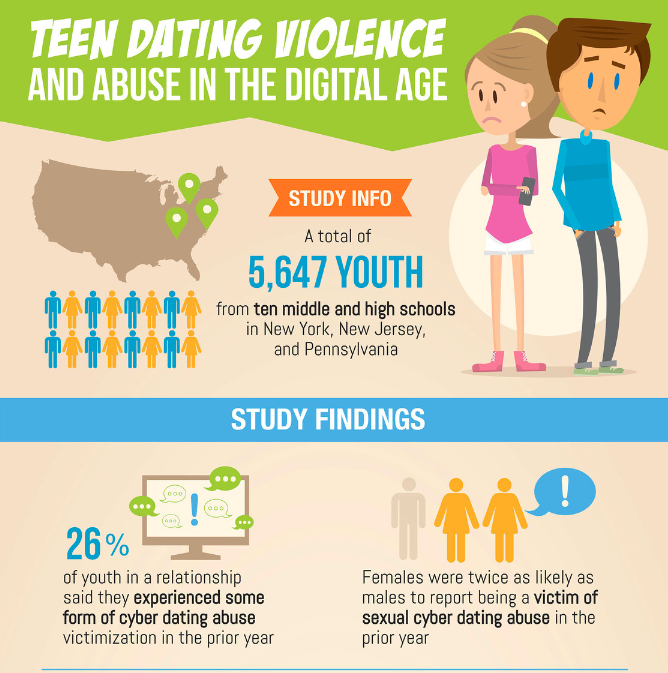
Then we spent most of our hours looking for potential link partners or content publishers interested in the content piece we produced.
We begin prospecting using the following local-centric queries in Google search:
You can also use Reverse Image Search or Tineye to find and track any local-based infographics for local bloggers and publishers who distributed these pieces on their blogs.
If you’ve been running out of prospects, you can tap other industries and look for local publishers who still cater to the targeted audience of your content.
In our case, we tapped local legal publishers with the injury/sexual harassment categories in their sections.
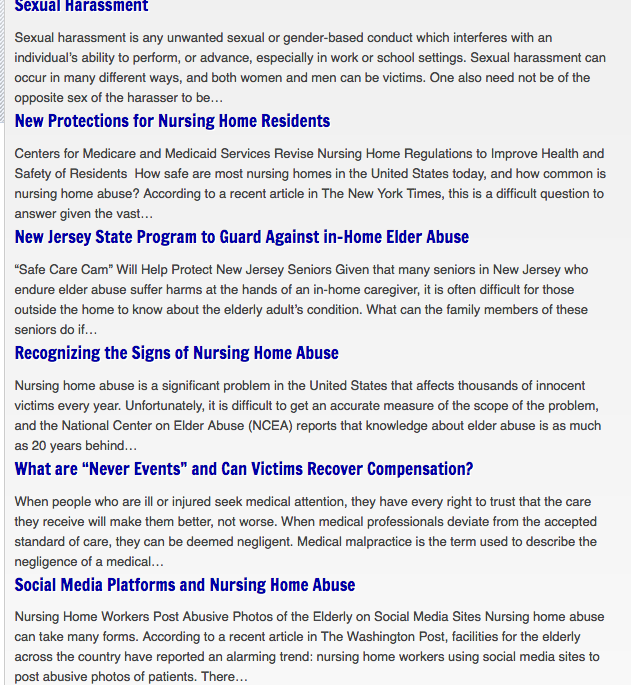
As for the outreach, make it easier for local prospects to know interesting facts about your visual data. It is best to state some numbers and your target audience to build the context, relevance, and credibility of your content piece.

You can test the two-blogger outreach process to capture your prospects’ interests initially, then eventually send the link pointing to your visual data (or attach it to your email conversation) if they’ve positively responded to your initial pitch.
Useful Resource: The State of Backlinks for SEO in 2021: What 800+ SEOs Think About Link Building
3. Realize Opportunity In "New To An Area" Pages
For local link building, what I’ve found to be the most quantitative (high amount) in links/resource pages are those that cater to audiences relocating/living in a new area or city.
Typically, these pages provide lists of resources/references that a person new to an area would definitely find.
Here are some examples of local “new to an area” topics:
- Quality schools in [City] or finding the right schools
- Local laws in [City]
- Tourist information, local attractions, or things to do in [City]
- How to get here
- Volunteer listings in [City]
- Moving and relocation in [City]
- internet & cable
- my neighborhood
If you are marketing a brick-and-mortar business, a local attraction, a local professional organization, or a utility company (i.e. internet cable), it’s best to get your initial set of links from this type of resource page.

You can start prospecting by using “page-level” qualifier queries (which I highly recommend if you’re looking for “new to an area” topical pages) through Google search.
If you're prospecting for "things to do in [City]" pages, here are the following search queries that you can use:
- inurl:"things to do" [City]
- intitle:"things to do" [City]
- inurl:links activities in [City]
The above approach is an alternate option to the basic link prospecting queries for resource page link building (i.e. using inurl:resources OR inurl:links “keyword”). It expands your search for link opportunities that don’t necessarily have the title tag or URL qualifiers (intitle and inurl).
The next step is to reach out to webmasters of these links pages and offer your website to be included as an additional resource on the page.
I’ve found it helpful to prepare short lines/descriptions to be added to the links page along with your link. It can help remove webmasters’ burden of thinking about what texts to add that describe your brand/website (e.g. best description of your local attraction).

If you’ve executed it properly, you’ll get a link.
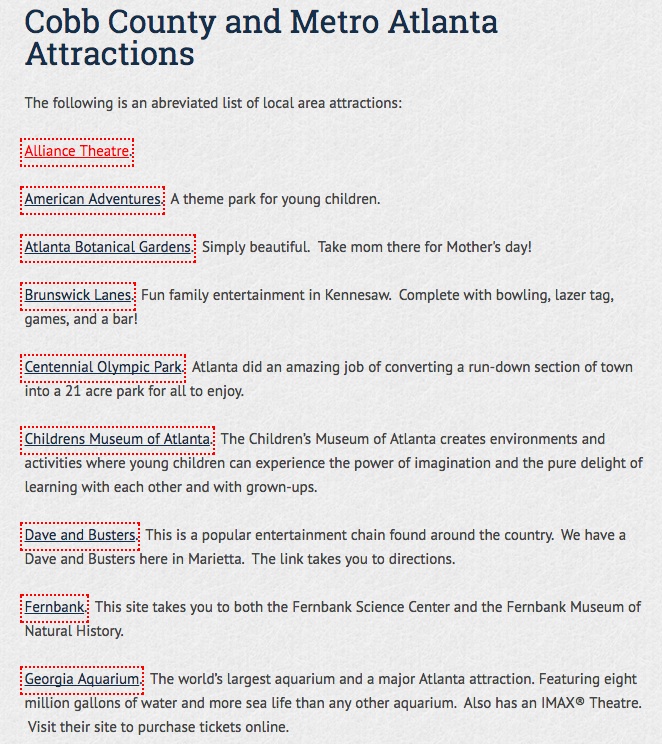
4. Get Resource Links From Summer/Off-Campus Housing [City] Pages
Summer housing/off-campus housing pages are resource lists of available housing options for students and interns in a local area.
This type of webpages can positively generate exposure to brands they’re linking out to and provide possible leads for brands’ services since the page focuses on recommending rental offerings currently available in the area.
The closest vertical that can benefit from generating high-quality links from summer housing [city] pages is real estate, particularly local apartment brands, housing, and rental services companies.
National brands with apartment rentals in different cities can also use this link acquisition technique by acquiring links from summer housing resource pages available in cities they cater offerings. The more cities they’re marketing to, the better they could take advantage of this local link building tactic.
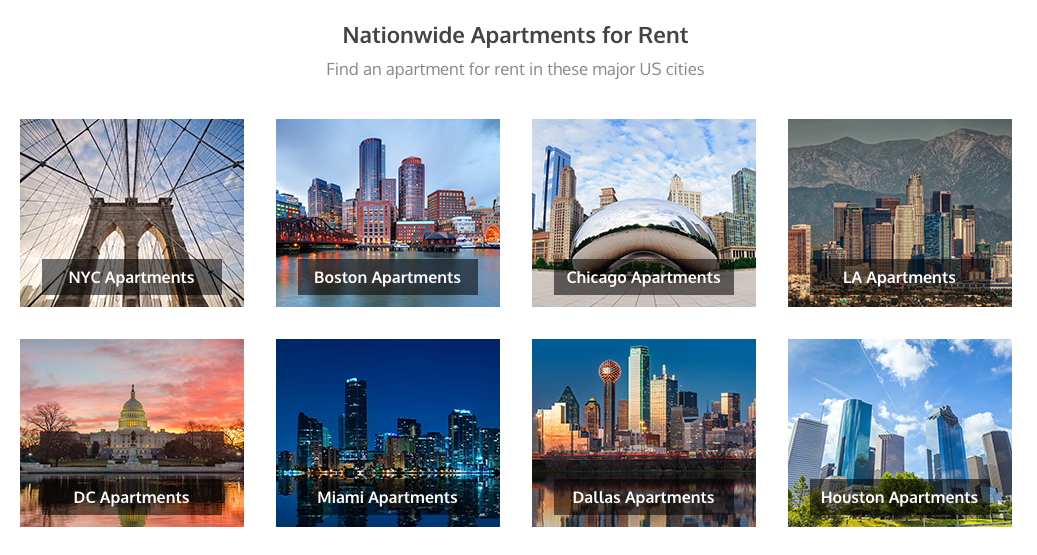
You can start this link approach by creating a list of targeted link prospects from Google search results - using any of the following search terms:
- “Off-campus” housing [city] “resources”
- “Student housing” [city] “resources”
- “Internship housing” [city] “resources”
Populate your list by checking broken domains for inbound links from summer housing pages. A simple plug to your favorite link checker tool can help quickly assess the number of unique referring domains pointing to these dead websites.
For example, this extinct site that used to be an apartment rental site has 75+ unique referring domains that include solid .edu sites links pages. A quick look at it can reveal tens of potential summer housing pages that can be added to a link list.
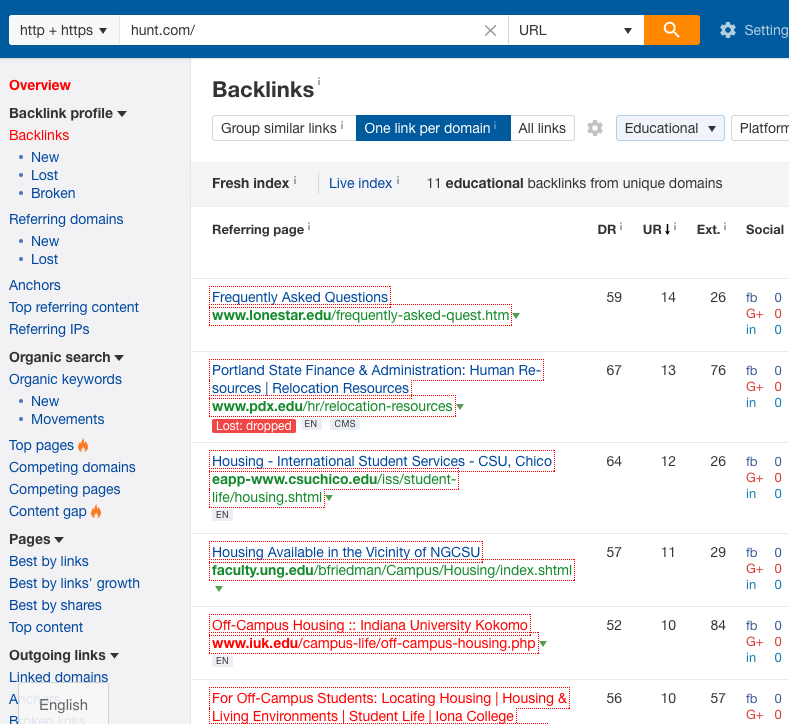
Then craft email copies you can use for your local outreach that is straightforward and easy to personalize.
Finally, acquire the link:
5. Serve FSQ With Local Content
Creating content that’s really hard to do and that is better than its competitors is definitely one of the best ways to stand out as an authority publisher in the industry and acquire high-quality in-content links from other content publishers on the web.
In addition, ensuring that the content piece has well-served its audience by providing their needs through the useful information on the page can increase the chances of building and earning backlinks from highly relevant sites.
For local content creation, here are topics that are frequently searched (FSQ or frequently search queries) by a local audience and linked to by local publishers:
- Street occupancy and moving permits
- [city] neighborhoods
- Helpful moving tips or things to do before you move
- Resources for landlords & tenants
- Homeowner resources
- Voter registration
- Address change
The main key to success in creating local content is to be succinct while being so much helpful in providing the details that the local audience needs.
Coming up with a guide that sums up all of the items mentioned above for people looking for direct information is an extremely useful content asset with a high chance of earning links from local content creators.
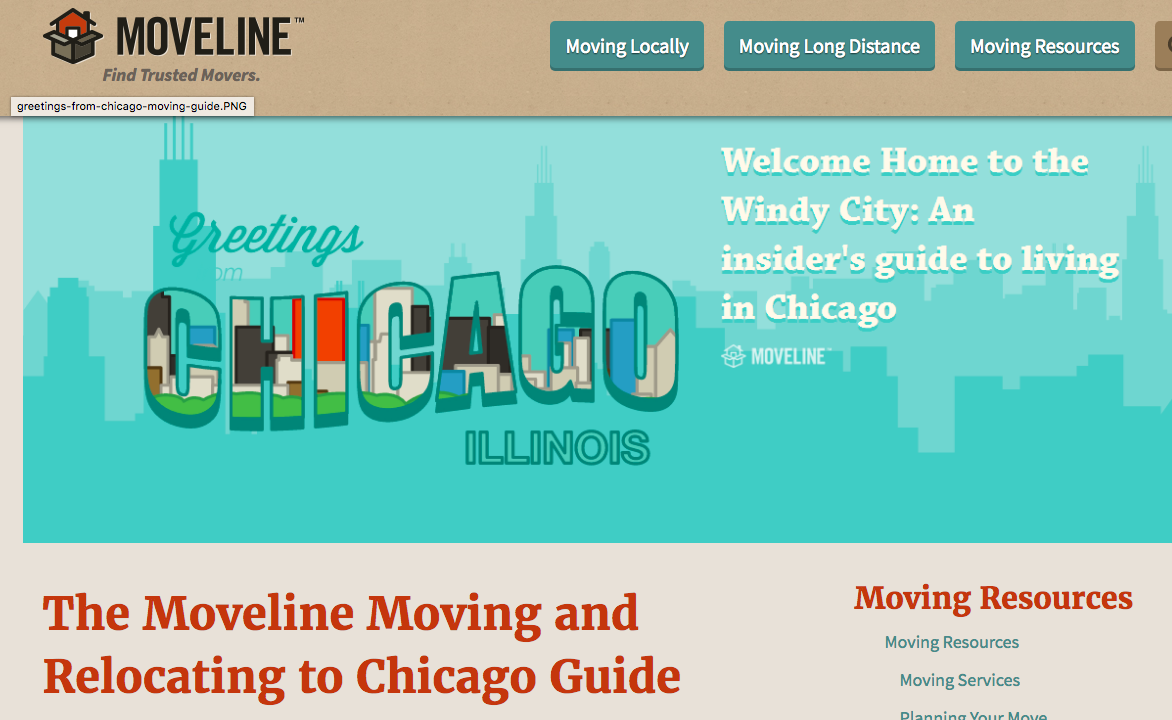

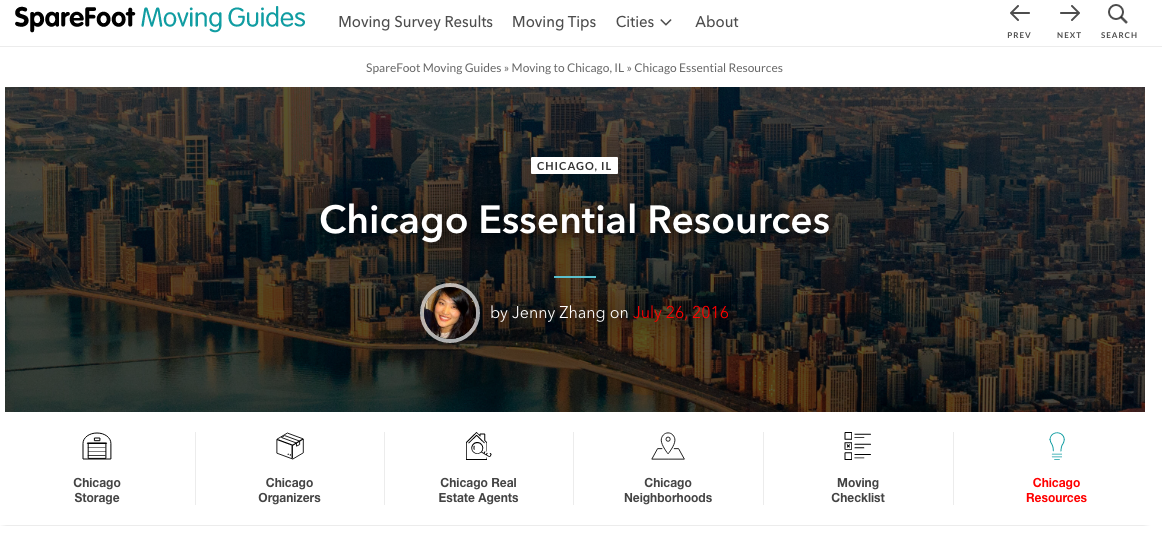
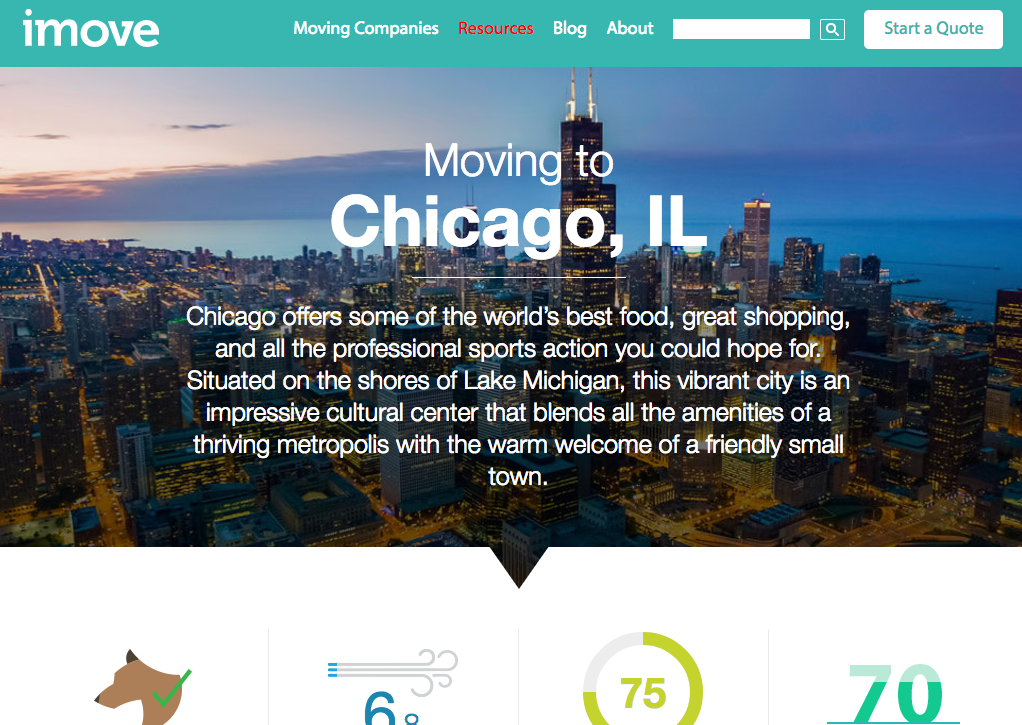
6. Seed Answers For Long Tail Online Discussions
Conversation marketing is a highly effective brand-building tool for local business owners, marketers, and an agency that markets local clients who don’t have a huge budget to spend building a strong brand presence online.
While it’s time-consuming, the amount of effort put into value-added conversations can invaluably bring momentum and exponential growth of links and drive referral traffic and potential leads for the business.
One of the best ways to start this approach is by joining online communities where your local target audience participates and looking for direct information.
For example, if you’re promoting a local attraction site, answering questions on StreetAdvisor can be an initial jump to your conversation marketing efforts.
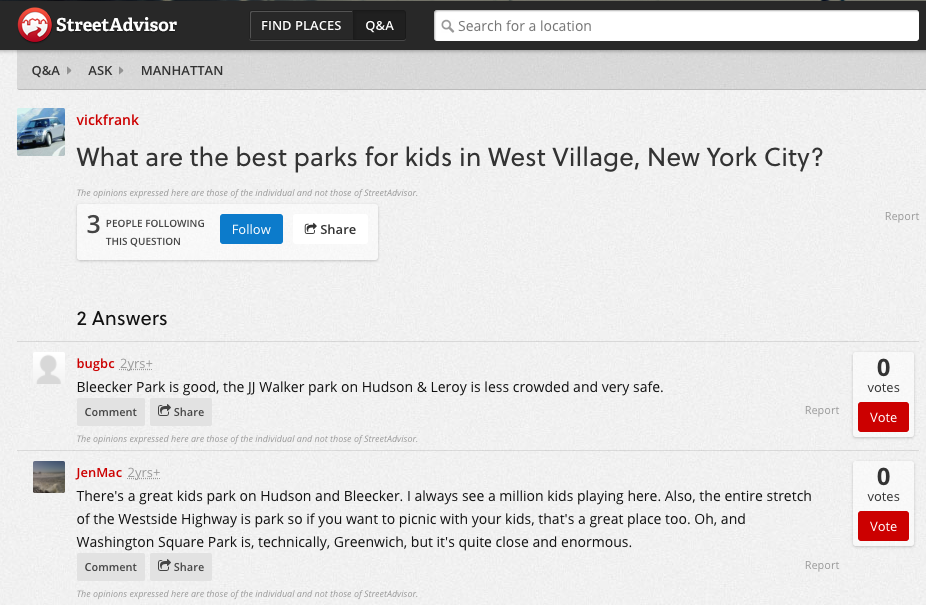
Below are some ways that you can do to leverage and scale conversation marketing for your local business:
- Do Google searches for direct questions that people are seeking to find local businesses and attractions (e.g. best [product/service] in [city/area]) and spot-on local and niche-specific forums that are currently ranking in the first two or three pages in search results - these online pages still receive a few tens/hundreds of organic traffic and may bring valuable traffic to your website.
- Choose an in-house team member with a strong knowledge of the product/service you’re offering and let him/her spend 20 to 30 minutes daily participating in local online discussions.
7. Promote Your Local Content Using Reddit
Reddit is a community news aggregator site that has its own ranking algorithm to decide which referring link deserves to be placed on the front page for a specific subreddit.
If you’re launching local content that contains a compelling story/data and design-driven images, such as infographics, then Reddit is a place that you can utilize to put more eyeballs on your content (increasing the amount of traffic you’re getting).
You can start by identifying specific subreddits relevant to your local brand. Do a Google search for site:reddit.com “keyword” OR “city,” manually check each subreddit and see if they cater to the audience with the same demographics you’re targeting.
Create a list of relevant subreddits and their current number of subscribers and online users (photo credit: Siegemedia).

It is best to take a few minutes to check referring links placed on the front page of each subreddit to assess content types (images/videos/data) that best resonate with the subreddit audience. You can add a column for Notes or Remarks in your spreadsheet to mark content formats/types.
Once you have the Reddit data to base your content upon, you can produce niche-specific content pieces that are context fit to those local subreddits.
You may want to check out this comprehensive post on creating content by building traffic sources backward from Reddit.
The next step is to customize social buttons on your content by adding a Reddit button, for example, to make it easier for Reddit users to upvote your content.
Another approach that you can make to increase the likelihood of ranking your story on the front Reddit pages is by reaching out to like-minded individuals in your industry or sharing your subreddit link with an online group of marketers to get more upvotes for your client’s content piece.
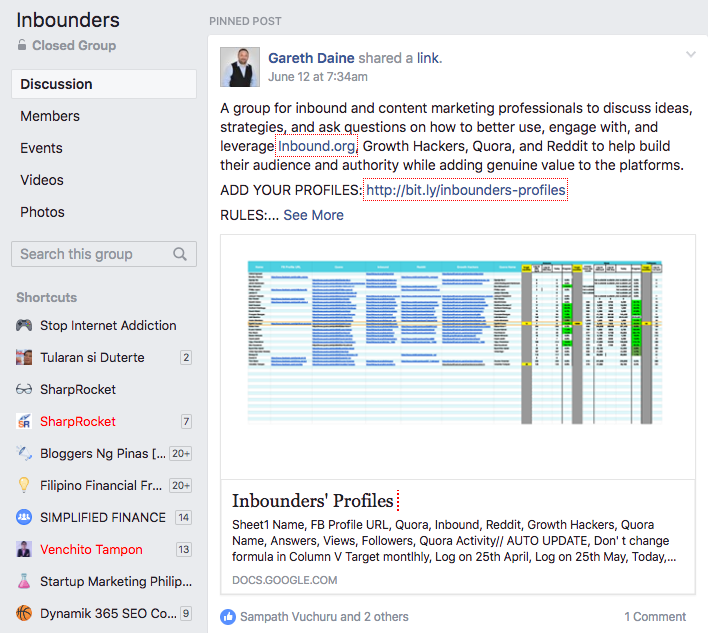
8. Use Affinity Categories For Local Sponsorships
Sponsorships are big in local SEO.
It's nothing new.
But what makes local sponsorships successful?
Answer: proper targeting of audience.
I'm not referring to types of entities: car clubs, event organizers, town clubs, charities, and forums.
But I'm referring to your:
Potential customers.
Most local sponsorships target any local audience but not those who purchase their offerings — products/ or services.
One way to know the right market segment for local sponsorships is:
By identifying affinity categories.
Affinity categories are users likely to be ready to purchase your products or services in the specified categories.
You can find these categories in Google Analytics:
Audience > Interests > Affinity Categories
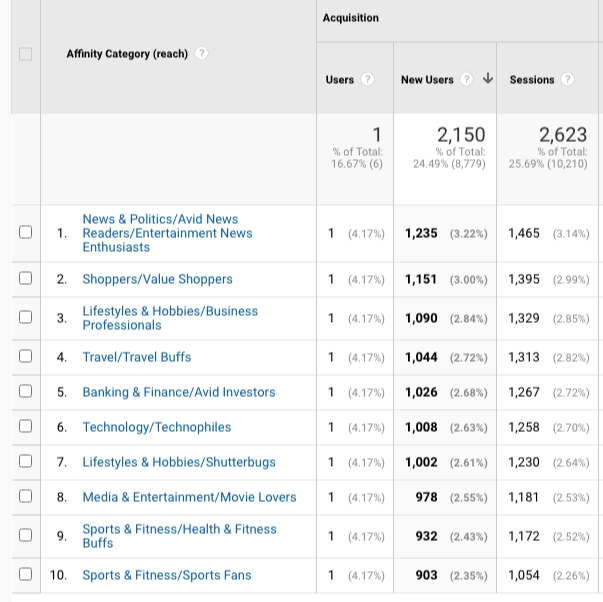
These are specified categories your potential customers are also interested in.
You're not just getting any sponsorship link from a local website.
But you benefit from directly putting your local sponsorship to potential customers.
Pro Tip: Zipsprout has reliable link building services that directly target local sponsorships.
9. Publish Review-Type Guest Posts For Local Vendors
Guest posts are everywhere.
But instead of doing it the traditional way for local link building.
Why not try this one?
Modified shoulder guest post.
You may not be familiar with this, but it's so simple.
Here's the process:
Identify local vendors.

You may partner with these brands as part of your operations and marketing.
In other words, you've used their products or services to grow your business.
Pitch to them, not guest posts.
But a case study or a review.
The first section of the article shares about your brand — a topic, and you include the link back to your website.
Then in the second part, you showcase how that local vendor has helped grow your business.
Simple.
10. Build Vendor Partner Links
Your vendor partners are the best sources of links.
Why?
Because they know you, they're likely to make your requests. And that includes — links.
So think about who is your vendor partners.
If you run a restaurant, you may source bread from a local bakery, or your ice cream could come from a homemade mom-and-pop shop.

Have a list of all products you sell as a brand. Then check your vendor partners for each food (for example).
Then see if they have local stores.
Do eCommerce link building by going through their "vendors list" pages.
Reach out to them and ask for links.
11. Get Low Hanging Fruits From Competitors
Competitor link analysis is nothing new.
You check who links to your competitors. Make a list of them and try to get backlinks from those pages.
In local link building, you start your search with your target keywords in Google Maps and organic search.
Then, it's time to discover some low-hanging fruits.
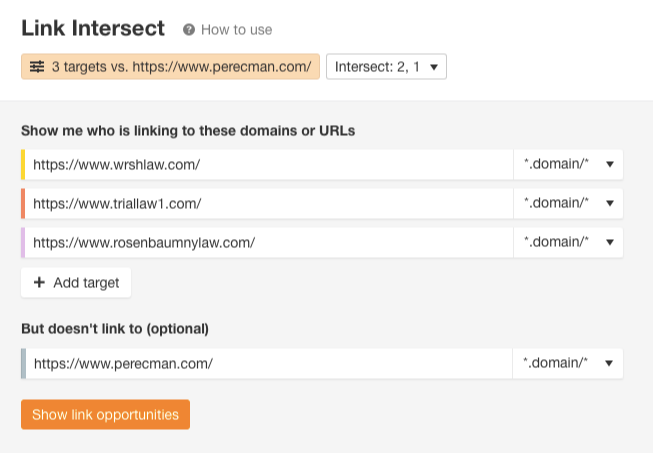
Put in your competitors' domains. And include your website as well — but it doesn't link to you.
You'll now see a list of websites that link to your competitor but not your site.
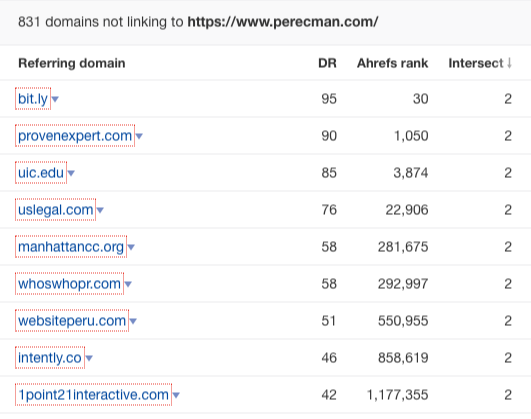
Another good thing here:
You'll find link opportunities that are linked to a 404 page.
What you could do here is to create a better piece of content.
And reach out to all websites that linked to the broken page.
One more creative thing to do:
Get information on what link building tactics your competitors are doing.
This opens up new ideas and backlink opportunities for your local business.
12. Offer Free Content To Local Business Groups
Guest posting is nothing new in SEO.
The typical approach to prospecting industry blogs is through Google search.
Use advanced search operators (i.g. inurl) plus topic. Then you'll see possible websites for content.
But what if you almost run out of guest post targets?
What is an alternative way to find new niche blogs?
A NEW guest post prospecting strategy:
Facebook groups.
Not just generic Facebook groups that explicitly buy/sell or accept guest posts.
But I'm referring to local Facebook groups.
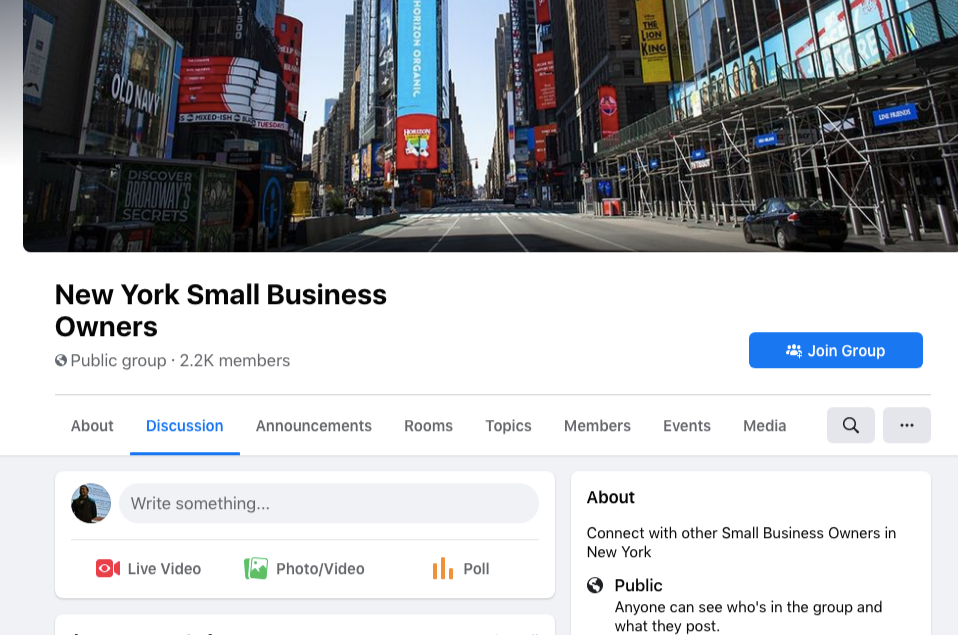
One way to get guest post prospects is to offer an exclusive service to any content writer or SEO person of a local business.
By posting on specific local business groups, you open an opportunity for anyone interested in free content in their niche.
You can start with specific niche local businesses to make your content offer appeal to members of the group.
Then once you get comments and personal messages from local business content creators, you can check the quality of the blogs.
See if it passes your blog standards. Then, write and publish an article to their blogs with editorial links.
13. Pitch Statistics Content To Local and Regional Publishers
Getting attention from local media isn't that difficult.
Create content with a story appealing to local publishers, and you pick up great backlinks.
How can you do that?
Think of statistics content.
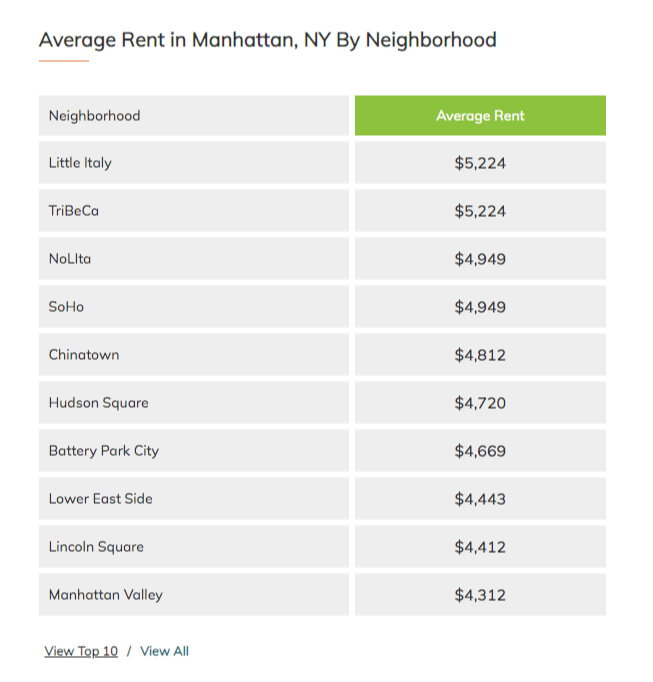
Local publishers often cite this type of content as they have information not usually found elsewhere.
Especially if points and stories are interesting or unique.
One angle you can look at is state-by-state local data.
For example, "During Covid, Rental Rates in X States were % more expensive than in Y States".
While you can pitch this content directly to national publishers, pack some data points for local media attention.
14. Get Strategy Inspiration From Other Markets
Running out of link prospects is normal.
It often happens for local link-building campaigns where only a few websites are discovered in a specific city.
How do you come up with new targets for links?
The answer:
Outside your market, take the time to look at any other markets.
Maybe, you've been thinking:
What sense would it make to see your websites from different marketers when they don't work directly with your website?
The answer is pretty simple:
You get inspiration for new link building ideas.
So if you're in a smaller metro area, try to find other similar businesses from a large metro — to see what's working for them.
If you're in a large metro area, analyze backlink profiles from other larger metro areas.
You can also explore other niches, not just local businesses from other metro areas.
Let's say you're building backlinks for attorneys. Maybe you can see what's working for other industries like pest control.
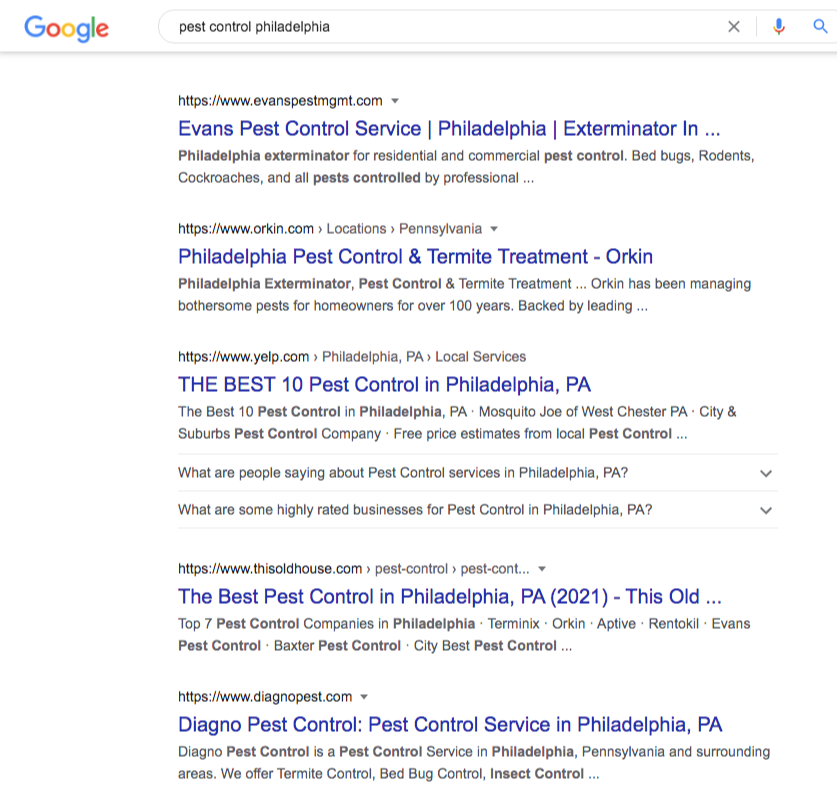
One tactic in a niche can be used differently in your local business niche.
If everyone in the legal market is doing scholarship link building, you won't see it being effective if it's adopted by many, including your competition.
When you discover a link building technique that's not being abused yet by many…
You stay ahead of the competition.
Different markets have different search landscapes, so every backlink profile from ranking websites opens up other link building techniques.
15. Build Backlinks From Alumni Directories
One common type of local backlink is alumni links.
They are easy to spot and acquire for your local business.
How?
You start by looking for local schools.
Then see if they have alumni directory pages with links.
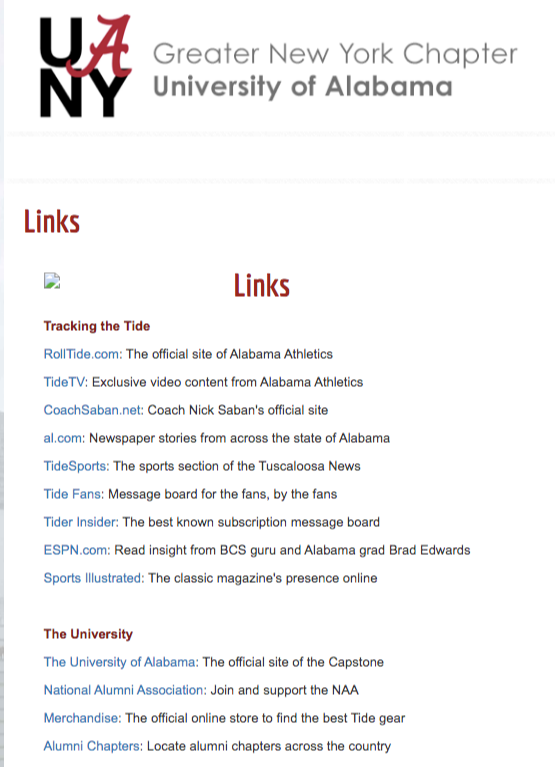
From there, you use either two of these creative ways:
Provide discounts to community members to get links from their sites' member benefits page.
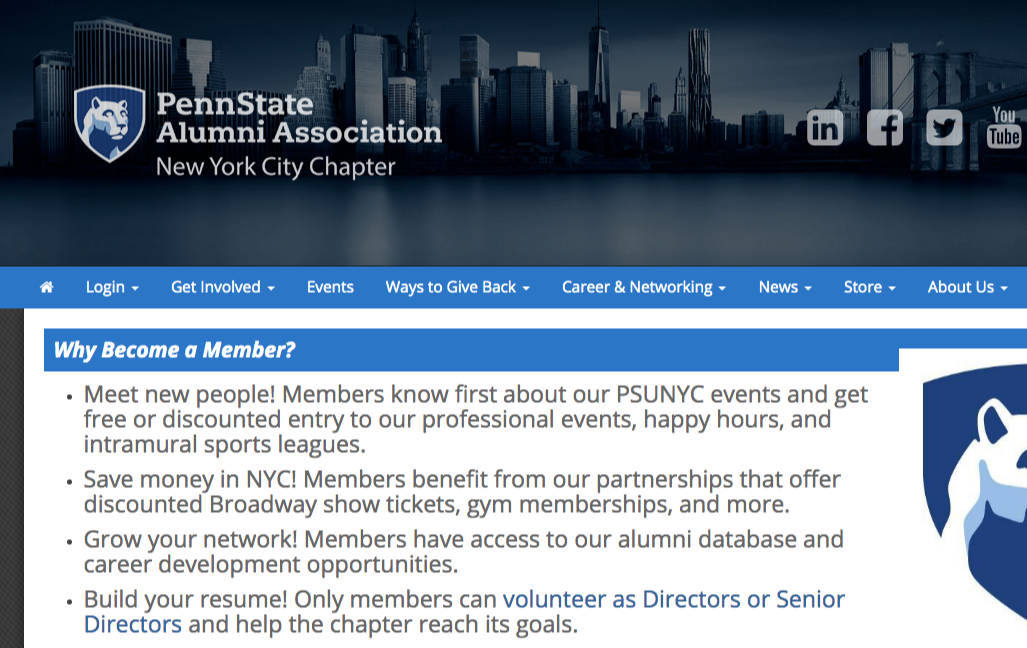
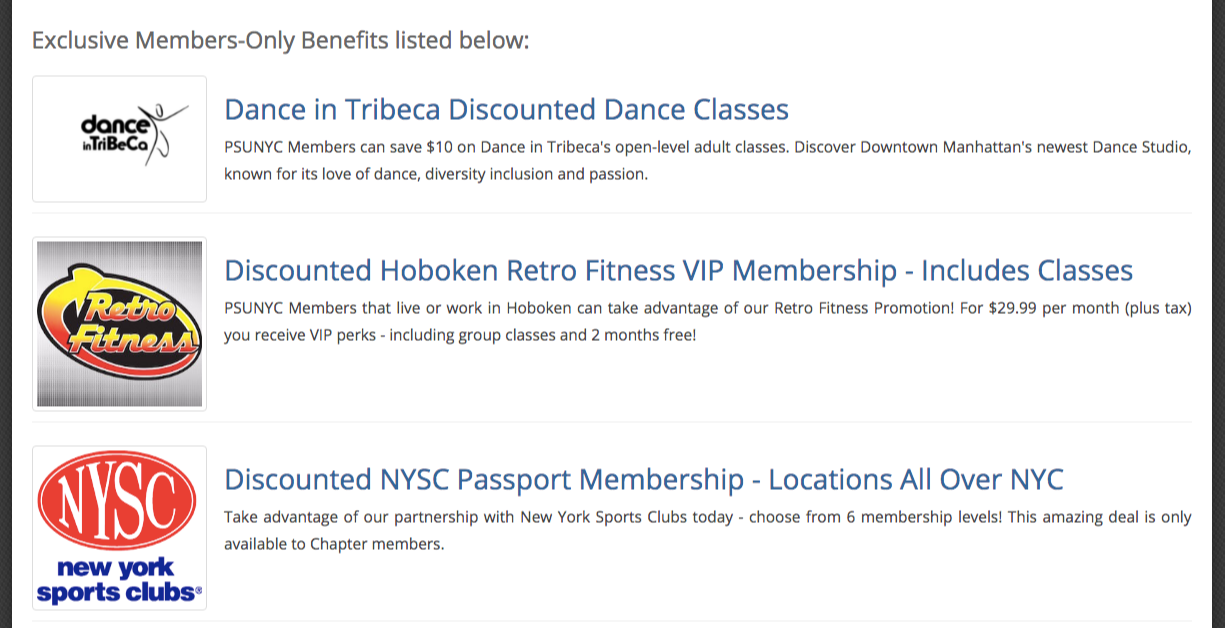
Or offer a free event space for org meetings.
If you're an eCommerce, the first one perfectly works.
If you have extra office space (or an events hall), the second idea gives you links.
16. Acquire Gov Links Using the "Bait and Switch Strategy"
Gov links aren't easy to acquire.
Especially for local businesses, you’ll have a competitive advantage if you can get those authority links.
Bait and switch strategy.
This is a budgeted local link building campaign to land gov links.
Here is a seven-step process to execute this creative link building strategy.
Step 1: Find 30 to 50 local councils.
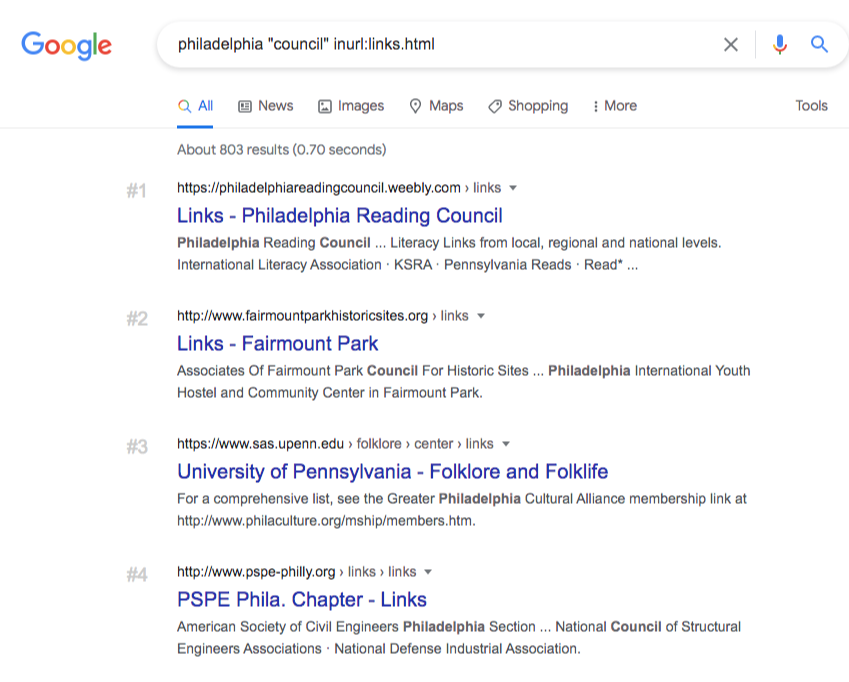
Step 2: Think about what to offer to council members. It could be a yoga class or giving away gym equipment.
Step 3: Purchase and create a .org domain. Then create a website based on your offer. For example, make a community yoga class website with a council finder if it’s a yoga class. It has no commercial intent but purely includes community information.
Step 4: Create a landing page related to the value offer (e.g., a yoga class landing page on your website).
Step 5: Reach out to all local councils and other websites to promote your new .org site.
Step 6: Create a landing page related to the value offer (e.g., a yoga class landing page on your website).
Step 7: Redirect the .org to your landing page with links to your money pages.
Win.
17. Find Local Businesses That Feature Non-Competing Brands
A strategic partnership is an excellent way to think about local link building.
There are great link opportunities when two or more non-competing brands collaborate.
For example, if you're doing SEO for a photography website, you can find ways to get featured on wedding and event organizer sites.
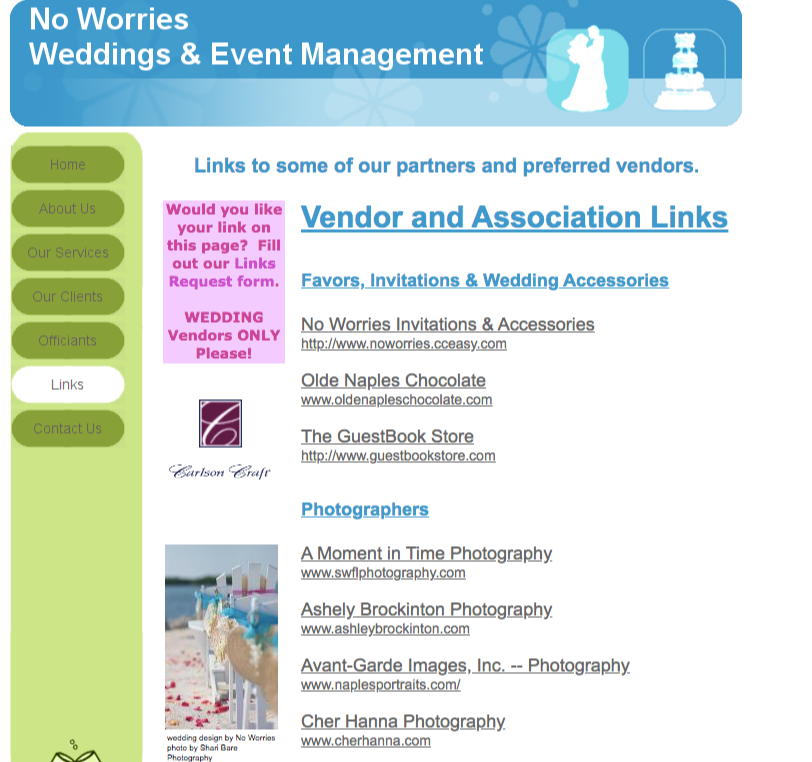
It may be from their blog section or their page listing local partner brands.
If you're a wedding organizer, one of the best links you might get is from wedding photography sites. They might feature weddings shot at their venue.
Think of your brand.
Identify your non-competing brands.
Reach out and ask to get featured on specific pages or articles.
18. Find Local Government Programs For Certifications
Certifications help build up the credibility of an individual or business.
But did you know it's also an excellent way to earn good local links?
Here is how to get started with this:
Find resources or programs your business needs to enroll in or get certified in.
If you've been certified in a few places, check those certification websites and see if they linked to people or businesses they are certified in.
Invest your resources in these certification programs for additional credibility or brand exposure, especially if your local business needs them.
19. Offer Unique Testimonials To Local Businesses
One of the best social proofs is testimonials.
If a customer gives you a testimonial in written or video format, it increases the perceived value of your products/services.
Potential customers will likely see the results from using your offer.
Think testimonials not only for conversions but also for local backlinks.
Local businesses won't ignore an honest testimonial from a customer.
Significantly if it adds proof of results for potential customers.
So, how can you use testimonials for link building?
Step 1: Find local vendors your local business/client uses, likes, and shares.
Step 2: Offer a long-form testimonial on their website. It includes how the local vendor helped your local business.
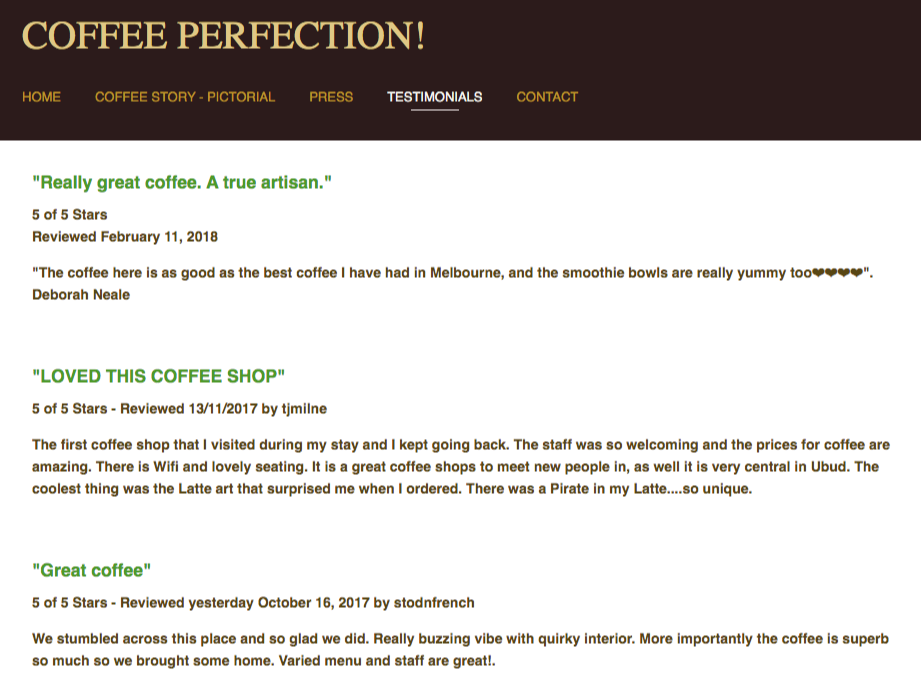
Pro tip: You can format the testimonial in a basic block of HTML, so your contact person can forward it straight to the web developer to implement the changes.
Testimonial link building is helping other local businesses grow through your words.
Then links become a by-product.
20. Publish Relevant Top X City Posts With Lead Generation In Mind
You see local content in most local business blogs.
It's for traffic — they say.
So, for example, publishing a "Top X city" article helps drive people from your target location.
Nothing bad here.
But what if you want, as a local business, not just traffic but also potential customers?
Here's the thing:
You can get both.
Traffic and leads.
So whenever you publish local content, think of lead generation.
Will this content I will create drive traffic and potential customers to my local business?
So instead of just creating content like:
- Top 10 things you should know about in [city]
- Best [cuisine] spots in [city]
- 5 things to do in [city]

You create content that ties into your products or services.
Let's use local vets as our example.
People interested in pet care services would usually read content like:
- 10 pet-friendly restaurants in [city]
- Pet laws in [city] you don't know, but you should
- Dog-friendly hikes in [city] rated by a veterinarian
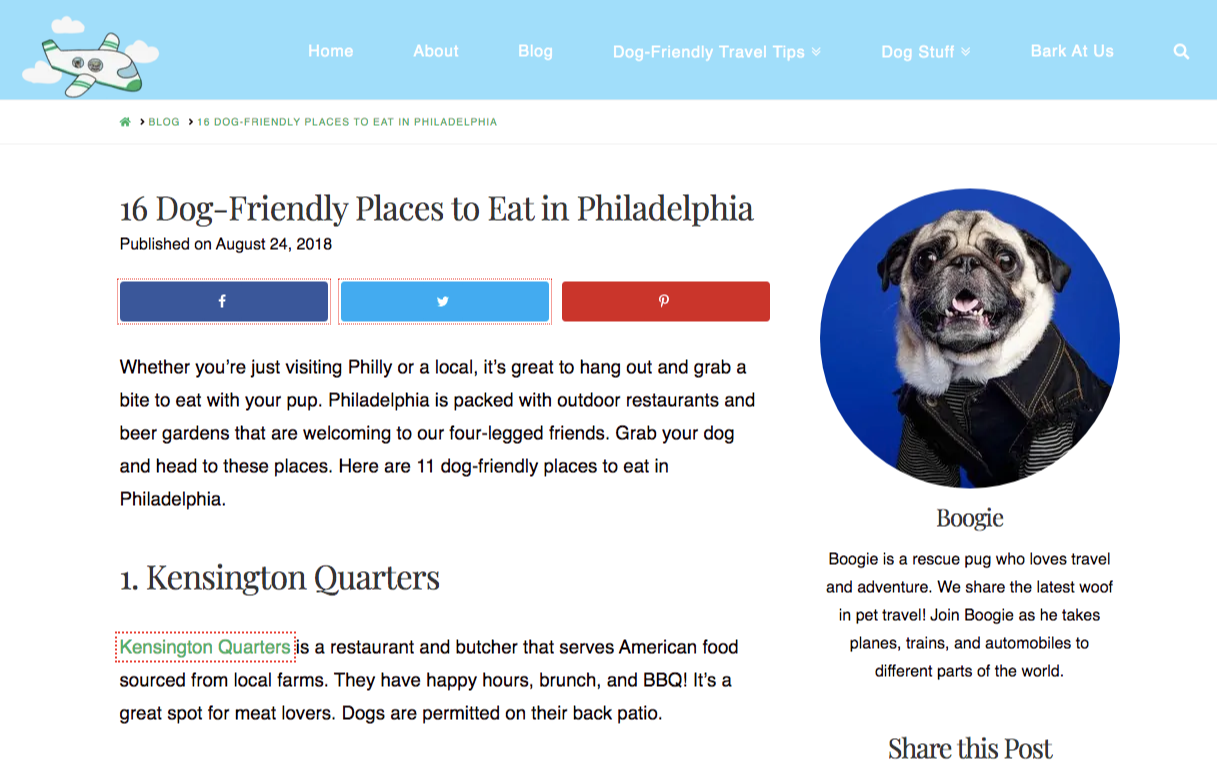
Did you get the idea?
So regardless of whether you publish it on your blog or distribute it elsewhere (i.e., guest posts), you're also thinking about how that local content can drive conversions to your local business.
21. Discover Local HOAs & Neighborhoods Using This One Search Operator
HOA - Homeowner's Association.
And neighborhoods.
You won't find much of this in every city.
But consider this as one of your link building techniques.
If your local business engages physically with local town members of associations, you can benefit from this.
How can you find link opportunities from HOAs and neighborhoods?
You need to use a search function that gives you the results of a specific page.
Take a look at this search query.
"homeowners association" "florida" inurl:links.html
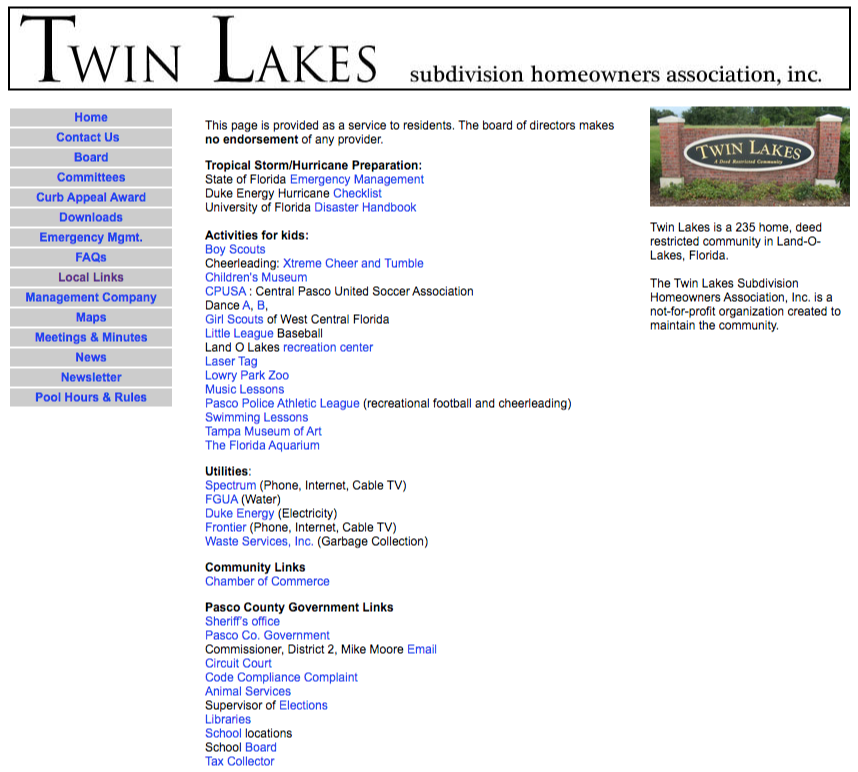
At the time of this writing, it will show links pages (in other terms, resource pages) for homeowners in New York.
You’ll have to look for links/resource pages and not just any type of page because you want to know if they have a history of linking to external resources or businesses.
So try it out for your target location.
See if there are any HOAs and neighborhood sites you can discover.
Then check if they have links/resources pages you can get listed in. Or better yet, start the search using "[city]" "homeowners" links.html
22. Build A Useful Tool For Local and Niche-Targeted Entities
One way to drive high authority links is by creating a helpful tool for your audience.
For example, Shopify created a business name generator that generated 1.9K+ in referring domains and $500K+ in traffic value.

The cost of creating tools depends on the complexity of the functions.
But what about local businesses?
Brainstorm an idea where a tool is needed.
It doesn't have to be specific to the niche you're in.
We are looking at the relevance of local links for this matter — as this is what we're aiming for.
Are there any tasks or projects other businesses in your location need that you can create and generate links from it?
23. Approach Journalists With a Local Angle Of Content
Could you get journalists to cover your local business story?
The answer is yes.
But what makes journalists tick when accepting stories from businesses?
It's the angle and hook of your stories.
If you've published a content piece (news, story, data, etc..) that has worked for the national press, start thinking about how you can tweak it for local media attention.
Perhaps, you can add rankings (top 5 cities or any location thereof) to your interactive world map to get that local business angle.
So if you're looking for excellent links from local publications, always think about how to pitch local journalists with a local angle of your story, data, or any content piece.
24. Acquire Donation Links From Decent Authoritative Local Organizations
Donation isn't a new thing in local link building.
Most local businesses with enough resources invest in donations to scale links quickly in the first months of a link building campaign.
How to start with donation link building?
Check your resources and determine your estimated budget for this link building project.
Typically, a decent donation link can cost around $500~. Some links from organizations can have lower pricing for the $200 range — but you'd have to check if it's worth the site’s quality.
Find local organizations using two metrics:
Relevance.
The sites should be locally relevant and potentially drive potential customers to your website.
So if you're a veterinarian in Philadelphia, try to find local pet clubs, health organizations, etc.

You can also go far from niche targeting and check from just a local standpoint.
From a recent vet example, donating to small software projects isn't bad (as long as it's still in Philadelphia).
The second metric is decent authority.
You can use Ahrefs' DR (Domain Rating) to measure the website’s authority.
Try to look for sites with DR40+.
If you don't have time for this type of link building strategy, you can hire agencies that do solely — local sponsorship marketing.
One good example is Zipsprout, founded by Garett French.
So, you can get sponsor links DIY or hire a sponsorship service like Zipsprout.
25. Use Local Linkbait Strategy To Get More Targeted Traffic
Linkbait is a type of content that gets natural links.
It benefits your local business as you create a 'flywheel' effect.
Where you publish a few comprehensive linkbait contents, and these handfuls of posts repeatedly hand you new backlinks over time, it becomes a natural link acquisition system for your brand.
In local link building:
There is one local linkbait strategy that you can use.
Here is how it works:
Step 1: Think of a topic that will bait local businesses to be featured on a list.
For example, if you pitch "Best 15 Coffee Shops in Philadelphia" to an owner of a local coffee shop, it's a no-brainer the person would help with the content promotion.
Step 2: List all potential local businesses you'll partner with for the blog post.
Step 3: Reach out to these people and let them know you are about to publish an article.
The pitch value here is that they'll be featured in an article that will attract new leads for their local business.
Plus, it would also have more visibility for their brand and possible website links.
Pro tip: If you've got a solid base of social media followers, include it as part of your value pitch, "We could share the blog article across XXX followers.”
Step 4: Publish your "Top/Best X in [City]" post.
Step 5: Send the link to the blog post to your partner local businesses.
Expect local backlinks from those business blogs and other websites.
26. Write New Segment For Link Insertions
Outreach is one of the crucial phases of a link building campaign.
You connect to your target linkers with your email pitch.
That's the reason why:
If you write an email that speaks to your linkers' needs, you can persuade them to link to you.
How will that happen?
You encourage the outcome that you want in your initial email.
For example:
In most link insertions and outreach campaigns, you contact bloggers or publishers to include a link to your content from one of their existing articles.
This is commonly known as "niche edits.”
The way to encourage the outcome here is to write the passage with the link in the same format, existing voice, and style as the article.
This offloads the work on the part of the blogger.
The good thing here:
You help these publishers to copy-paste the new segment out of your email simply.
What's the added value?
The easier for them to place your link somewhere on their articles, the more likely you'll get the link.
27. Create Your Own Link Building Playbook
Here's one thing about scaling backlinks:
You need processes to do that.
One tip here is to create your link building playbook.
This is where you'll input all the necessary details about your link building campaign.
The playbook includes:
Backlink profile data:
Questionnaire:
Order of priorities (for link building strategies):
Procedure documents:
Reports:
Link building playbook helps you scale your link building team.
Got a new hire?
You hand it over to the playbook. Let them learn what's inside.
The more you develop your playbook, the more you increase the efficiency and effectiveness of your campaign.
Here’s The Next Step…
Which of the 27 local link building tactics will you execute for your campaign?
Will you build backlinks from alumni directories? How about publishing relevant top X city posts to generate leads for local businesses in local link building?
Either way, let me know by leaving a comment below right now.
FAQs: Learn More About Link Building for Local SEO
1. What is link building for local SEO?
Link building for local SEO involves acquiring backlinks from websites, directories, and online platforms within a specific geographic area. These links connect your website to other trusted local sources, signaling relevance and authority to search engines. The goal is to improve your visibility in local search results and attract customers from your community or target location.
2. Why is link building important for local SEO?
Link building is crucial for local SEO because it strengthens your website’s credibility and relevance for local search terms. Search engines view backlinks from local sources as endorsements, making your website more likely to appear in searches conducted by nearby users. For example, a restaurant with backlinks from local food blogs and directories will rank higher for “best restaurants near me” searches.
3. How do local links differ from regular backlinks?
Local links come from geographically relevant sources to your business, such as local news outlets, business directories, or community websites. These links have a direct impact on your rankings in location-specific search results. Regular backlinks, while valuable, do not provide the same localized relevance and may not help improve your visibility in searches targeting your specific area.
4. What types of websites are good sources for local links?
Ideal sources for local links include:
- Local News Websites: Articles or mentions on local news platforms increase credibility and visibility.
- Business Directories: Listings on platforms like Yelp, TripAdvisor, or local directories help boost rankings.
- Community Blogs: Collaborations with bloggers focusing on your city or region can generate valuable backlinks.
- Chambers of Commerce: Membership listings and links from local business organizations establish authority.
- Nonprofits and Events: Sponsoring local charities, events, or fundraisers can lead to mentions and backlinks from their websites.
5. How do you build links for local SEO?
We use proven strategies to build high-quality local links, such as:
- Directory Submissions: Listing your business on reputable local and industry-specific directories.
- Sponsorships: Partnering with local events or organizations to earn mentions and backlinks.
- Content Marketing: Creating locally-focused content, such as guides, blogs, or videos, to attract backlinks from regional sources.
- Press Releases: Distributing press releases to local news outlets to gain coverage and links.
- Outreach: Building relationships with local bloggers, influencers, and businesses to secure partnerships or guest posts.
6. Are citations considered a part of link building?
Yes, citations are an essential aspect of link building for local SEO. Citations include your business name, address, and phone number (NAP) on other websites, such as directories or review platforms. When these citations include backlinks, they become even more valuable by driving traffic and increasing your local search authority.
7. How does link building help my Google Business Profile?
Link building enhances your Google Business Profile by boosting your website’s authority, which helps your business appear more prominently in Google’s local 3-pack (top three map results). Backlinks from trusted local sources strengthen your overall SEO and drive more traffic to both your website and Google Business listing.
8. How do backlinks improve rankings in Google Maps?
Backlinks improve Google Maps rankings by signaling to Google that your website is trustworthy and relevant for local searches. When combined with other factors, such as accurate NAP information and positive reviews, backlinks from local websites increase your chances of ranking higher in Google Maps for searches like “plumber near me” or “coffee shop in [city].”
9. How long does it take to see results from local link building?
Results from local link building typically appear within 3 to 6 months, depending on factors such as competition, the number of links built, and the strength of your current SEO. The process requires consistency and quality-focused efforts. While some improvements may be visible sooner, achieving sustained success takes time and continuous optimization.
10. What are some examples of content that attract local backlinks?
Creating localized content is a powerful way to earn backlinks from nearby sources. Examples include:
- Local Guides: Write about “Top Attractions in [City]” or “Best Restaurants in [Neighborhood].”
- Event Coverage: Create content about local festivals, fairs, or charity events.
- Customer Success Stories: Share case studies or testimonials from local customers.
- Resource Lists: Publish lists like “Top Resources for Homebuyers in [City].”
- Community Spotlights: Highlight partnerships with local businesses or nonprofits.
This type of content engages local audiences and naturally attracts backlinks from community websites and organizations.
11. Are all local backlinks beneficial for SEO?
Not all backlinks are beneficial. High-quality backlinks from trusted local sources improve your SEO and drive relevant traffic to your website. However, backlinks from spammy or low-authority sites can harm your rankings. We prioritize earning backlinks from reputable sources, ensuring that they positively impact your local SEO performance.
12. Can local link building work for service-based businesses?
Yes, local link building is especially effective for service-based businesses like plumbers, electricians, real estate agents, and healthcare providers. By earning backlinks from local directories, community blogs, and industry associations, service-based businesses can increase their visibility among nearby customers actively searching for their services.
13. Do reviews count as part of local link building?
While reviews are not backlinks, they are a critical part of local SEO. Reviews on platforms like Google, Yelp, and industry-specific sites improve local visibility and establish trust with potential customers. Positive reviews also increase the likelihood of earning backlinks when bloggers or websites mention your business.
14. Is link building for local SEO different from traditional link building?
Yes, link building for local SEO focuses on geographic relevance. The goal is to earn backlinks from sources that are local to your area or connected to your community. Traditional link building may target high-authority domains without regard for location, which may not help improve rankings for location-specific searches. Local link building ensures your business stands out in regional searches.
What is Link Building?
What is link building?
Link building is the process of aqcuiring backlinks from other websites to your site.
It is often termed “Off-Page SEO” since both refer to the same thing – links. However, as the search algorithms evolve, link building should also complement other off-page elements, such as citations and sentiments, to improve the rankings of a specific webpage on search results.
Other Related Definitions
What is a link?
A link is a street between pages. When a visitor clicks a link on one page, he goes to another page. A link helps the visitor to go page after page.
Importance Of Link Building
Discovery
Search engines are using links to discover your pages. Newly built websites can be hard to find by search engines since there aren’t links built to them.
If you can build more links to your website, it will be easier for search engines to discover your website. Users can also find your website easily if one of your pages is linked to a relevant webpage.
Trust
Sixty percent of web pages are spam. To filter out spammy websites from high-quality ones, search engines use Trust Rank, a metric to measure the site's trust, which can be seen in its link graph. The higher the site’s Trust Rank score, the better.
You must earn links from universities, government websites, and non-profit organizations to boost your website's Trust Rank score. Reaching out to those websites would require some content resources for them to give you a link but worth the effort.
Authority
Pages with more high-quality links are said to be more authoritative. The more linked pages you have, the more chances that your site will become an authority in your niche. But remember that relevancy is more important than quantity. Even if several pages are linking to you, if they are not related to your website, then those links cannot contribute to your website’s authority.
Rank
Pages with more authoritative links tend to rank higher on search engine results than pages with fewer high-quality links. The higher the site’s ranking, the more traffic and potential customers it can earn.
Quality
A study shows that when a searcher clicks your page that is visible on a search result, he thinks the page is relevant to what he is searching for. Search engines see this activity and bring pages with higher click-through rates to the top of the search engine results pages (SERPs). Thus, if your page has a high *click-through rate (CTR), the likelihood of ranking your page on the top spots of SERPs is higher.
*Click-through rate is the percentage of people visiting a web page who access a hypertext link to a particular search result.
Conversion
Businesses care most about sales and other conversion goals (i.e., increase in email subscribers, social followers, etc..). When the website’s pages rank high on the search results for certain keywords, achieving conversions may be possible.
Thus, link building should be one of your top considerations if you want to grow your business.
Link Factors
Different factors contribute to the value that is attributed to a certain link. Let's discuss each of these important factors.
Anchor text
Anchor text is the visible, clickable text in a hyperlink.
Below is an example.
<a href="http://www.domain.com">Anchor text</a>
Best Practices:
- Use anchor text for users, not for search engines.
- Use the same anchor text only once in your post.
Surrounding Texts
These are the texts that are near a certain link. Let’s take one example.
“Learn about the key characteristics of animals, including multicellularity, eukaryotic cells, sexual reproduction, movement, and more”
In the above sentence, the anchor text is multicellularity, and surrounding texts are characteristics of animals, eukaryotic cells, sexual reproduction, movement, etc. This means all the phrases/words near multicellularity are considered as surrounding texts.
Google is now looking at the context of the page, the links, and all the surrounding texts near those links. This gives the search engines an idea of the theme/topic of the webpage.
If you’re using several terms that are related to your industry (e.g., animals, mammals, plants), then search engines will understand that your website is a biology blog.
Best Practices:
- Include industry terms that are useful to your post/page.
- Use surrounding texts that will best describe your link and will encourage users to click on it.
Location Of A Link
The location influences the value of a link. In this post written by Rand Fishkin about link valuation, he concluded, based on his tests, that links higher up in HTML Code cast more powerful votes. This means that a link from a higher location of the webpage is more valuable than a link from a lower portion.
The *primary reason why that experiment resulted in that conclusion is how search engines crawl web pages. Search engines crawl documents line-by-line, top-to-bottom. This is why they prefer links from higher page locations to those links from lower spots.
*That reason is based on my experience/knowledge about search.
Risks associated with the location of a link
Before discussing the risks associated with different link locations, let’s first define the two most popular kinds of links– contextual links and sitewide links.
Contextual links are usually found within the body of content and are in context with the idea surrounding the link. An example is a reference link within a post from another website.
Sitewide links - are links that are present on every page of a site. These links are often placed in the footer or sidebar of a site but they can be present anywhere. Examples are blogroll and footer links.
These two types of links have risks associated with them. Whether contextual or sitewide, you should be careful with every link you build for your website.
Both types of links should come from a website that is relevant to yours. Otherwise, those links wouldn’t add significant value to your website because of their lack of relevancy.
If you own a health insurance blog, then it is unnatural for you to get a link from a casino website. But let’s say you get sitewide links from several casino blogs. Remember again that sitewide links are present on every website page, which means that if you have 10 sitewide links, you can get 1000 actual links (i.e., if each website has 100 web pages). These irrelevant sitewide links could harm your website as you can get penalized by Google because of unnatural links (I will discuss this topic in detail in my next blog post).
Best Practices:
- Aim only for relevant backlinks. Remember that relevancy is a big factor in link building.
- Focus on getting contextual links more than sitewide links.
- Build a contextual link placed within the higher spot of the page.
Domain Authority
Domain Authority is Moz's calculated metric for how well a given domain will likely rank in Google's search results. The higher the linking website's DA (domain authority), the better.
When all other things are equal, getting a link from Wikipedia passes more authority than a link from DigitalPhilippines.net.
To identify a website's domain authority, you can use the Mozbar tool.
Best Practices:
- Use domain authority as one of your primary link metrics when looking for link opportunities.
- Focus on getting links from websites with high domain authority (e.g., educational and government websites).
Page authority
Page Authority is Moz's calculated metric for how well a given webpage will likely rank in Google.com's search results. The higher the linking page's PA (page authority), the better.
When all other things are equal, getting a link from PA 40+ resource page passes more authority than a link from a resource page that has PA 20+.
To identify the page authority of a website, you can use again the Mozbar tool.
Best Practices:
- Use page authority as a quality indicator for link opportunities from certain web pages.
- Get links from resource pages with higher page authority that are relevant to your content or to your website.
Methods Of Linking
There are two ways to link web pages: internal and external.
Internal linking is linking a webpage to other web pages on the same website. This helps search robots to easily crawl your website and is good for user navigation. Internal links are considered self votes because you can control them and associate any links with your desired keywords.
External linking is linking a webpage of one website to another webpage of another website. These are made to get attention to your website and increase the position of your webpage in the search results. External links can be either controlled or not depending on the link acquisition method that you choose. For example, if you do guest blogging, you can control the placement of your link and the term/phrase you will use as your anchor text.
You can use the do-follow or no-follow attributes when doing internal and external linking.
A do-follow link is a link that passes link juice to its destination page while no-follow doesn’t pass any value which is sometimes called a non-counting vote.
The default attribute of a link is do-follow.
The HTML of a do-follow link looks like this:
<a href=”http://www.domain.com/”>anchor text</a>
while a no-follow link has this HTML code:
<a href=”http://www.domain.com/” rel=”nofollow”>anchor text</a>
If you’re using a WordPress blog, then click the insert link button in your post management section (WordPress – Post) to interlink to your web pages. When you click the button, it will look something like this:
Insert the URL of your destination page in the URL box and put your desired anchor text in the Title box. Check the Open link in a new window/tab if you want the user to go to the destination page when he clicks on your link. Remember that the default scenario when the user clicks on your link is that he goes to the destination page, leaving the page he is currently visiting.
You can install this plugin if you want to use the no-follow attribute when you interlink your webpages. The plugin adds another feature to your link button. It looks like this:
Just click add rel-“nofollow” to link if you want to attribute the link with no-follow.
Moving on, let’s discuss a few basic link building concepts
Basic Link Building Concepts
Link Diversity
From the term itself, diversity, your links should be diversified into varied sources related to your content or pages. If your website only acquired one type of link (i.e., directory links), Google will notice that your link profile is manipulative or unnatural.
To keep your link portfolio from being manipulative, here are a few ways to help you diversify your link profile.
Different Types Of Links
Your link portfolio should consist of a variety of link types such that you will have links from at least one from each of the following sources:
- Resource pages
- Guest posts
- Press releases
- Forum boards
- Blog comments
- Q&A
Remember to become natural with acquiring these links since Google is looking at link diversity and the approach you use to get those links.
Associate your links with generic and branded keywords
There are two kinds of keywords: generic/non-branded and branded.
You want to rank for generic or non-branded keywords in the search engines. These are the terms that you want your brand to associate with. For instance, if you have a sports insurance blog, you want to associate your website with keywords like sports insurance resources and sports injuries.
Branded keywords are keywords associated with your brand. Normally these branded keywords occur late in the buying cycle, and are some of the highest value and highest converting keywords. So if you own the Wikipedia website, then your branded keywords may be Wikipedia.com, Wikipedia, Wikipedia articles.
If you want to have a diversified link profile, then those two kinds of keywords should appear in the anchor text section of your link portfolio.
Build links to your homepage and deep pages
Google can notice if you are only building links to your homepage. And if you do so, it signals a red flag to Google since a natural link profile should have links pointing to the website’s homepage and deep pages (blog posts, service pages, resources, etc..). If you're really providing useful content to your users, then you can earn links not only to your homepage but also to your deep pages.
Link velocity
Link velocity is the rate at which a specific website is gaining inbound links on a day-to-day basis. It is usually presented in a graph format by various link building tools like Ahrefs. And the link graph looks like this:
A normal link graph has several link spikes and drops. This means no indication of massive links acquired within a day. If this happens several times, then your link portfolio may look unnatural or manipulative in Google’s eyes.
Here is a link graph of an unnatural link profile:
The only way to have a natural link graph is to be natural with your approach in link building. Never use automated tools that will help you build massive links simultaneously.
Co-citation
Co-citation does not involve any outgoing links from one blog to another. Unlike the links with anchor texts, co-citation doesn’t need embedded words/phrases. To explain this further, here is a simple illustration by Haris Bacic.
This process points out the similarities found between two web pages based on a third-party webpage that mentions those first two webpages. Through co-citations, Google identifies the relationships between those two websites (Site A) and (Site B).
Co-occurrence
Co-occurrence refers to the proximity of two important keywords. Google understands the relationship and develops the association between those terms to determine the theme of your webpage.
Though co-occurrence doesn’t have a massive impact on your website’s performance on search results, it creates significant value for your website or business since you will be associated with terms that best describe your brand.
Link-Based Penalties
Link-based or unnatural link penalties happen when your website acquires links that seem manipulative in the eyes of Google. These penalties can decrease your pages’ search performance, meaning your pages will not be visible on search results. Thus, you will not receive any traffic from the search.
Google sends an unnatural link notification to your Google Webmasters Tool account if your website gets penalized by Google.
Once you receive the link notification, it is time for you to take the necessary actions to recover from the link penalty. This involves removing unnatural links through outreach and using GWT's Disavow tool.
To warn us of links that are against Google’s guidelines, they created a link schemes page on Google Webmasters website (link here). Here are a few examples of types of links that you shouldn’t be building for your website:
- Buying or selling links that pass PageRank.
- Excessive link exchanges
- Large-scale article marketing or guest posting campaigns with keyword-rich anchor text links
- Using automated programs or services to create links to your site
Check out the link I gave earlier to see the complete list of link schemes.

